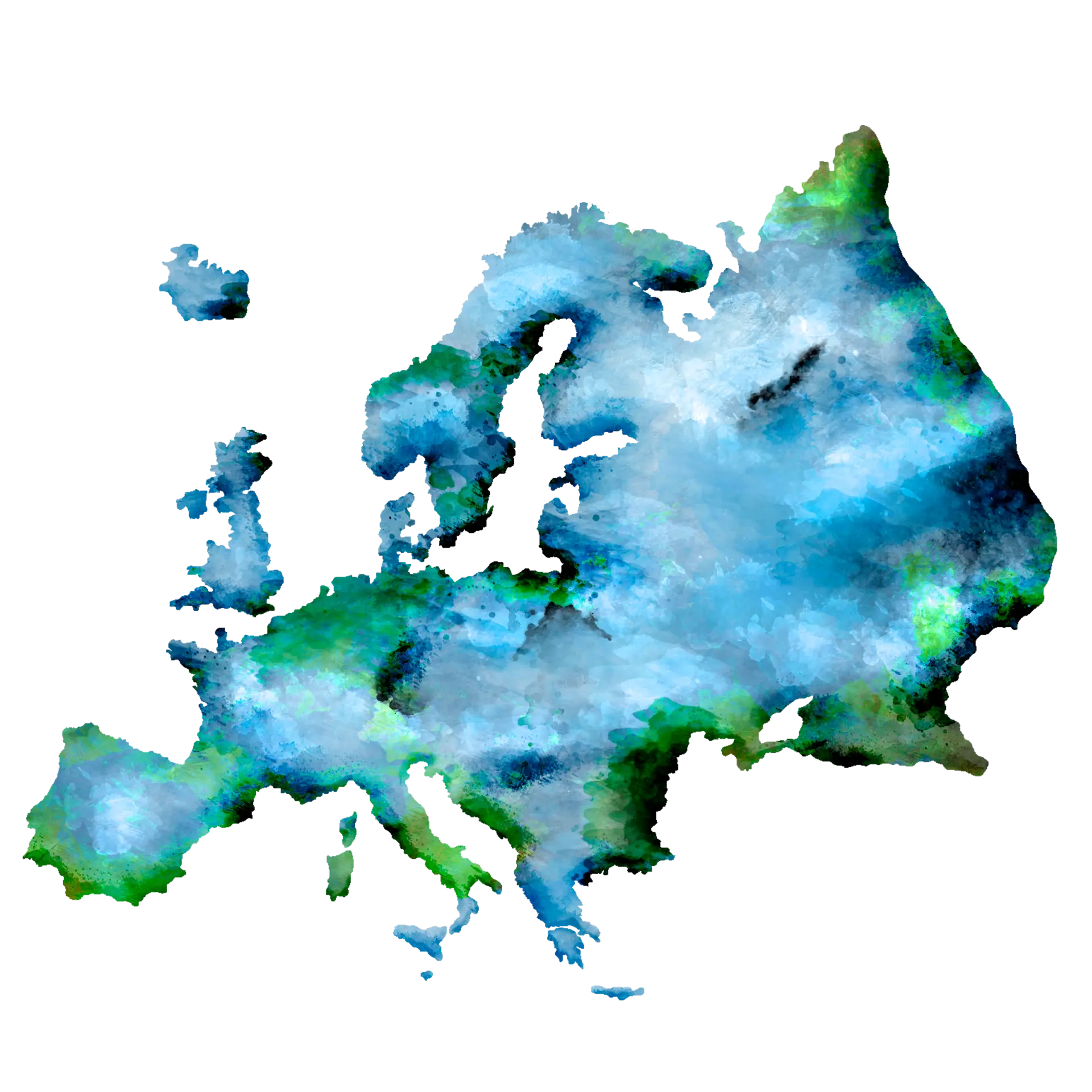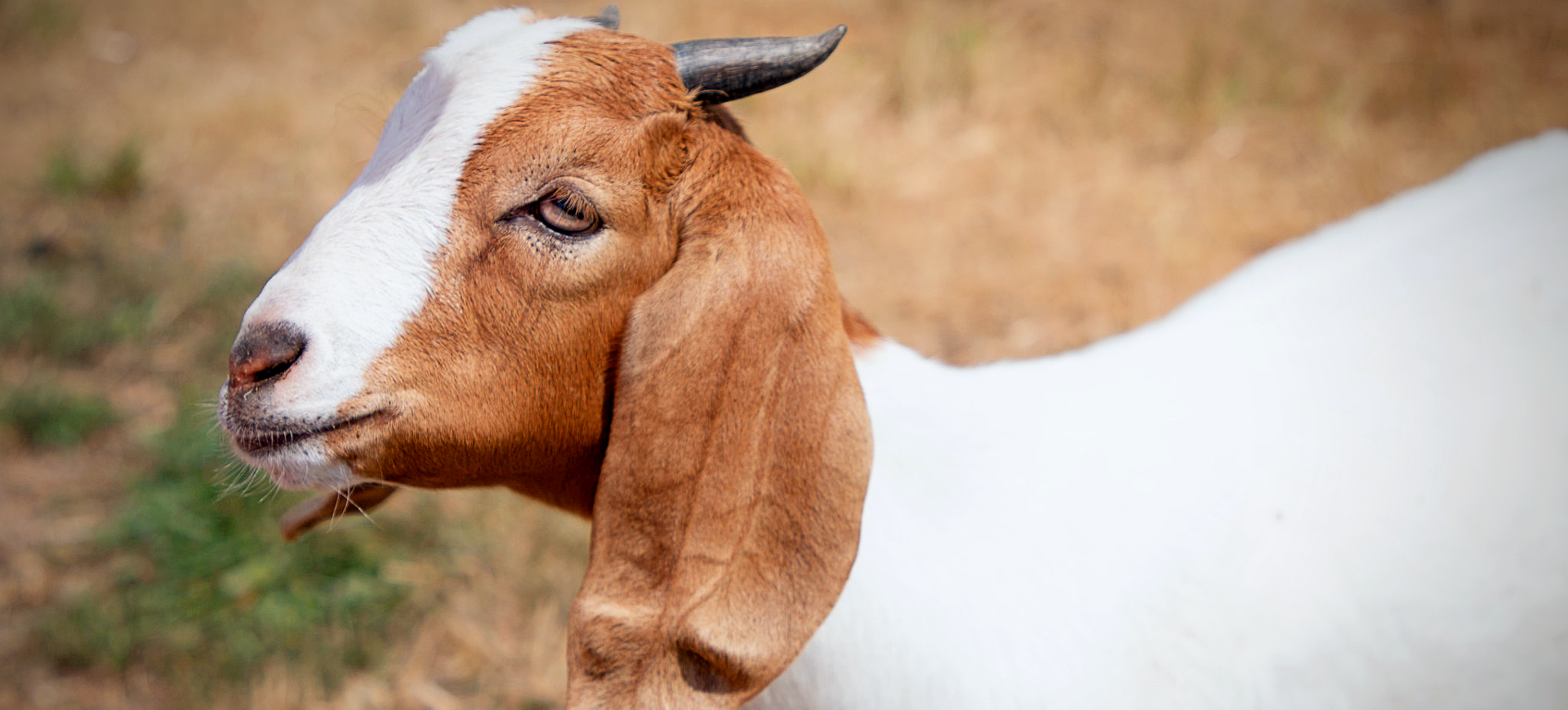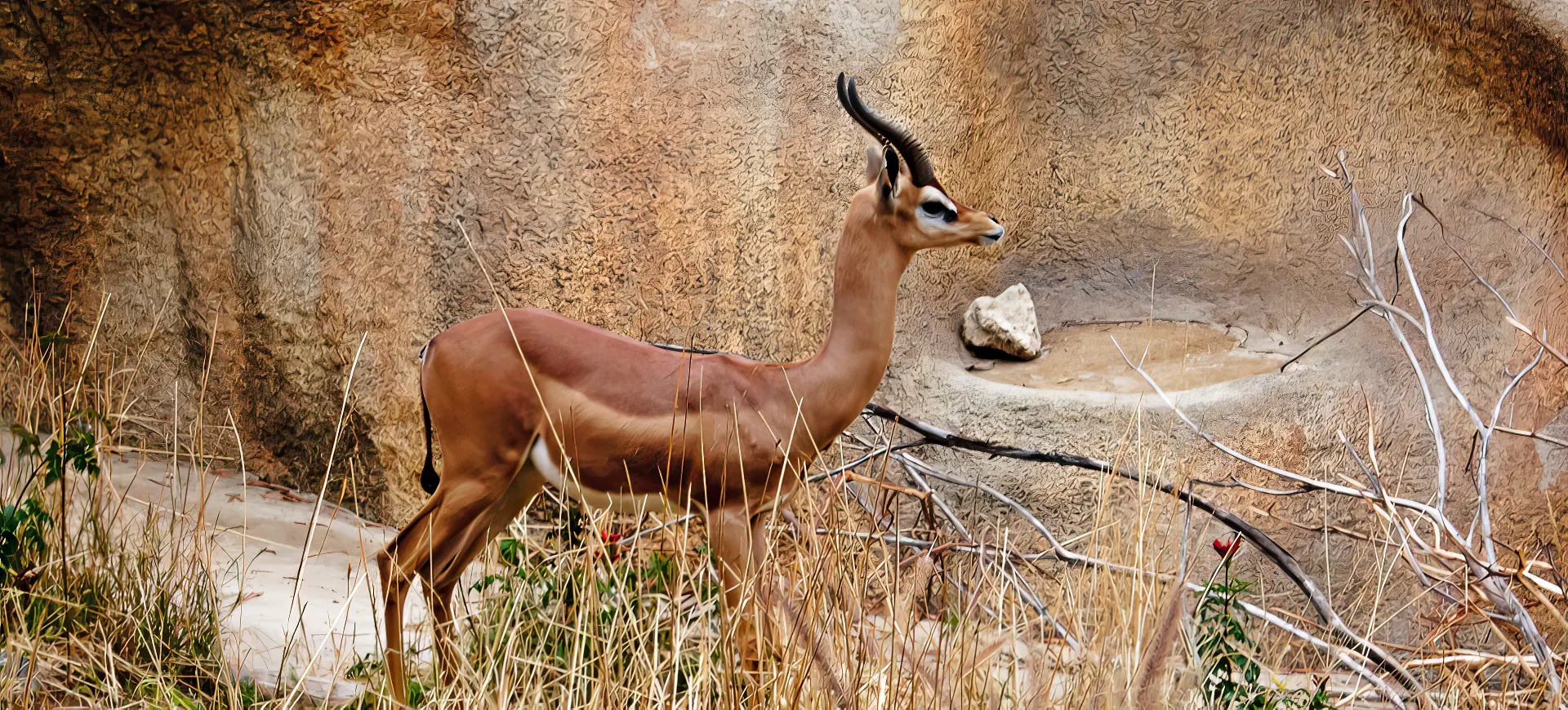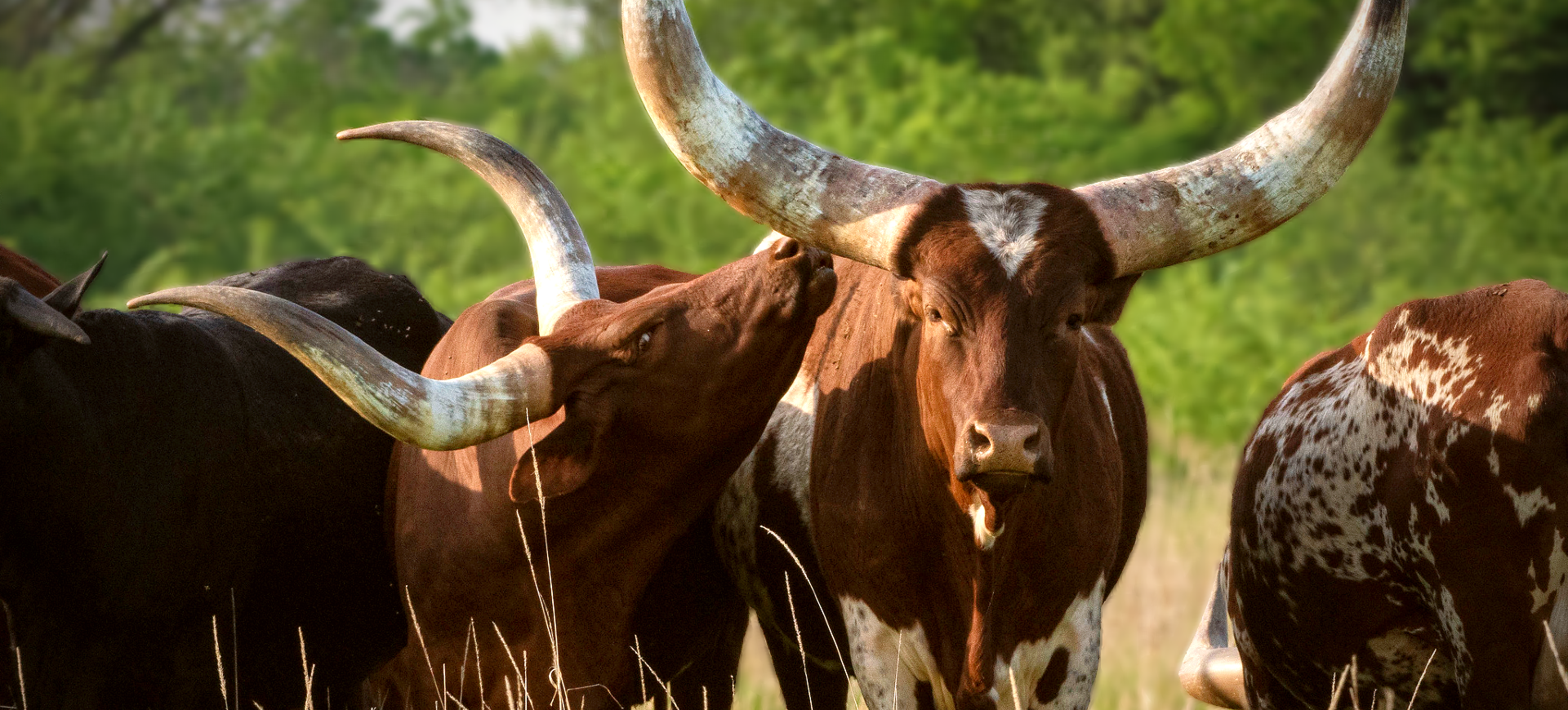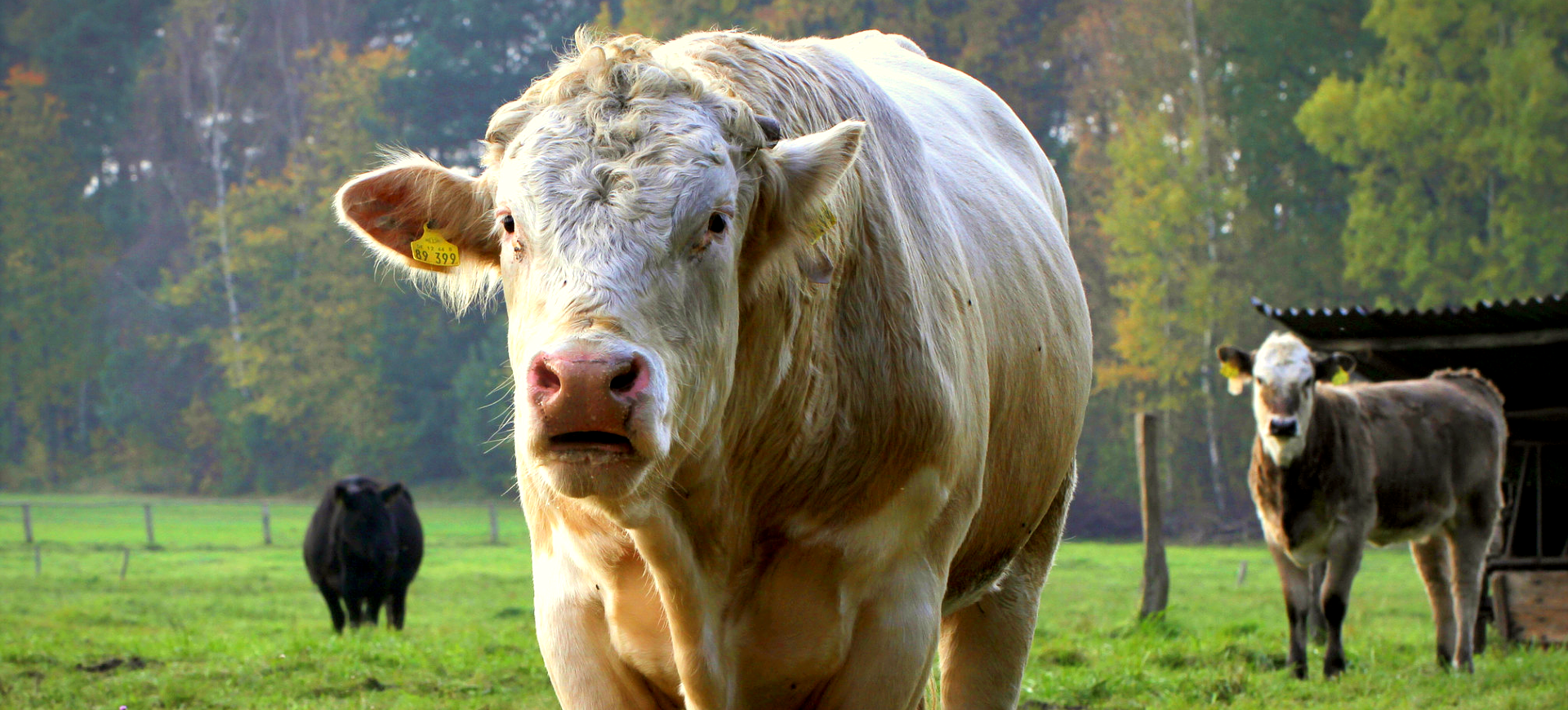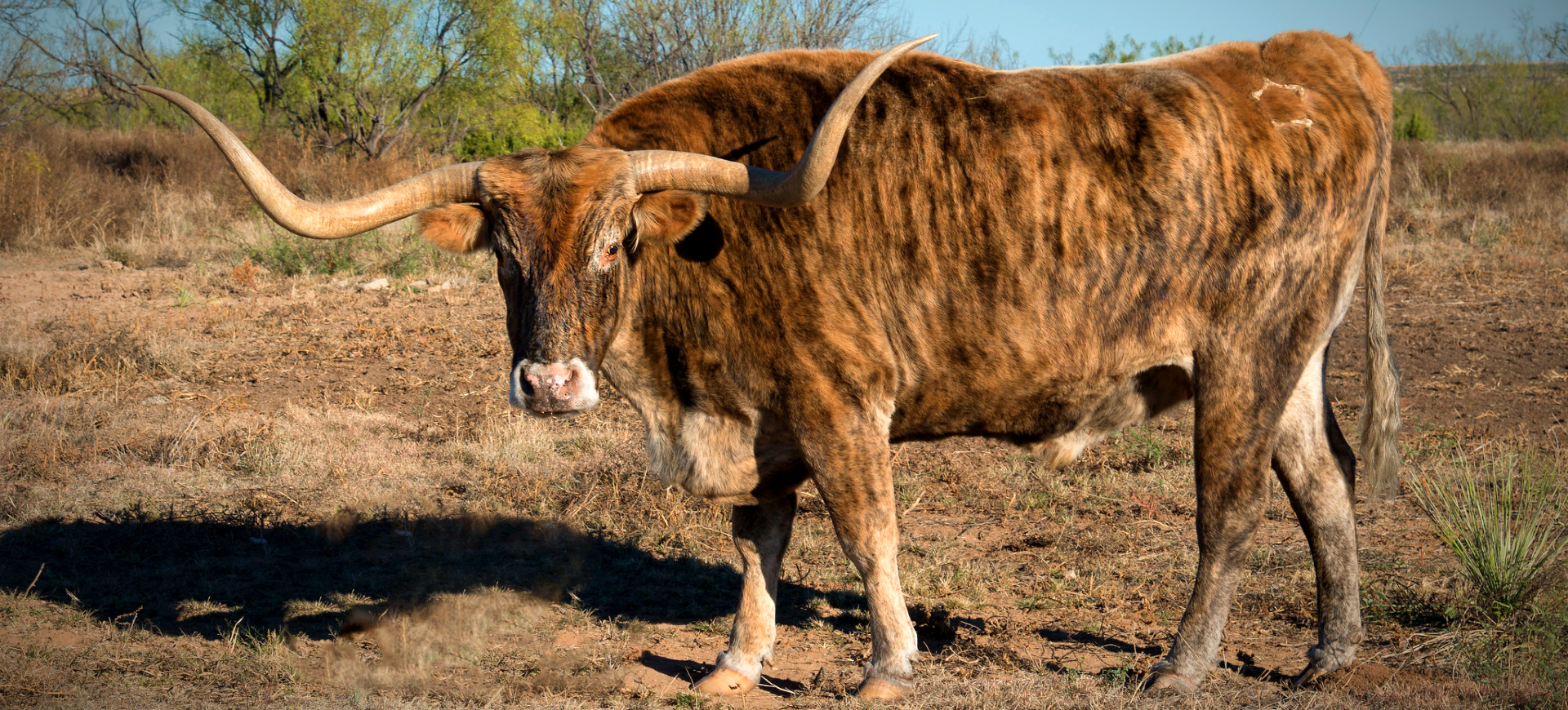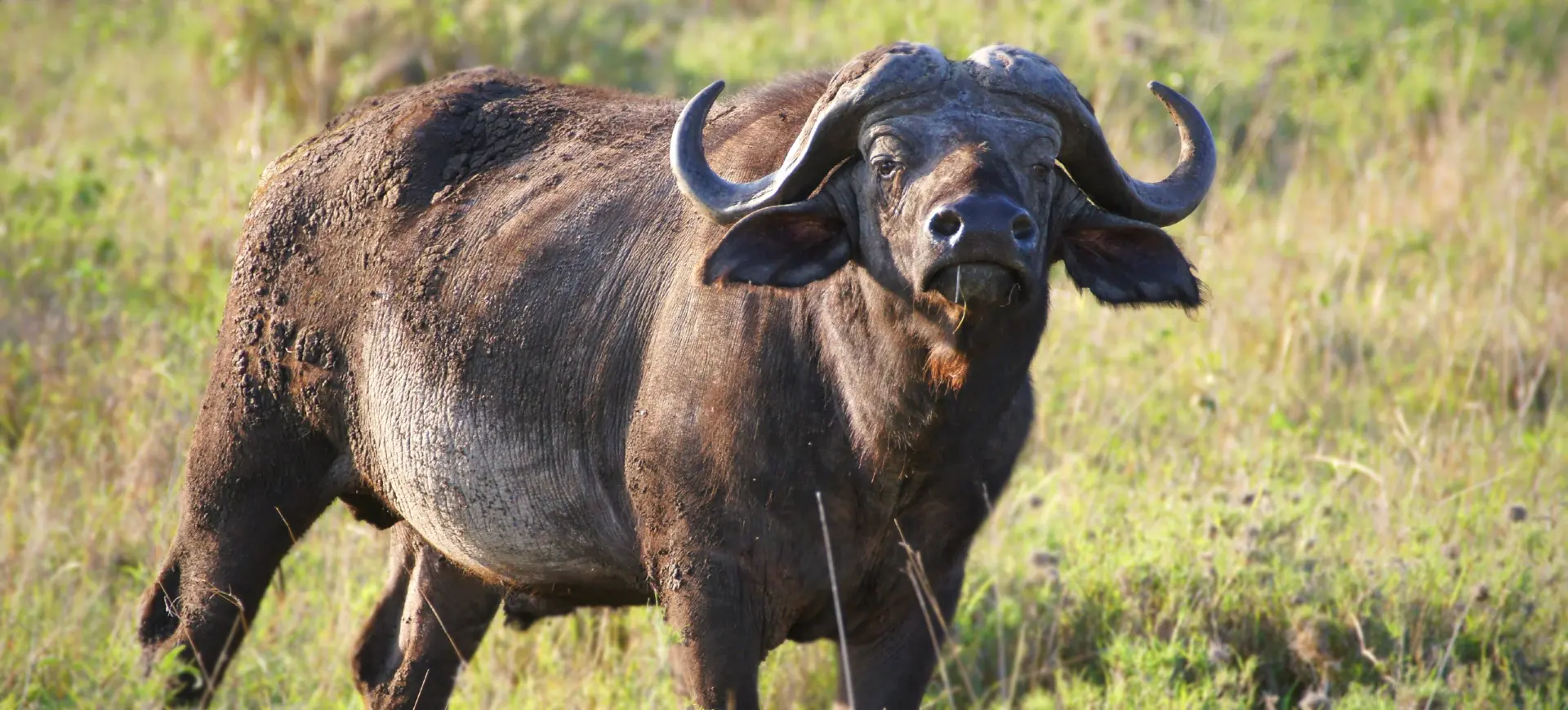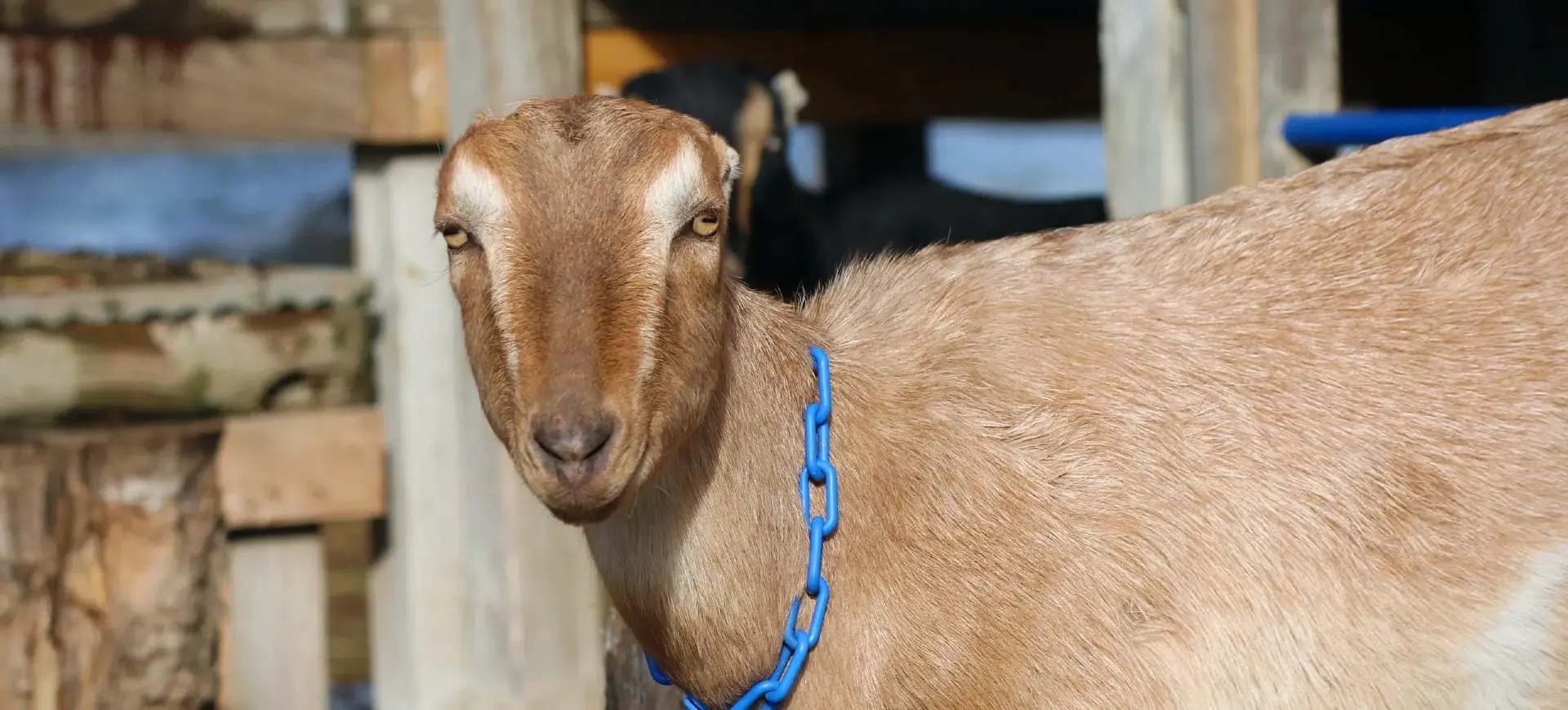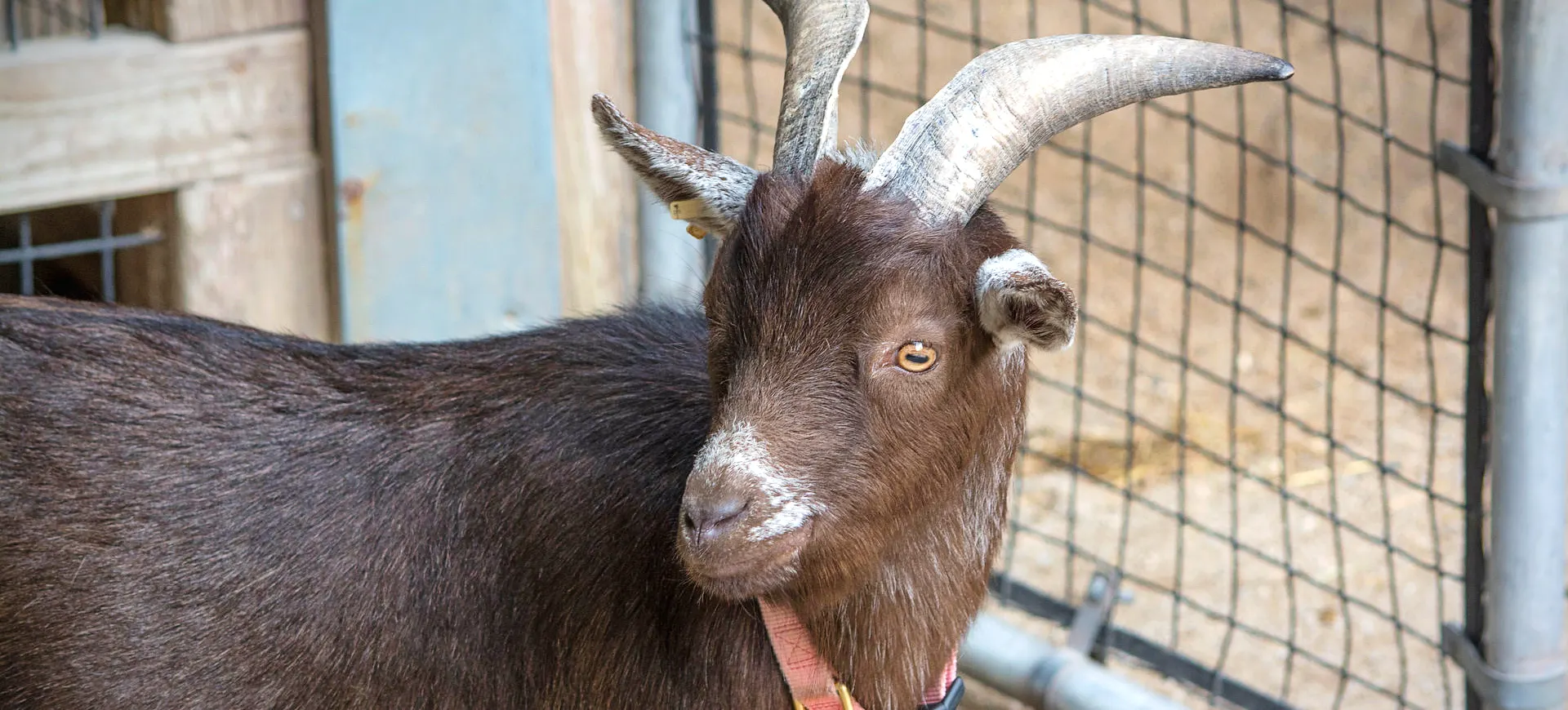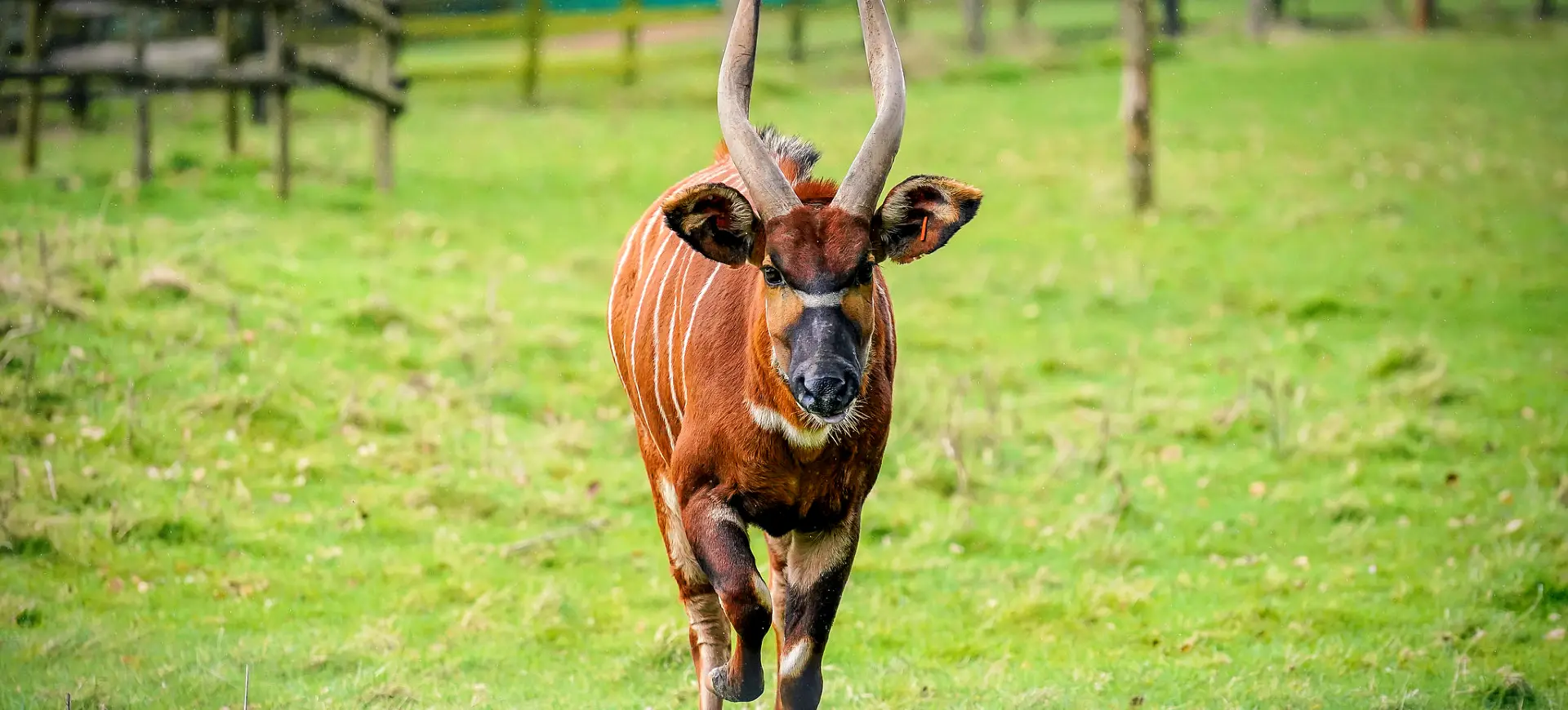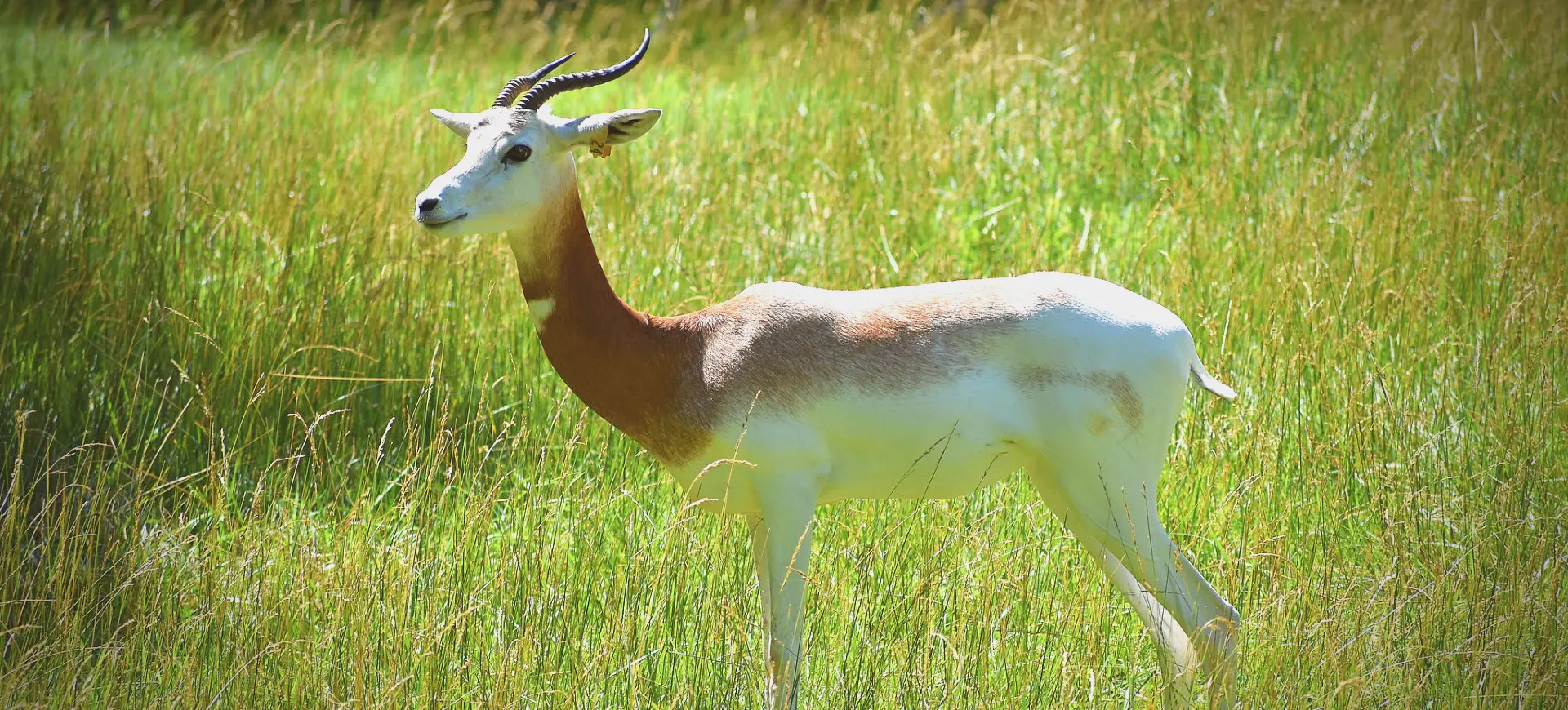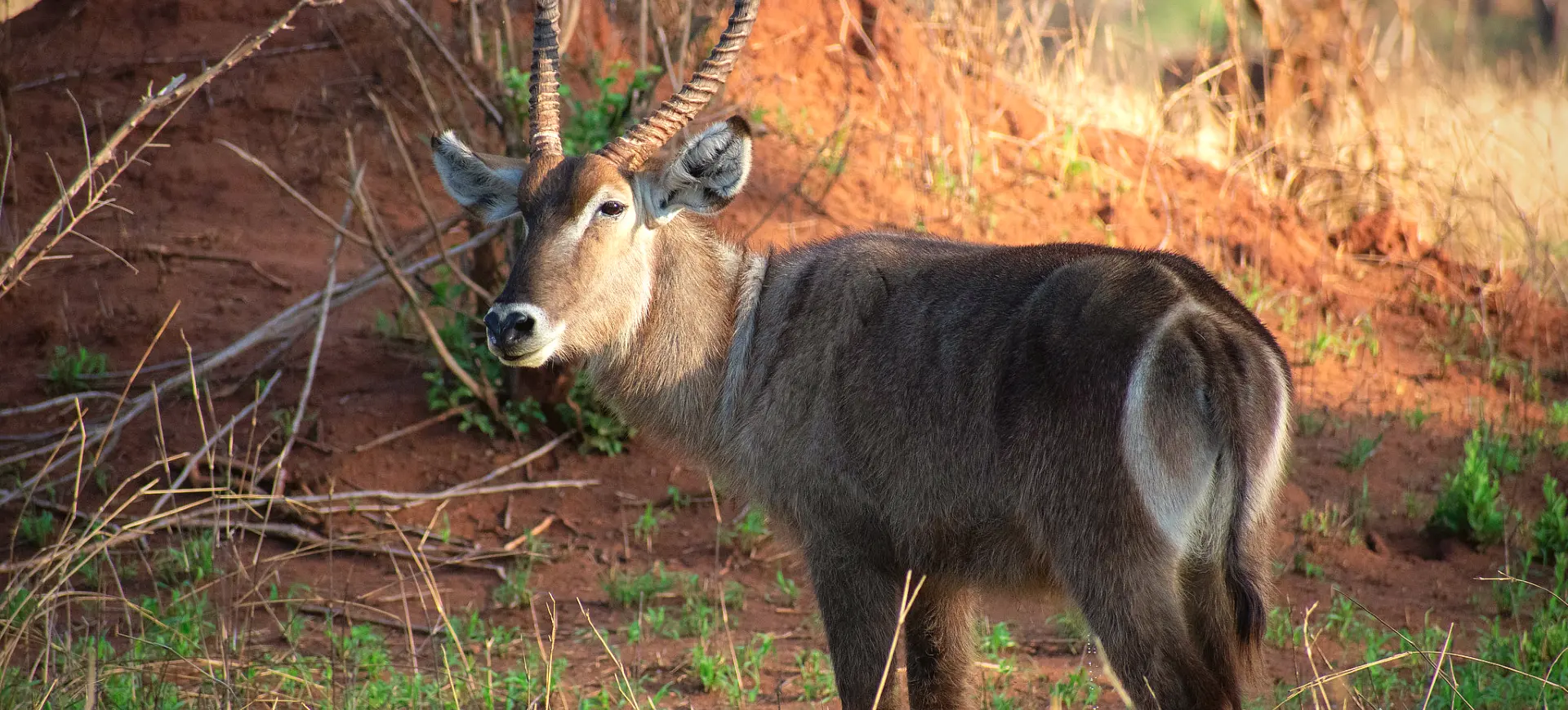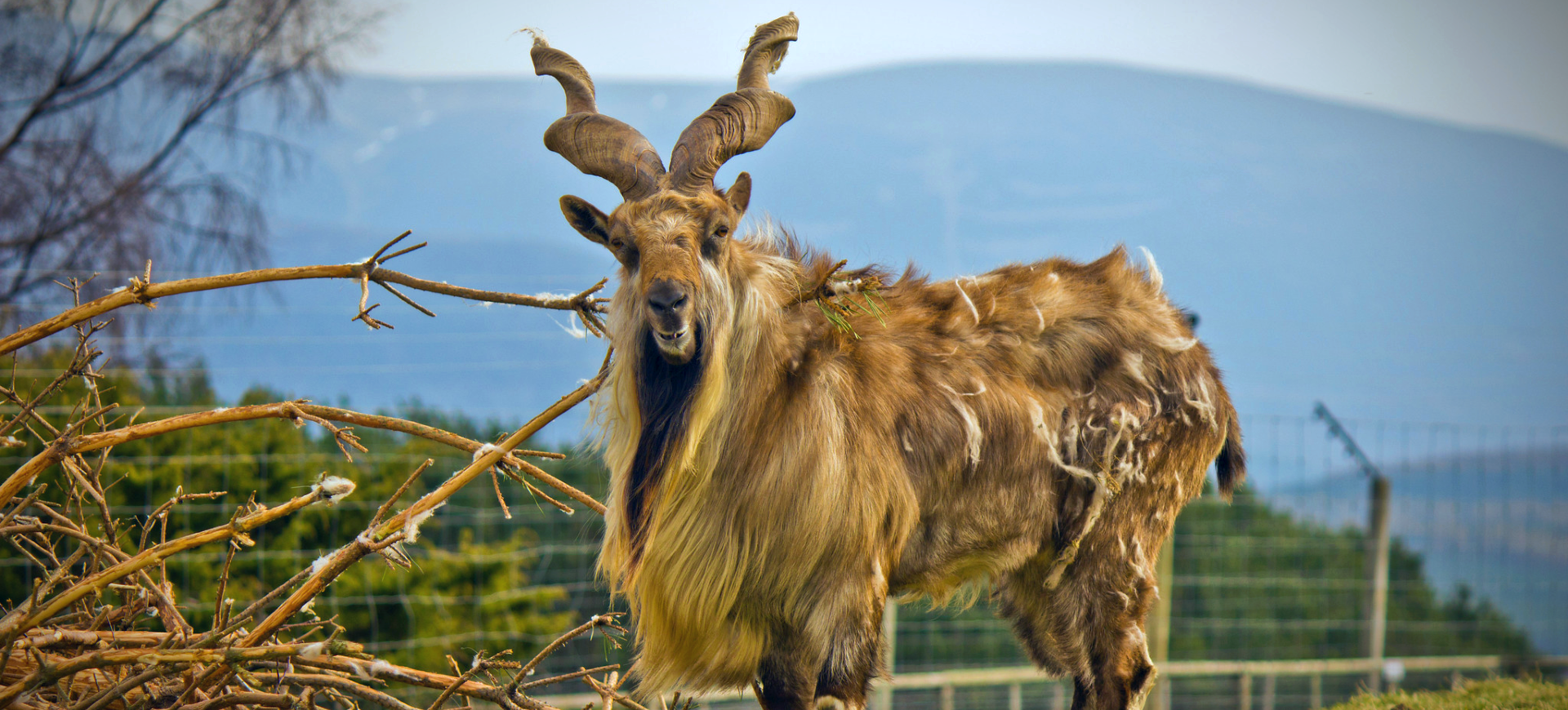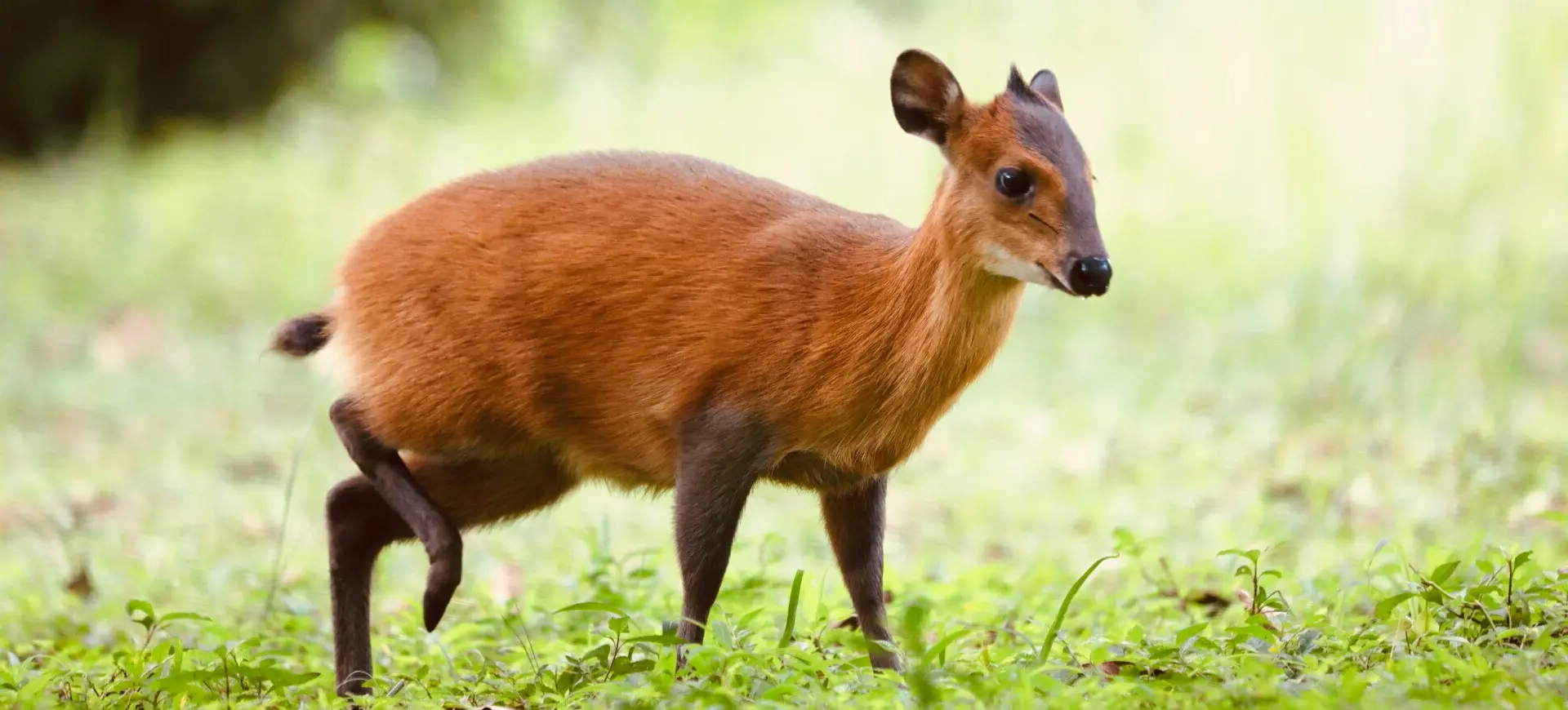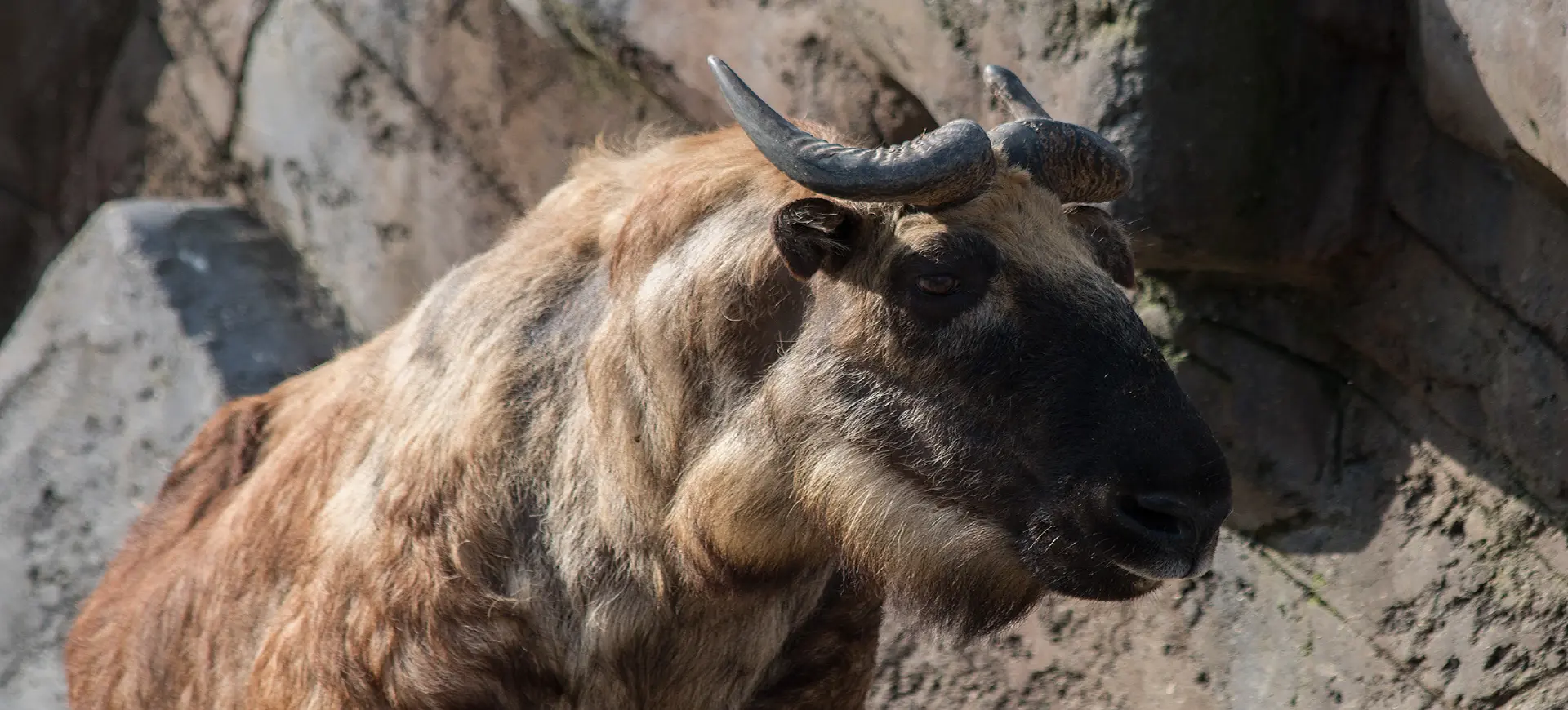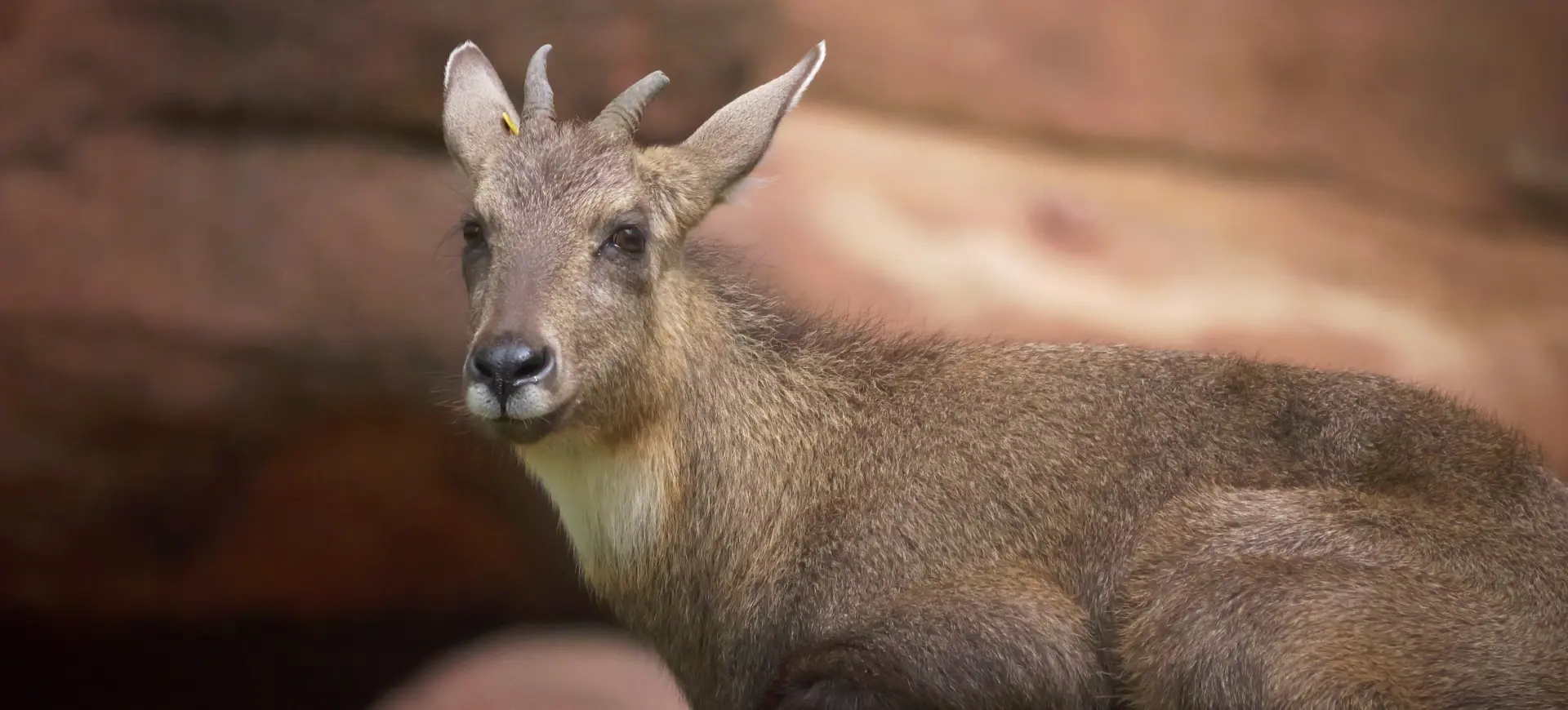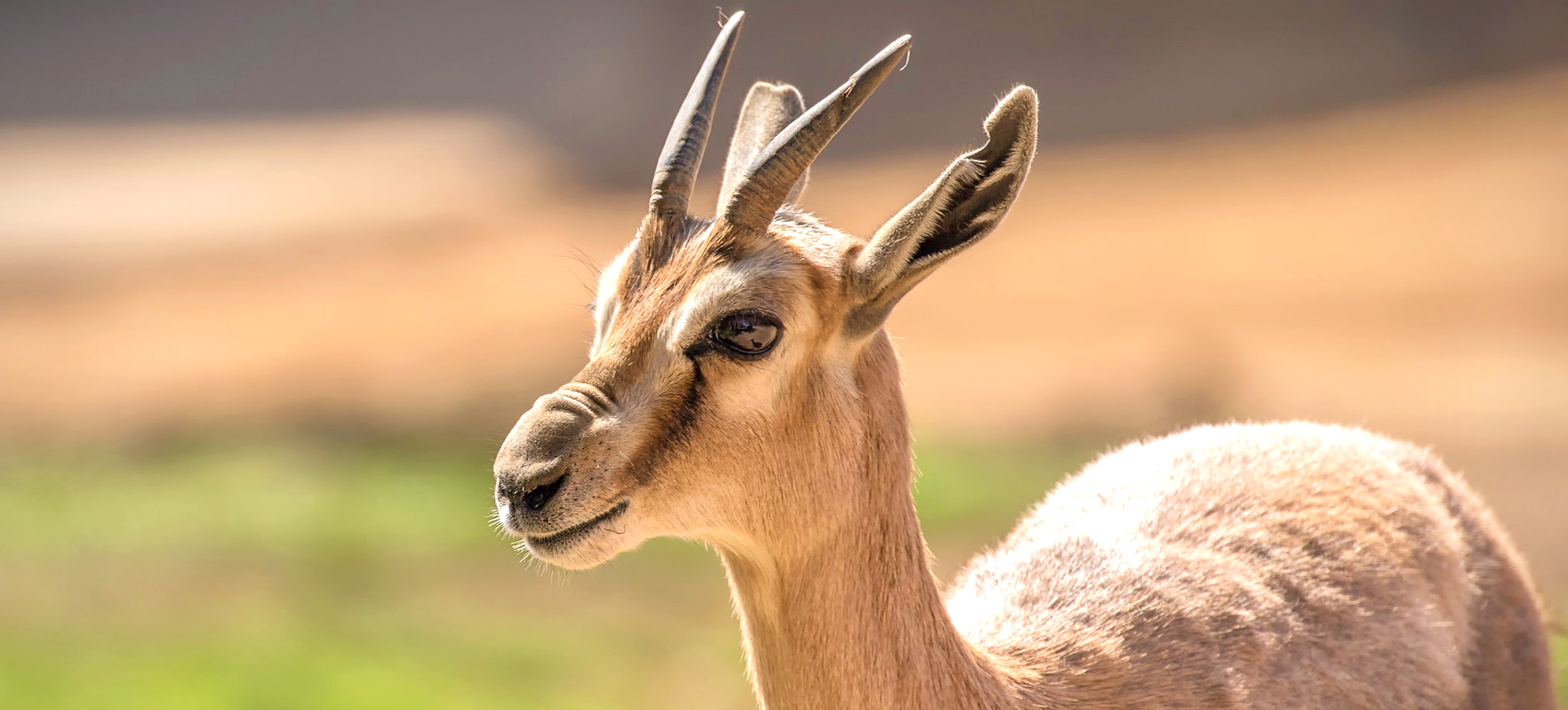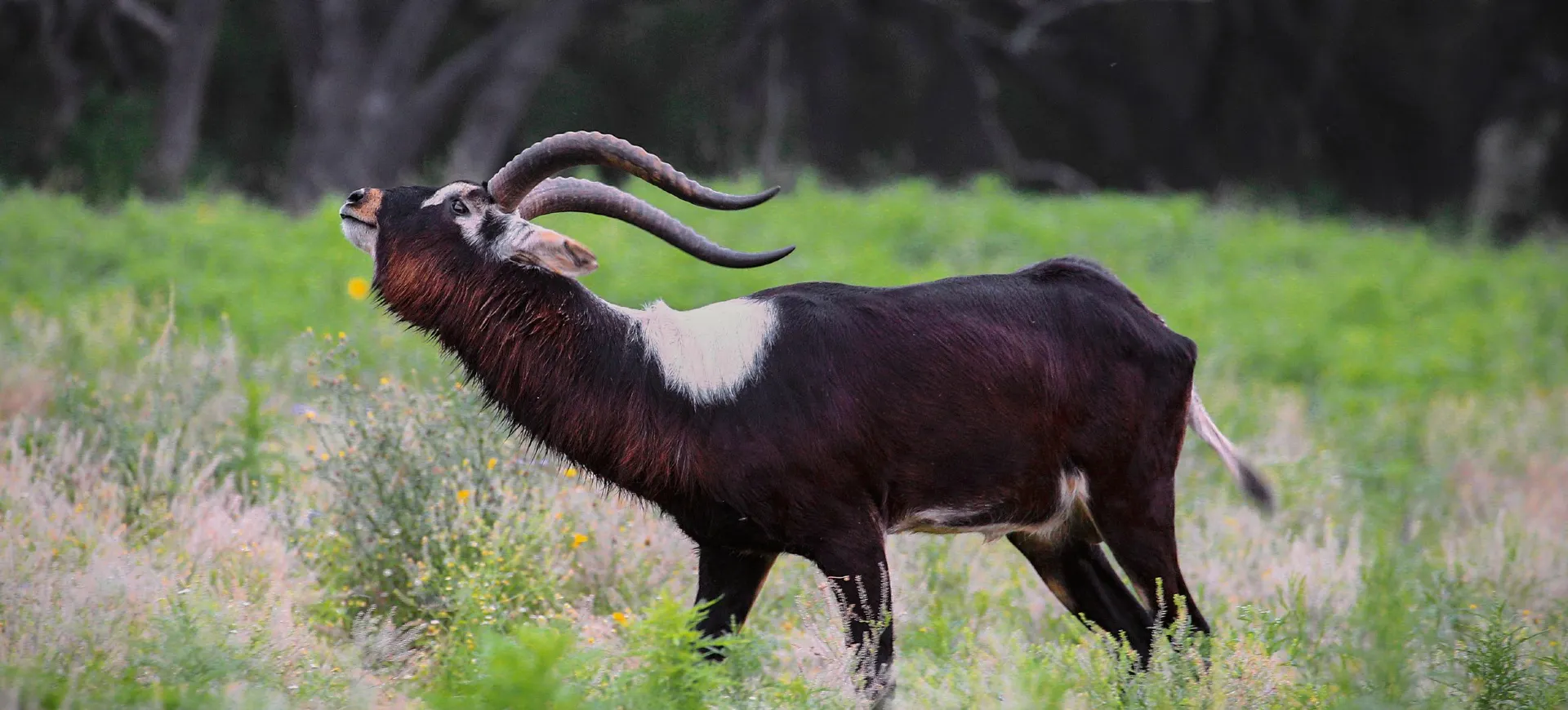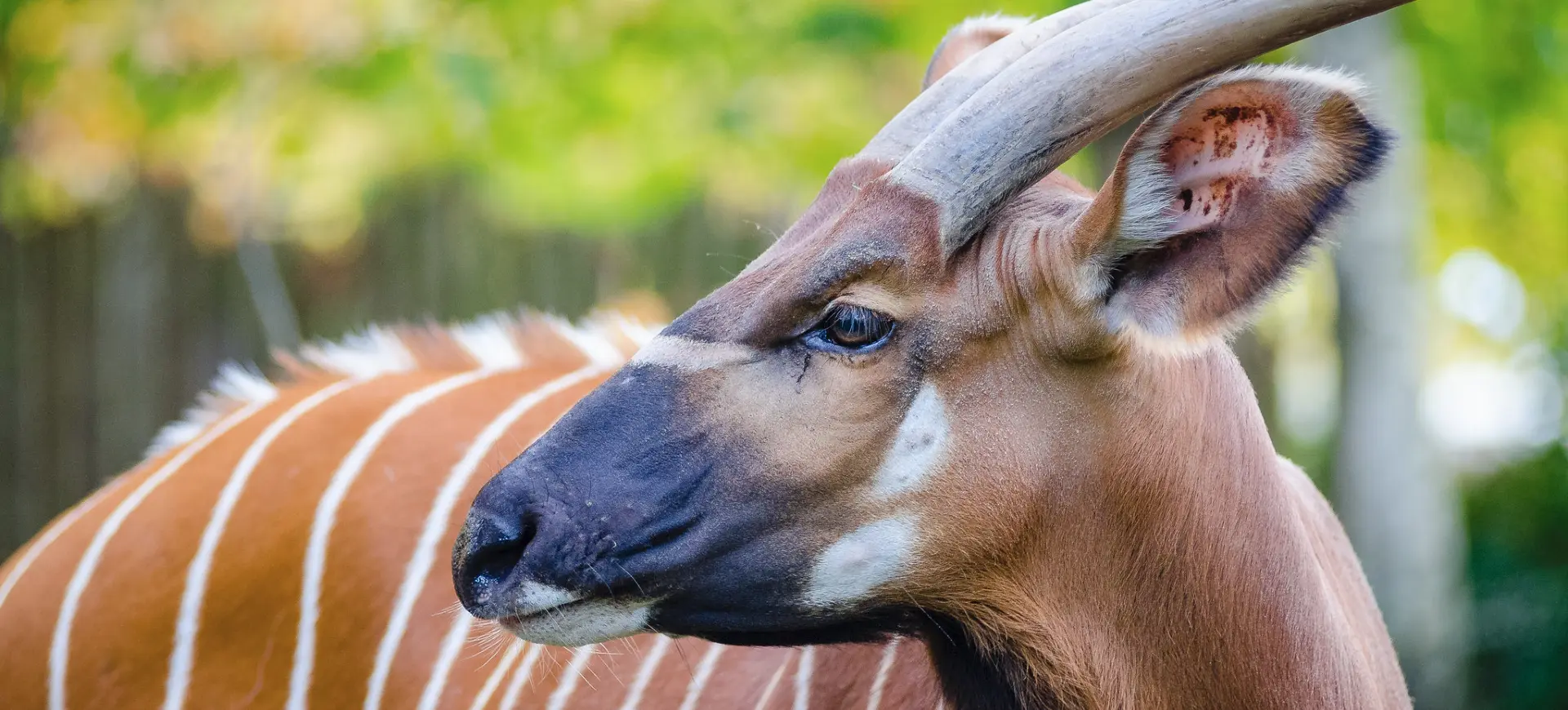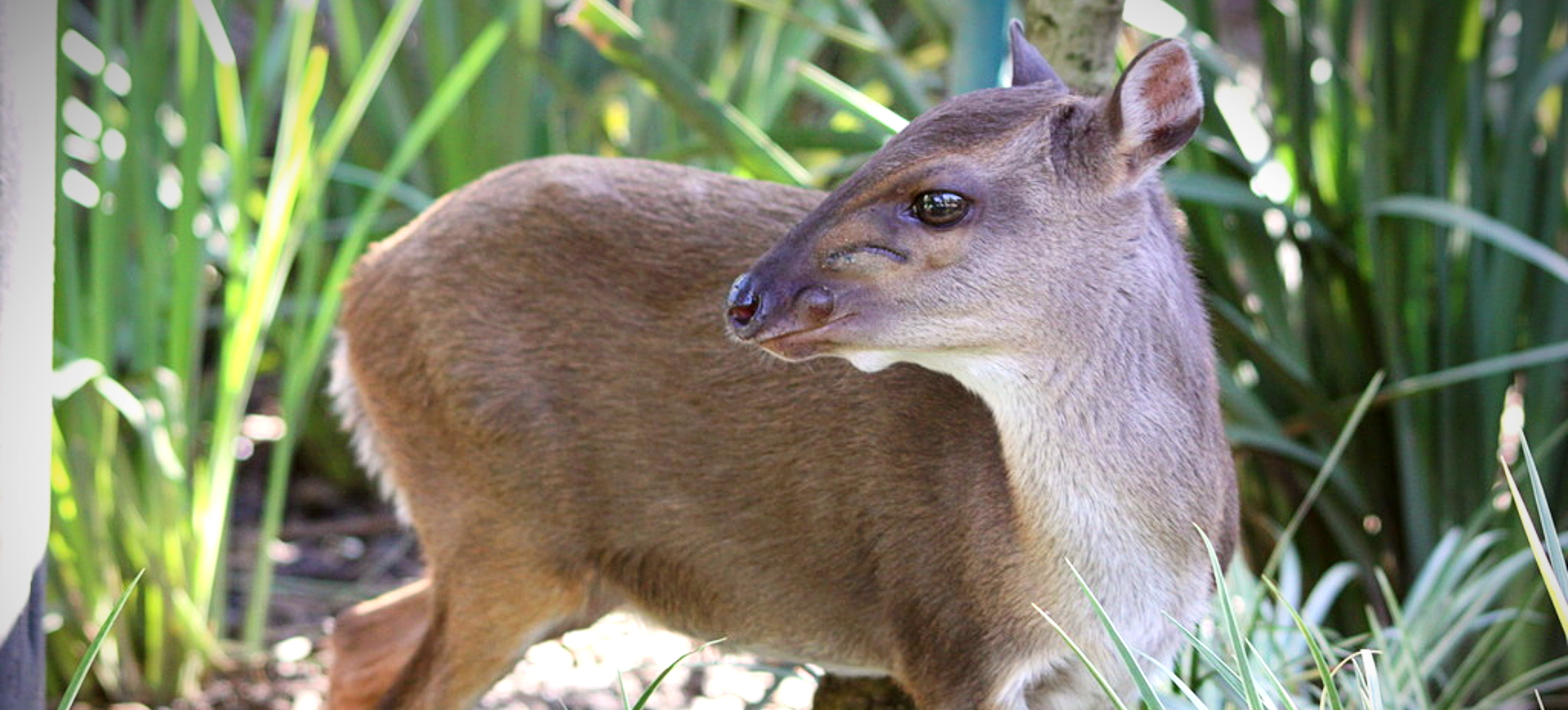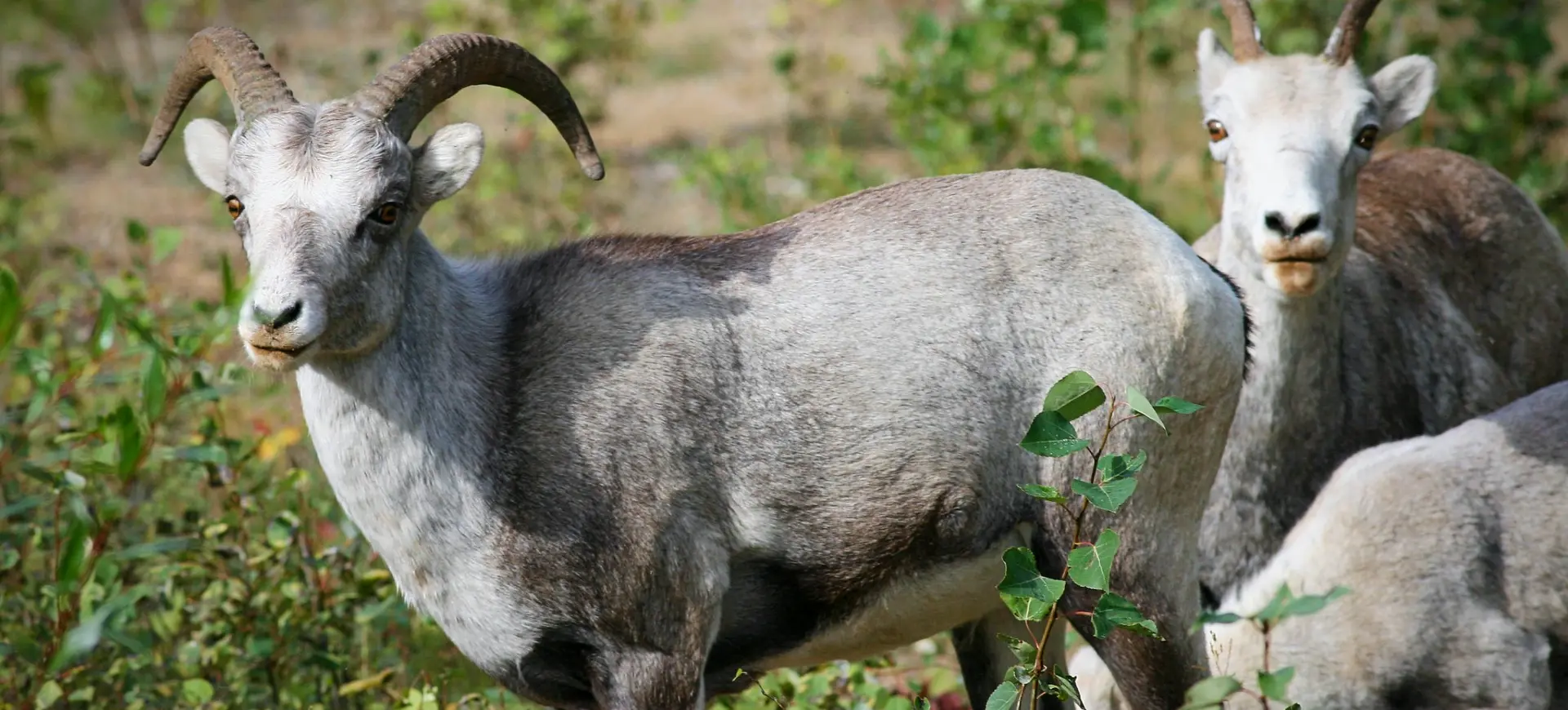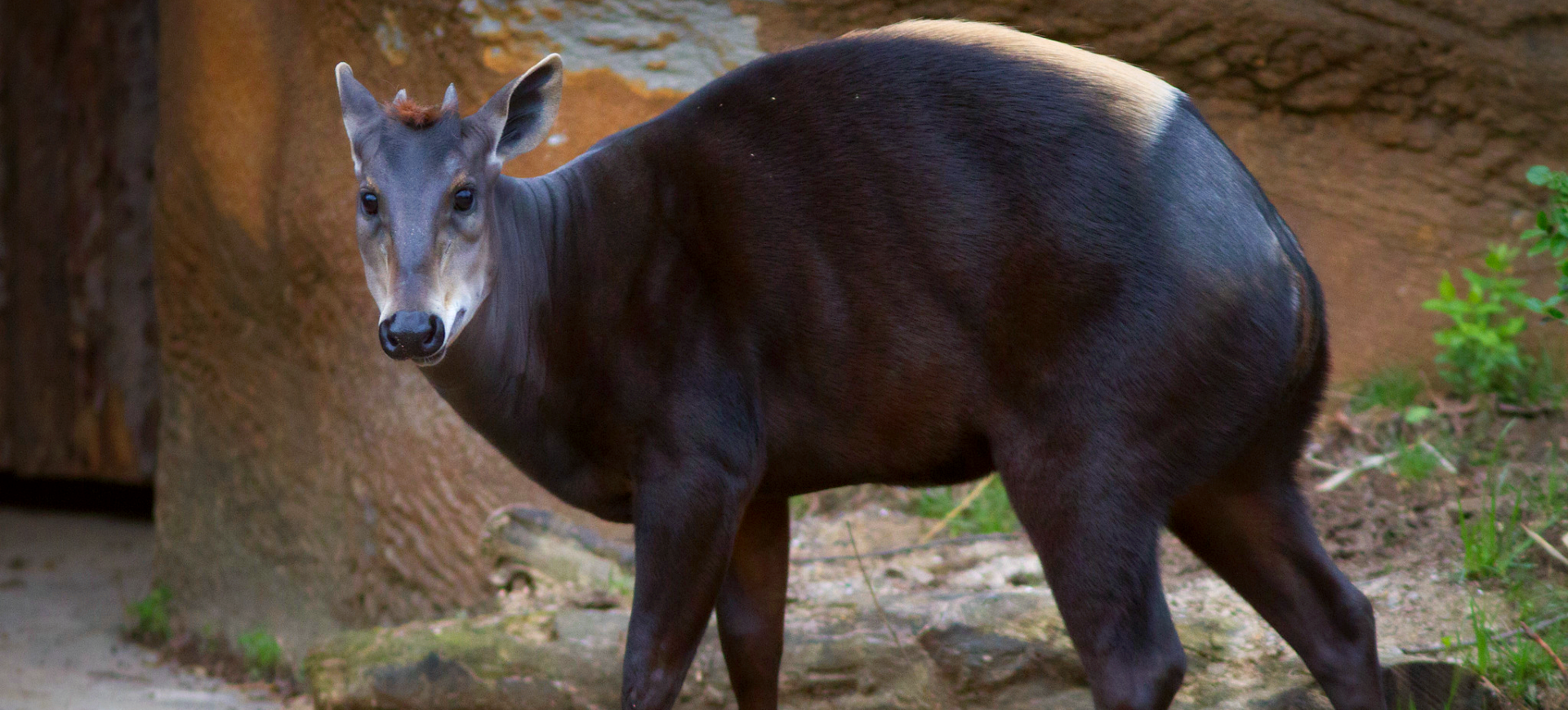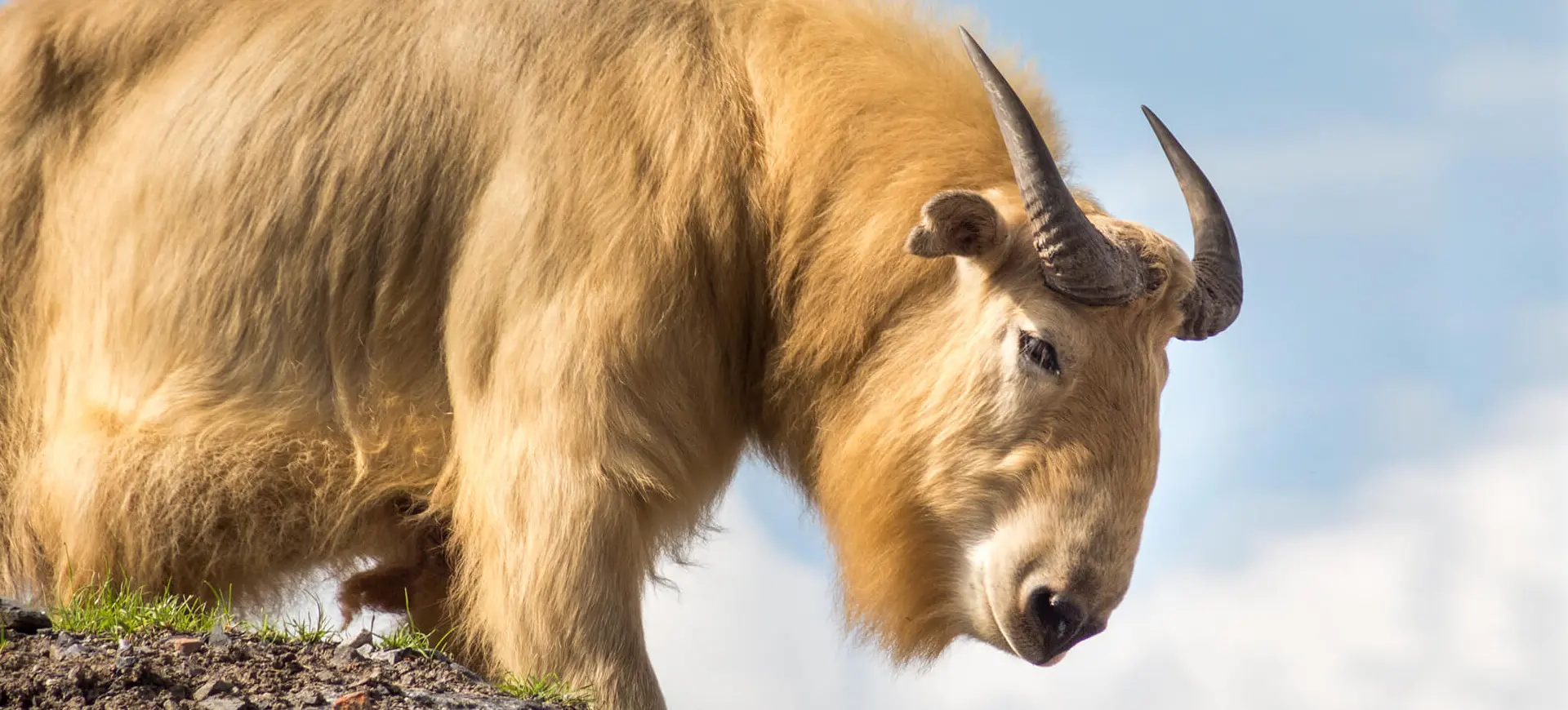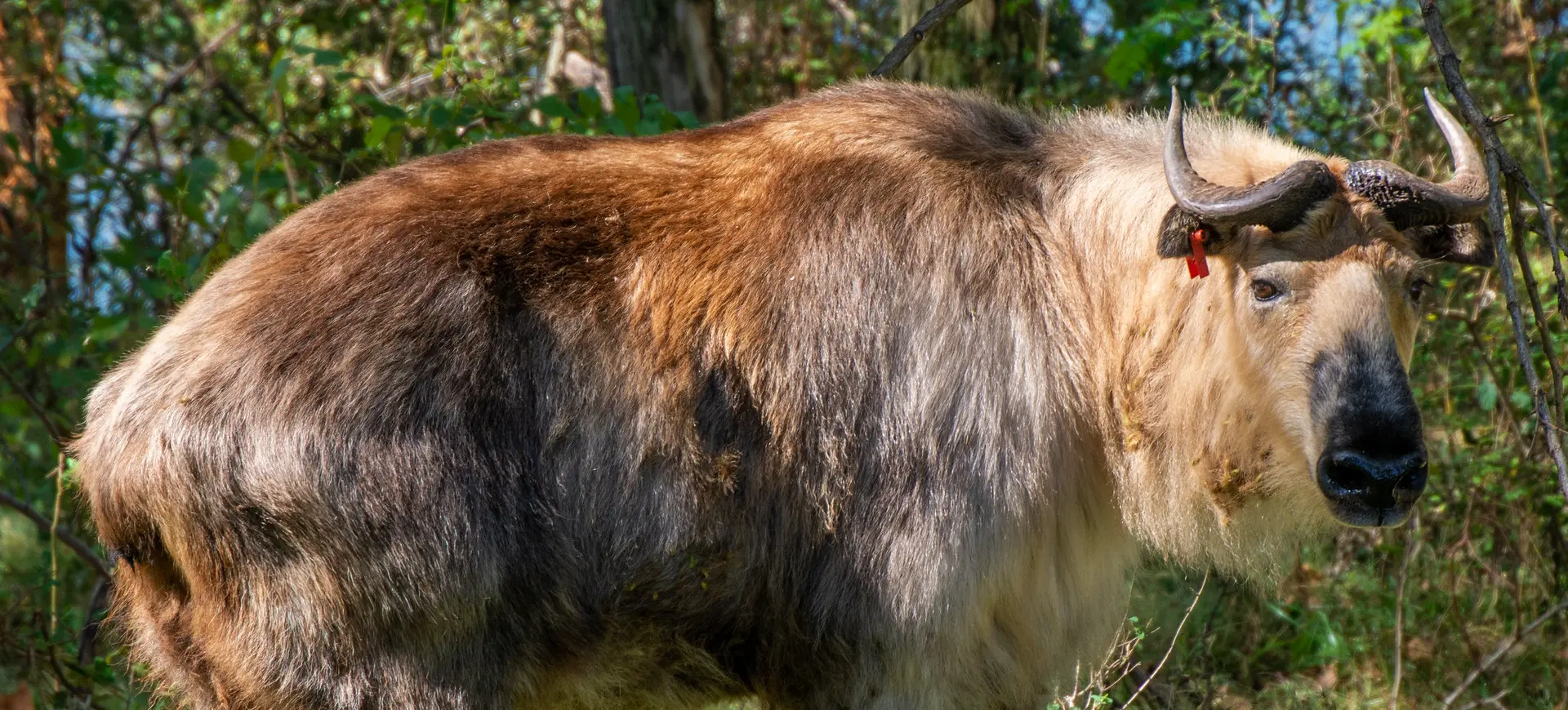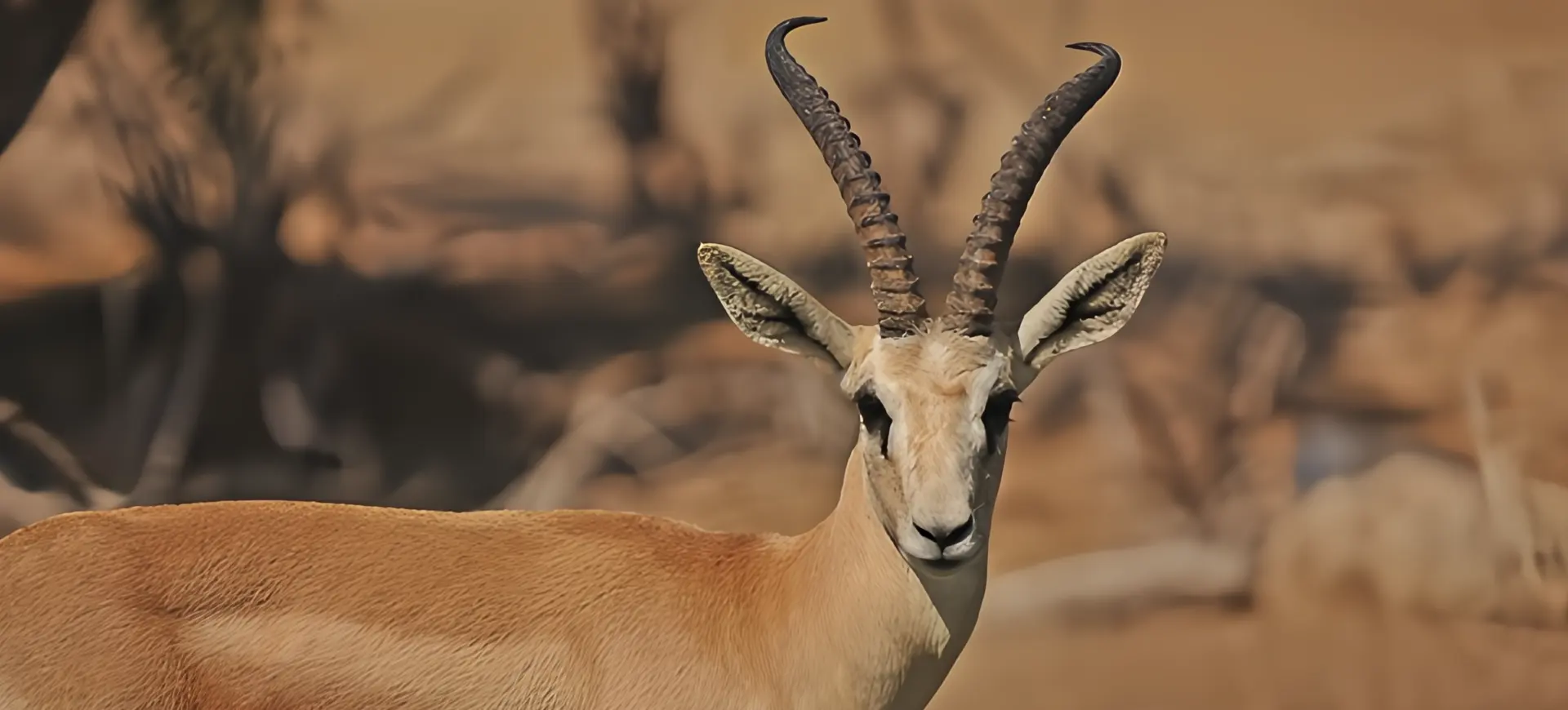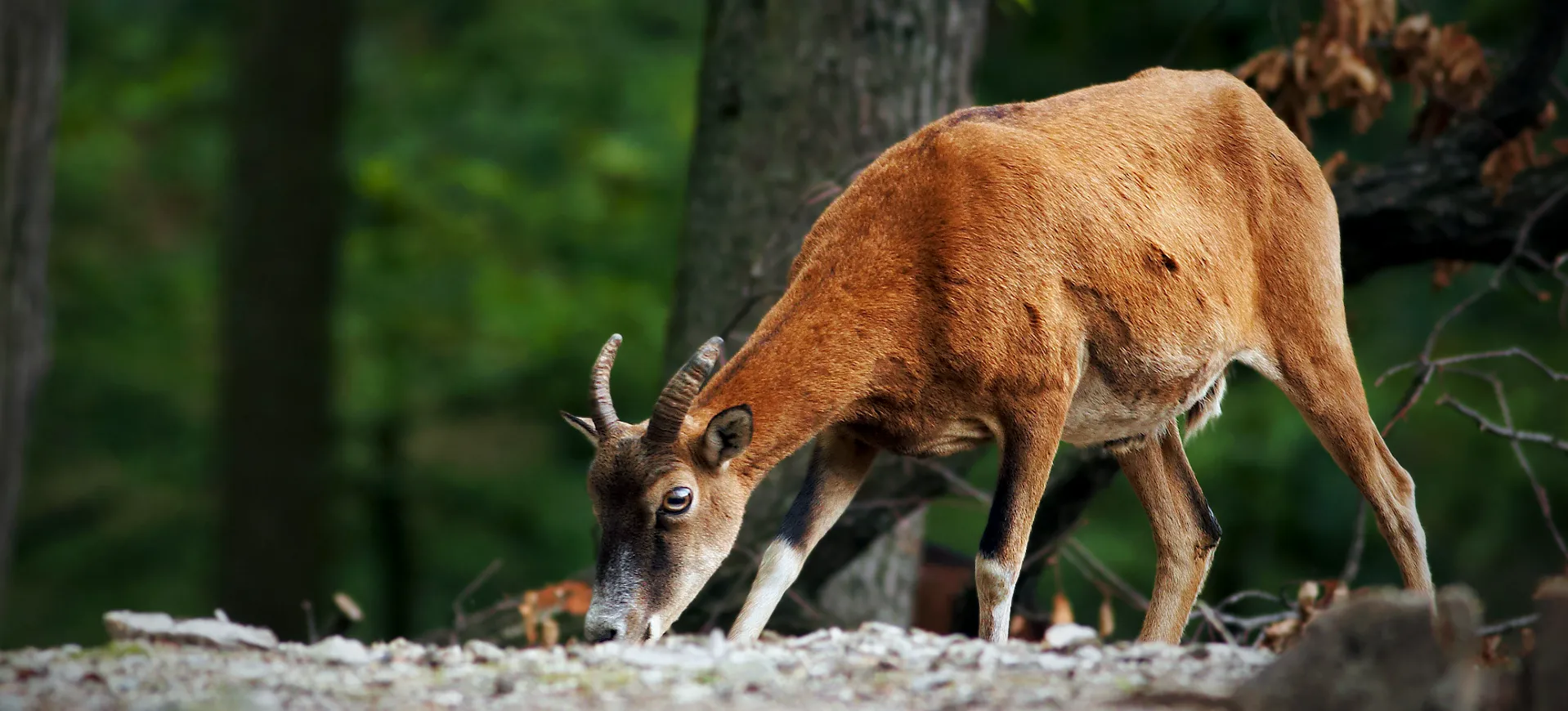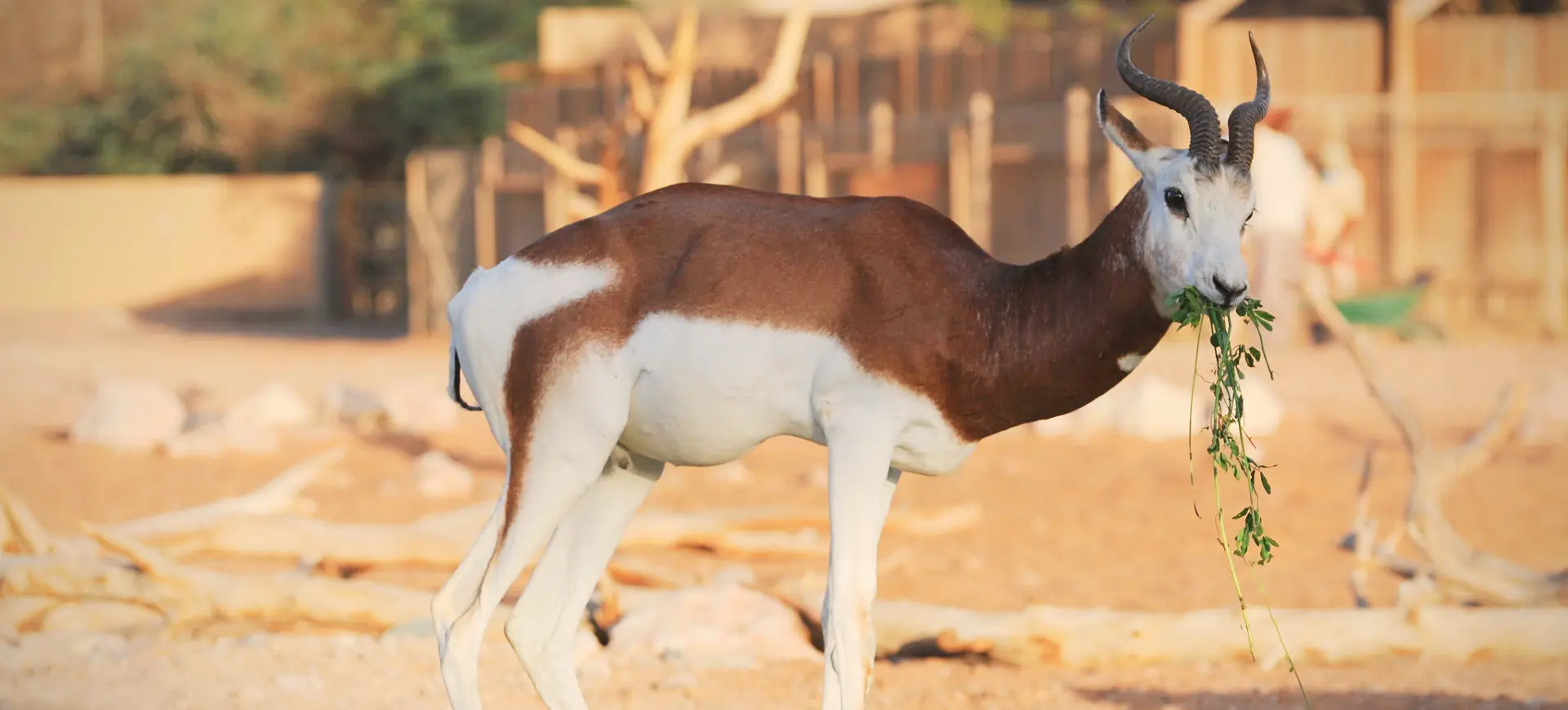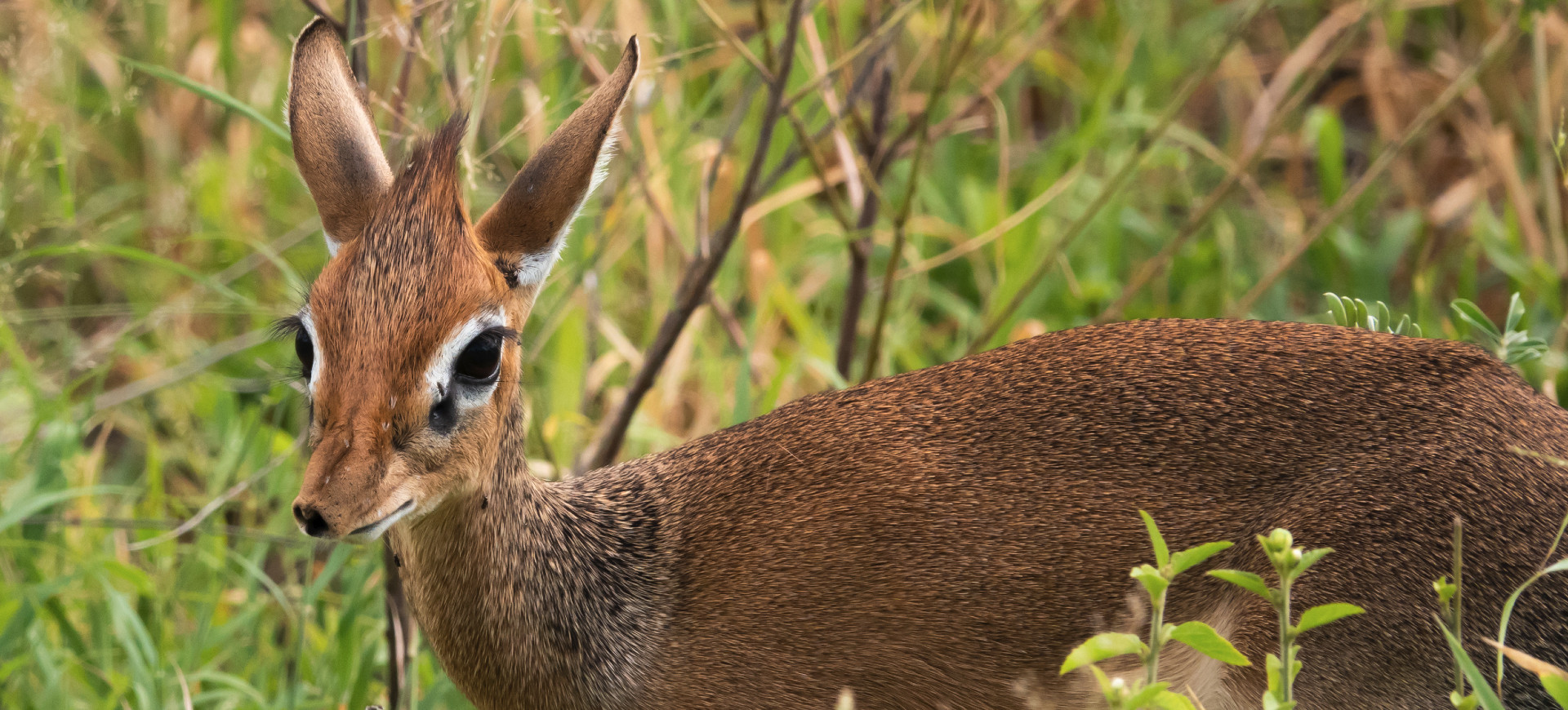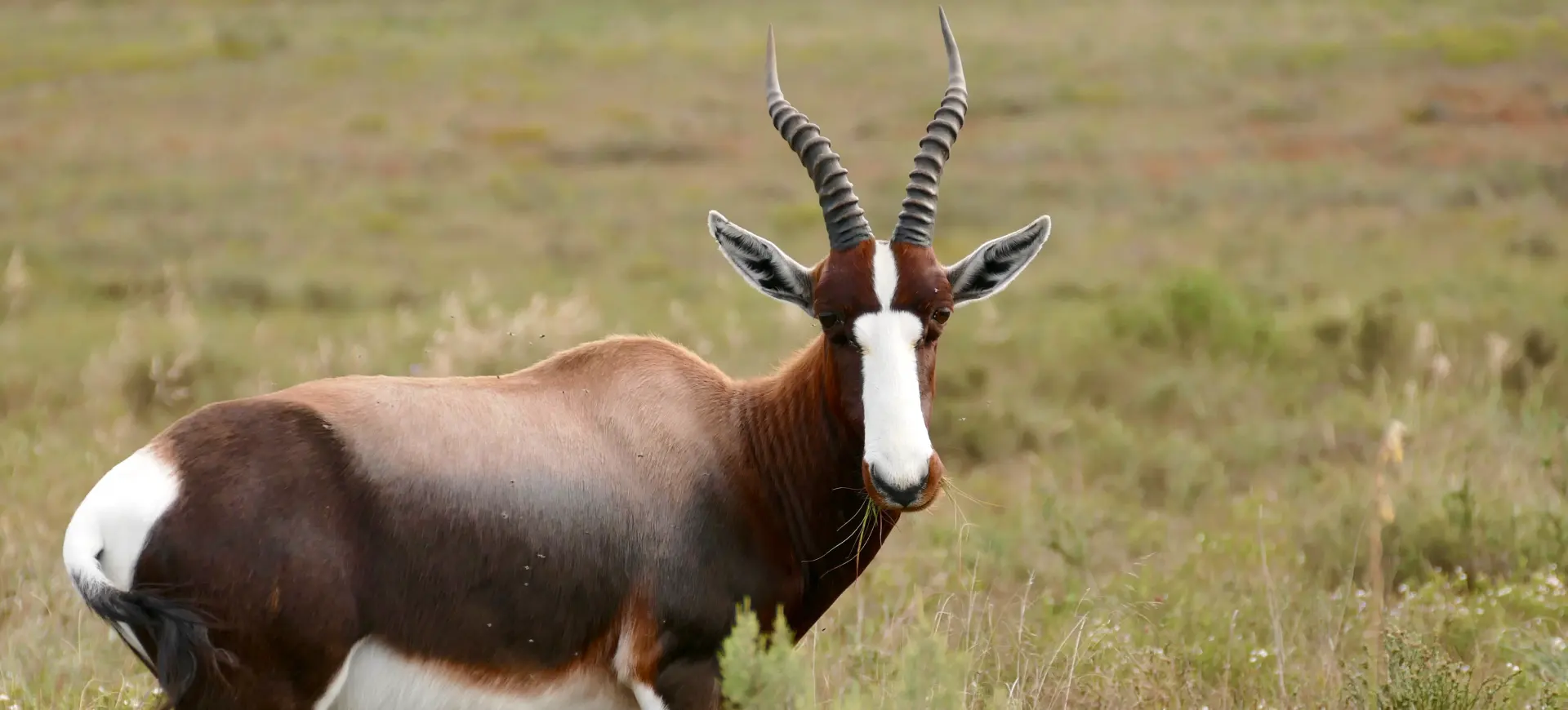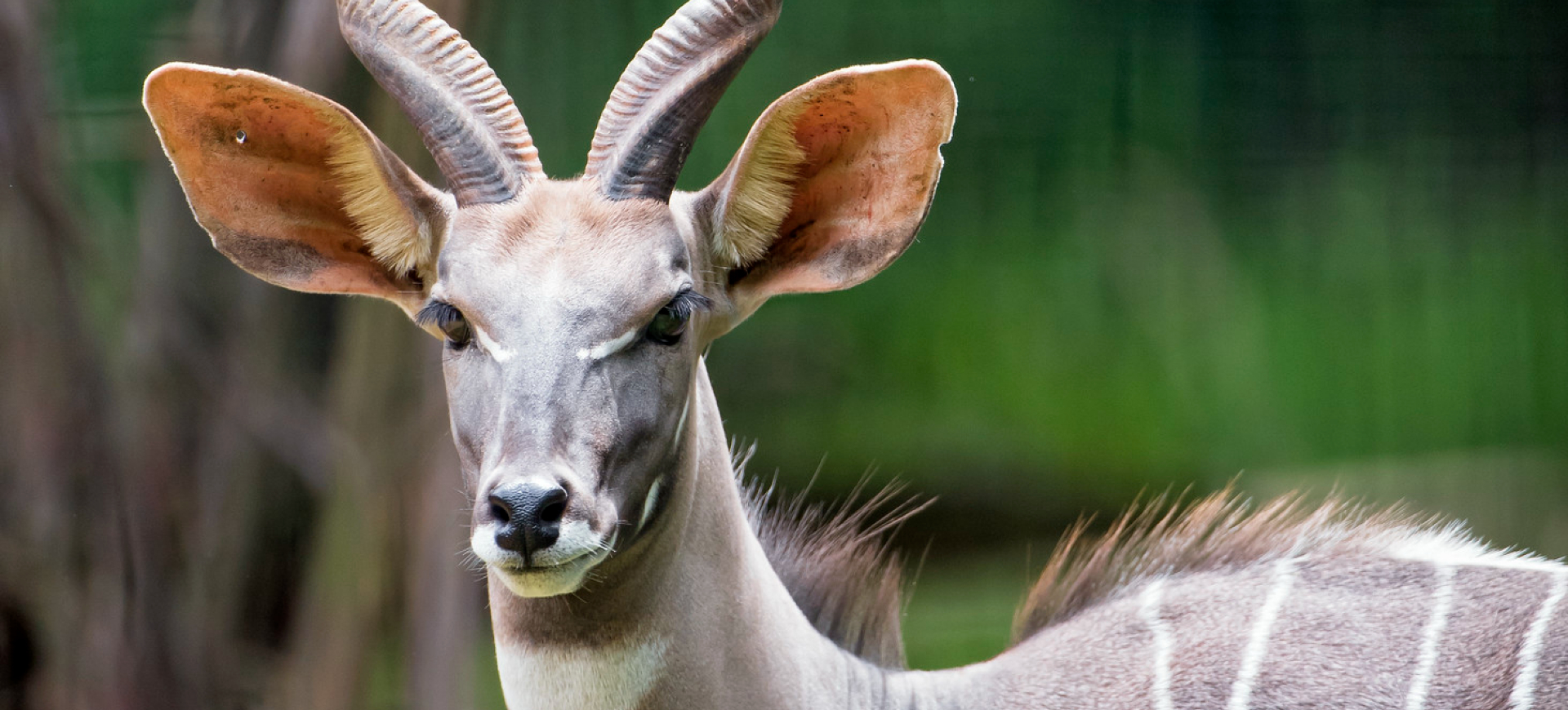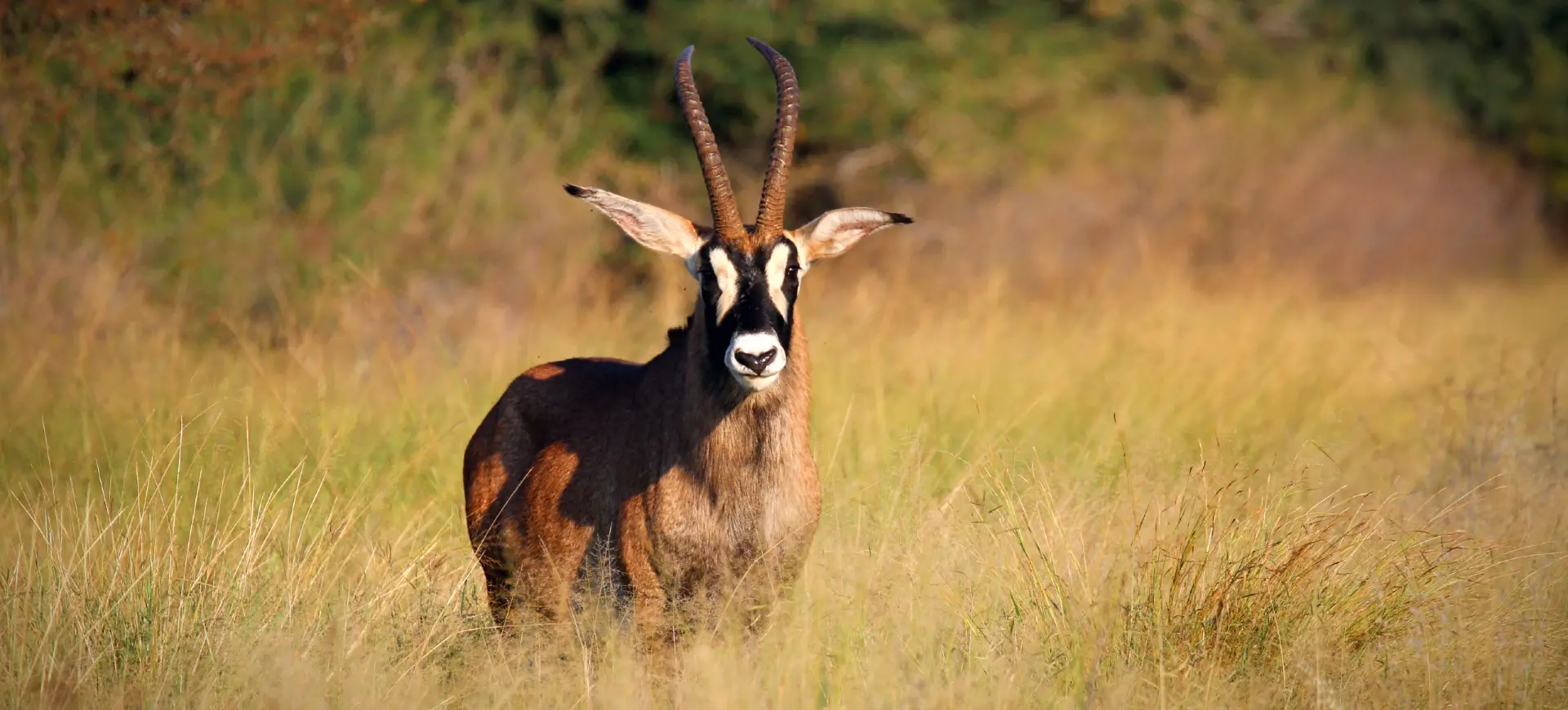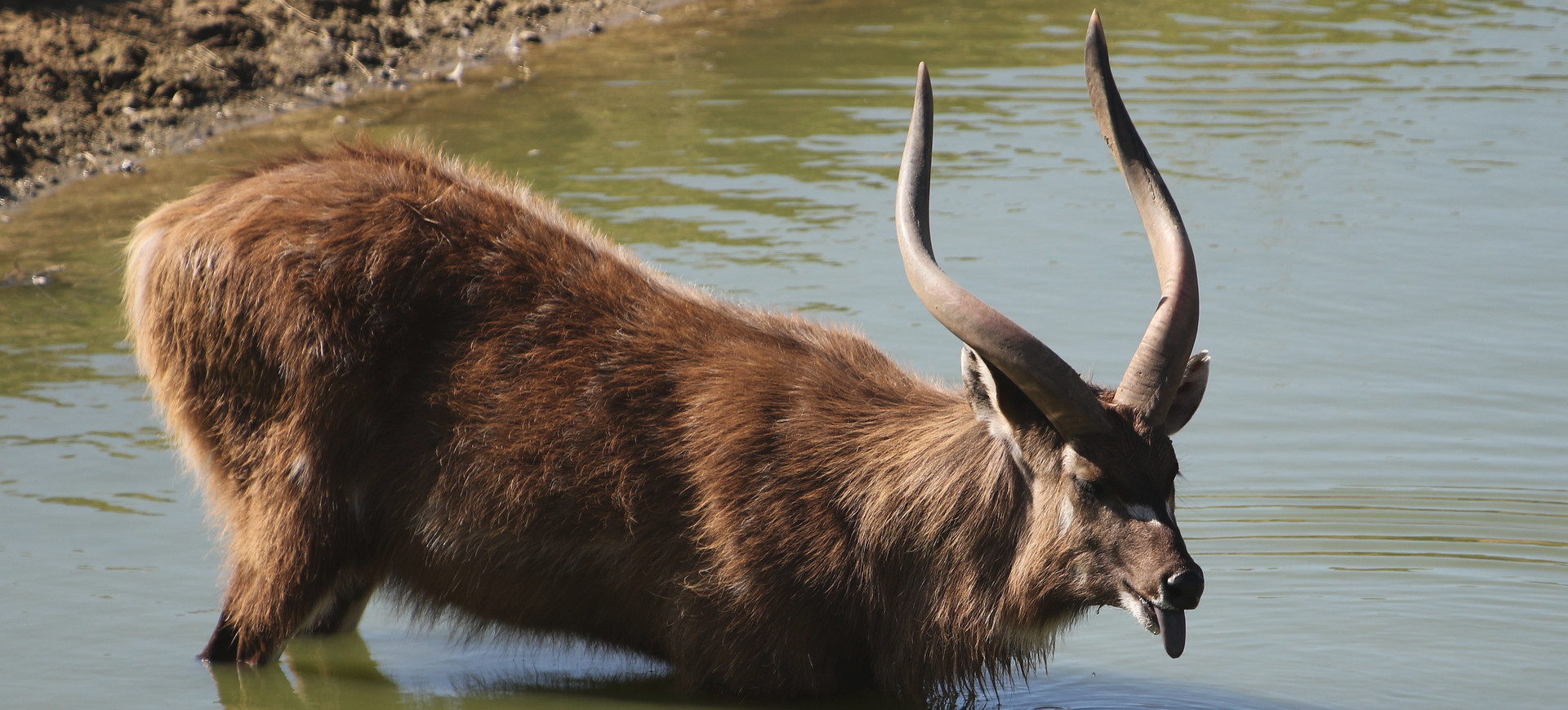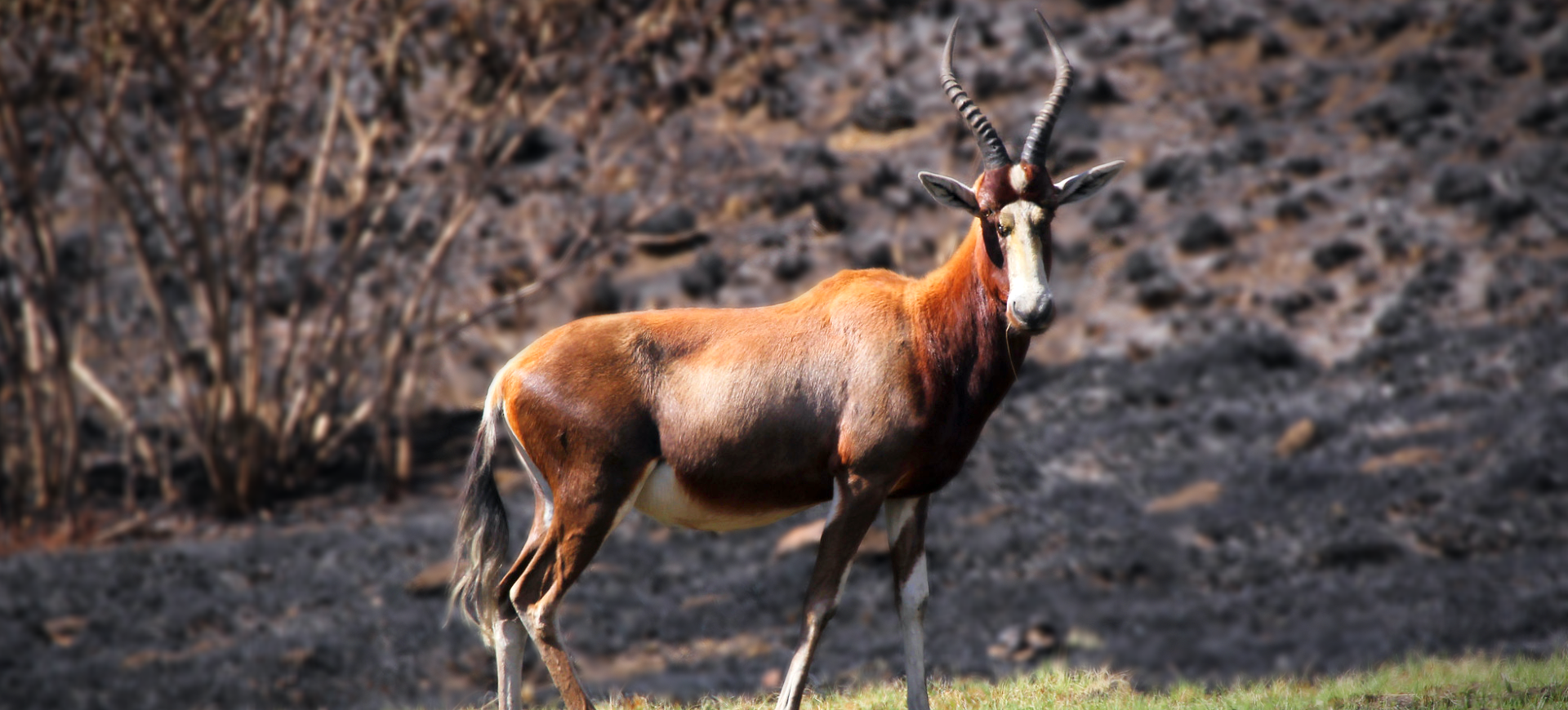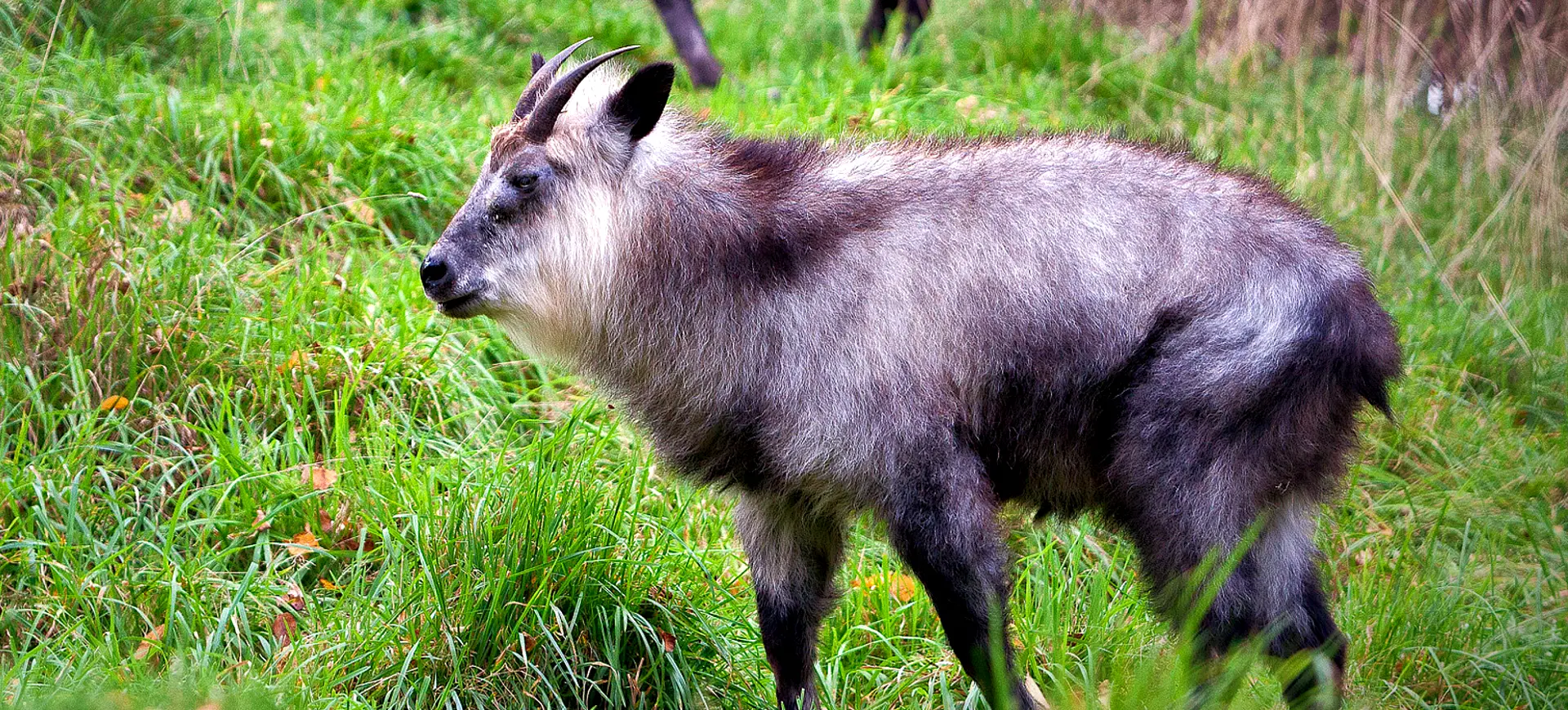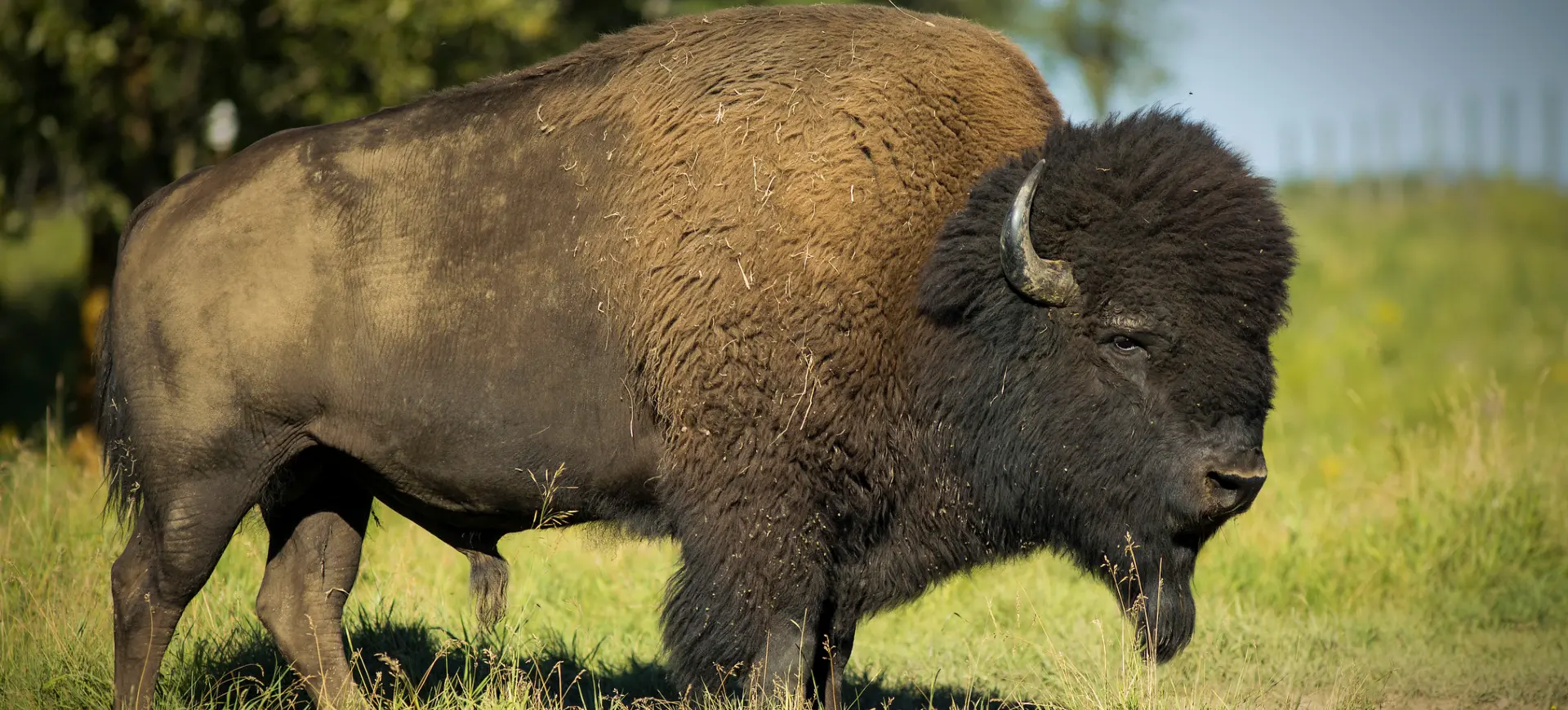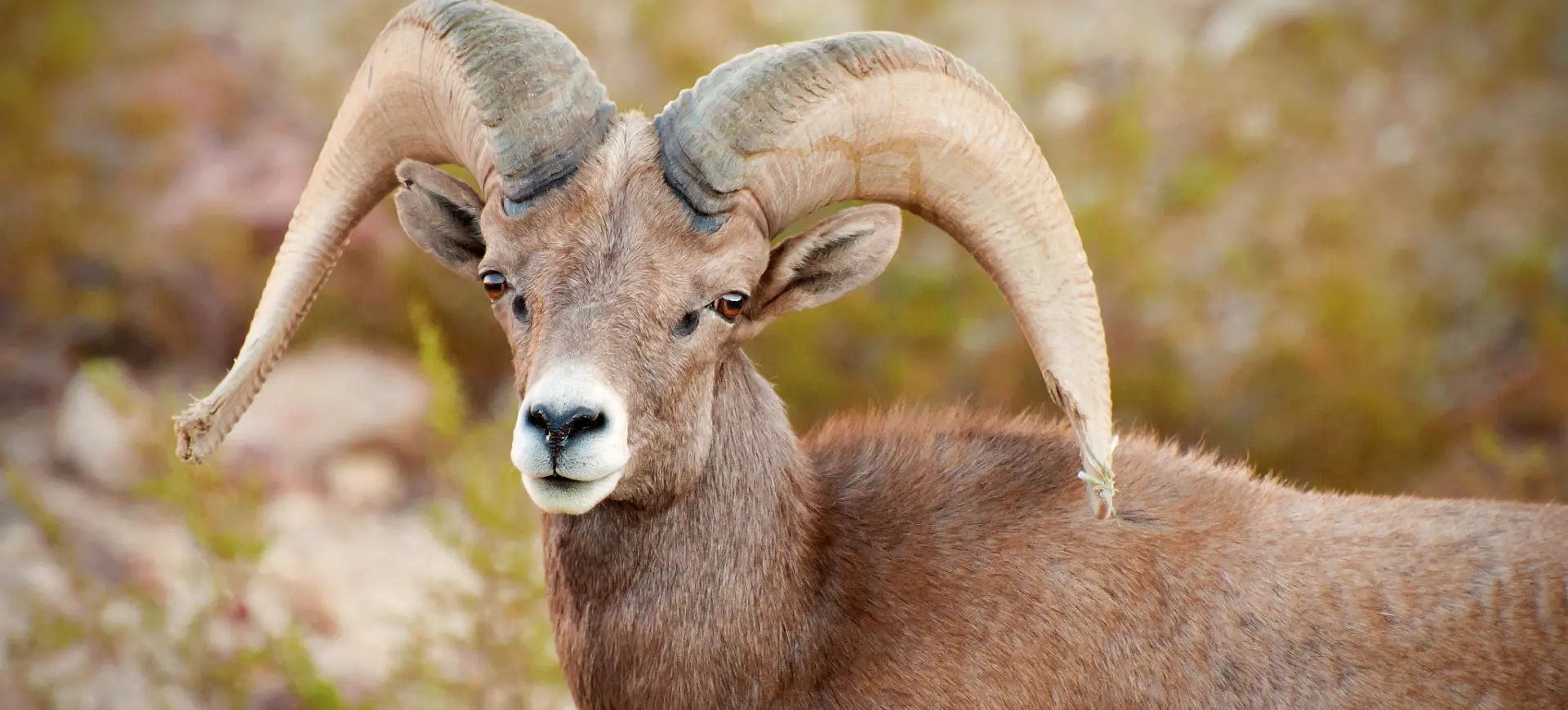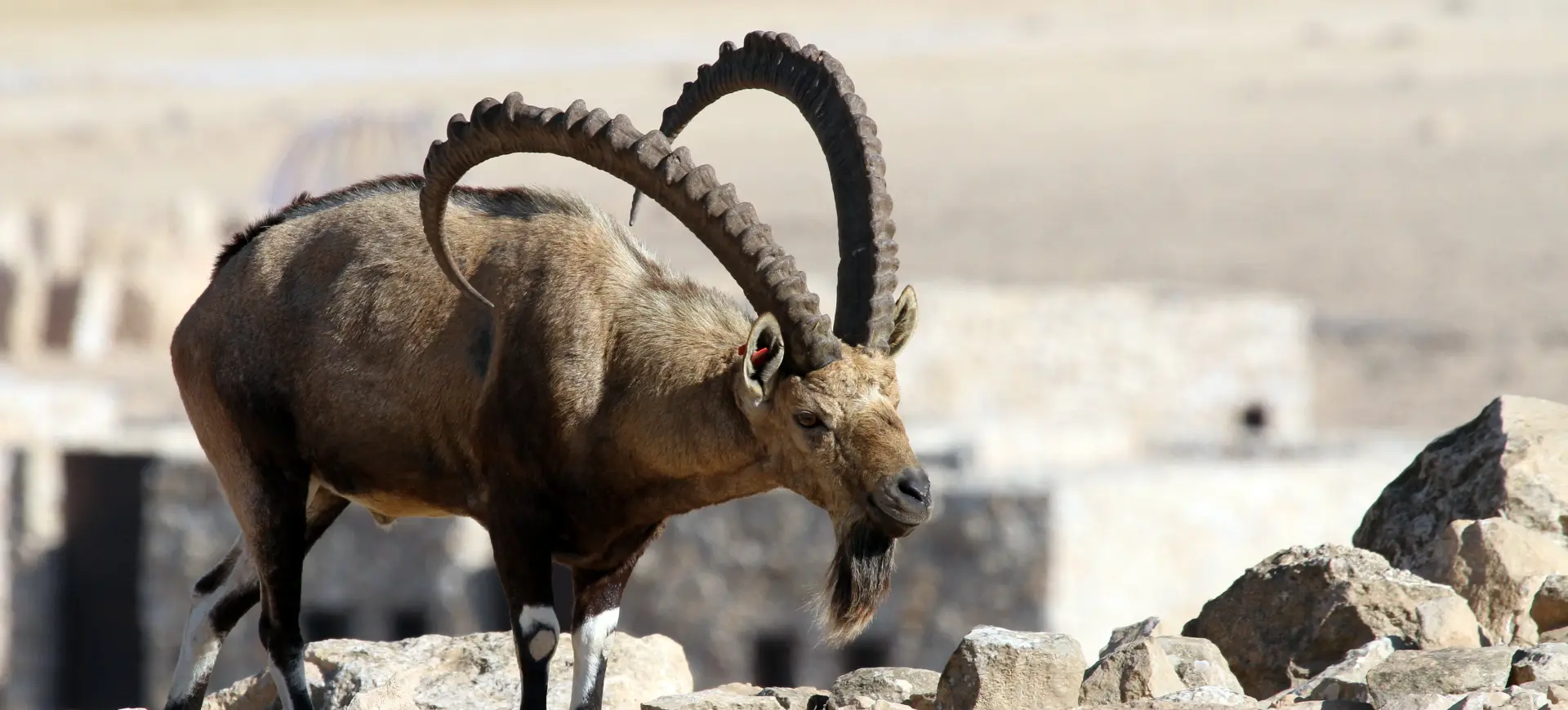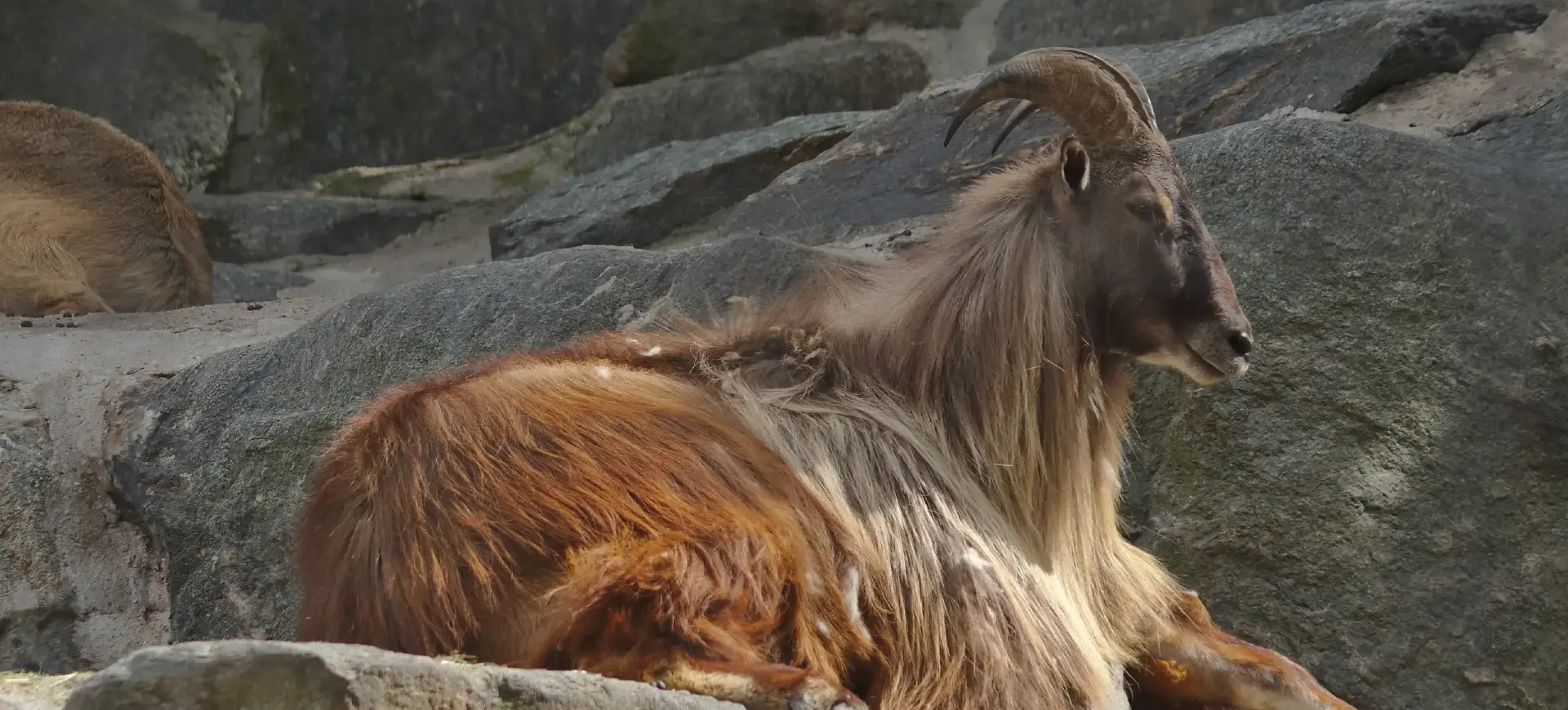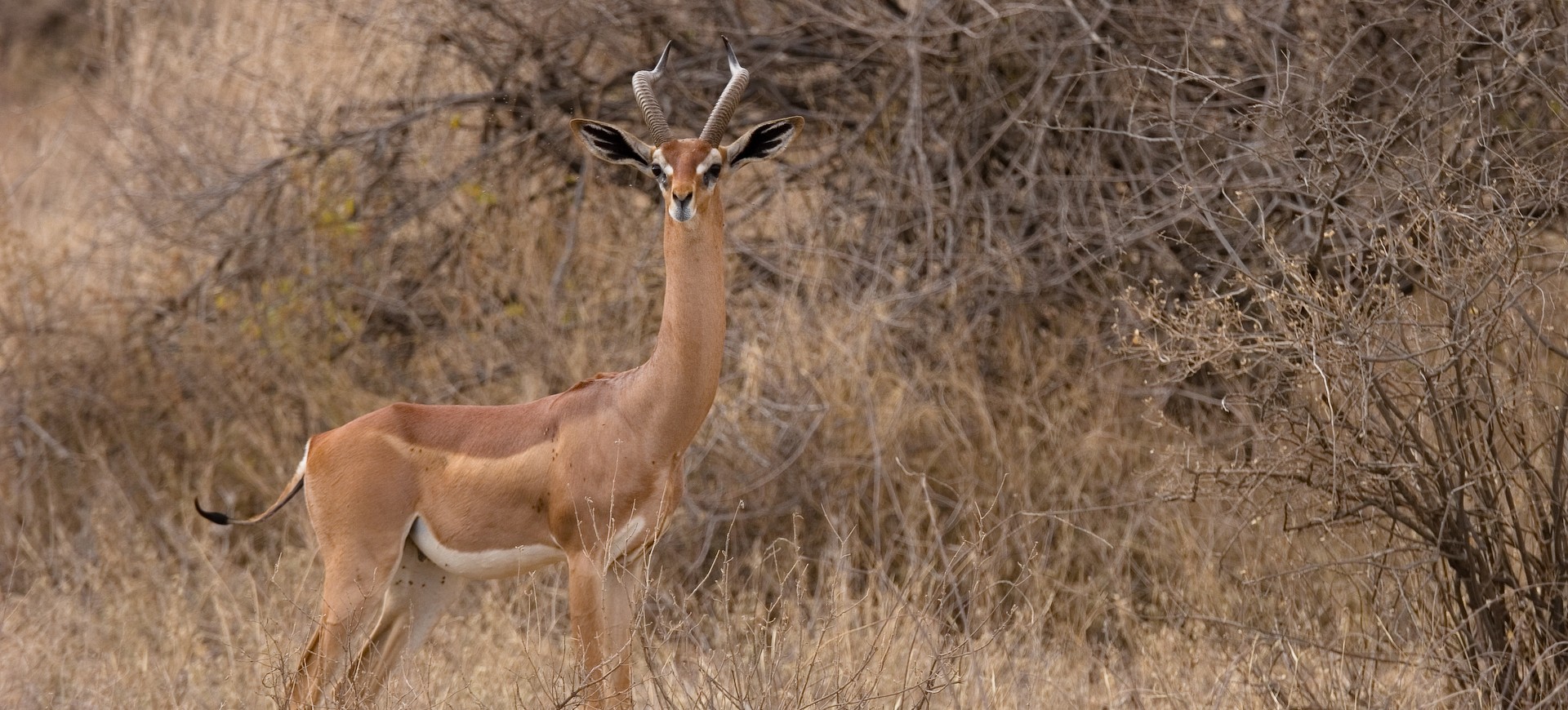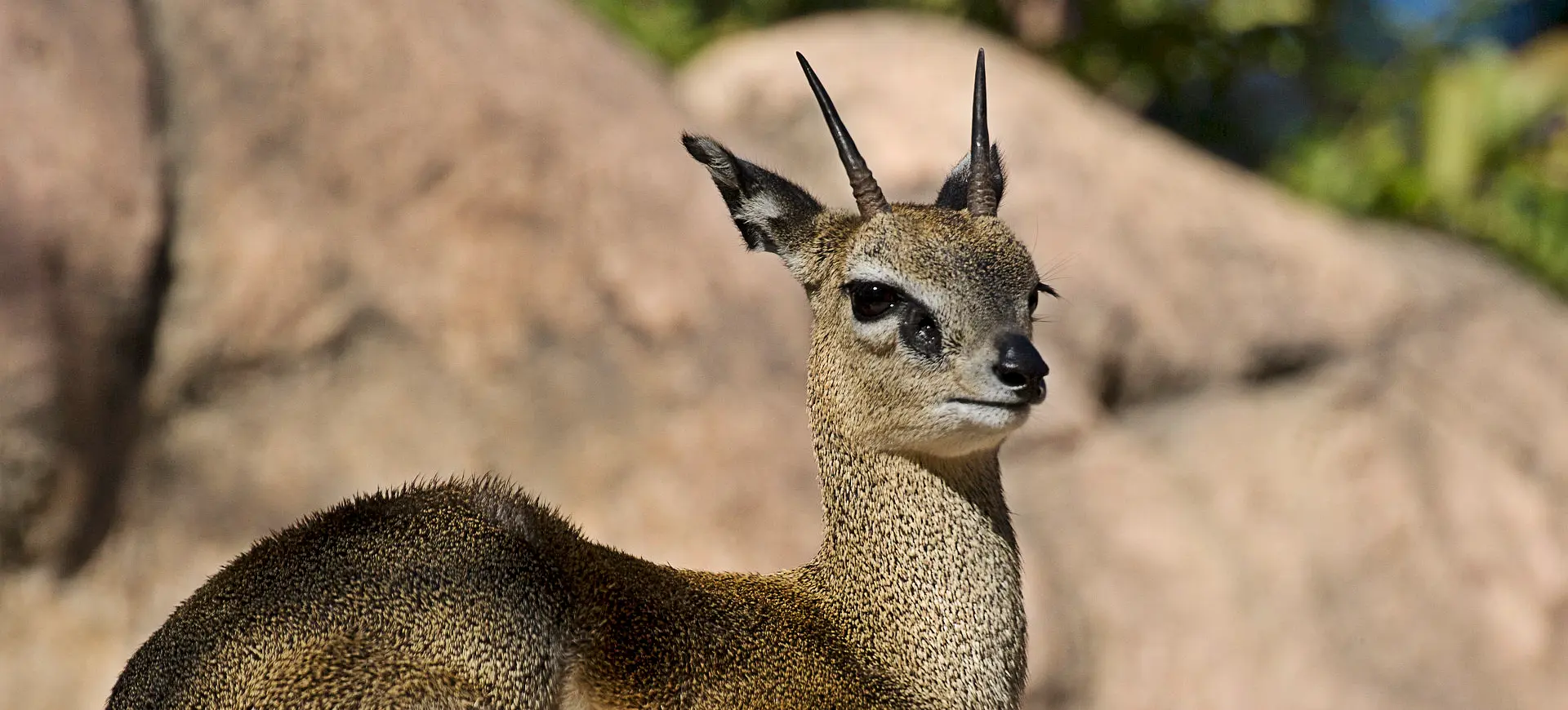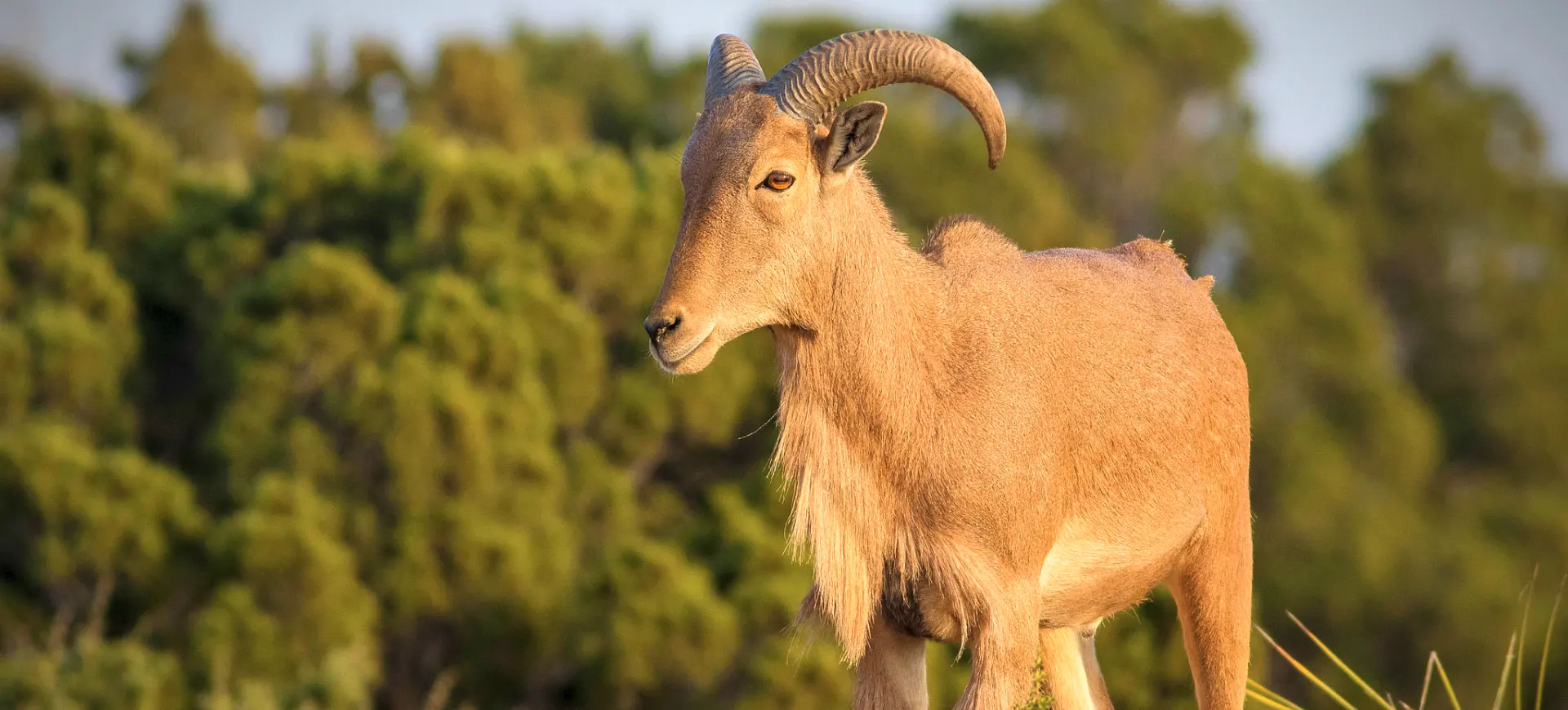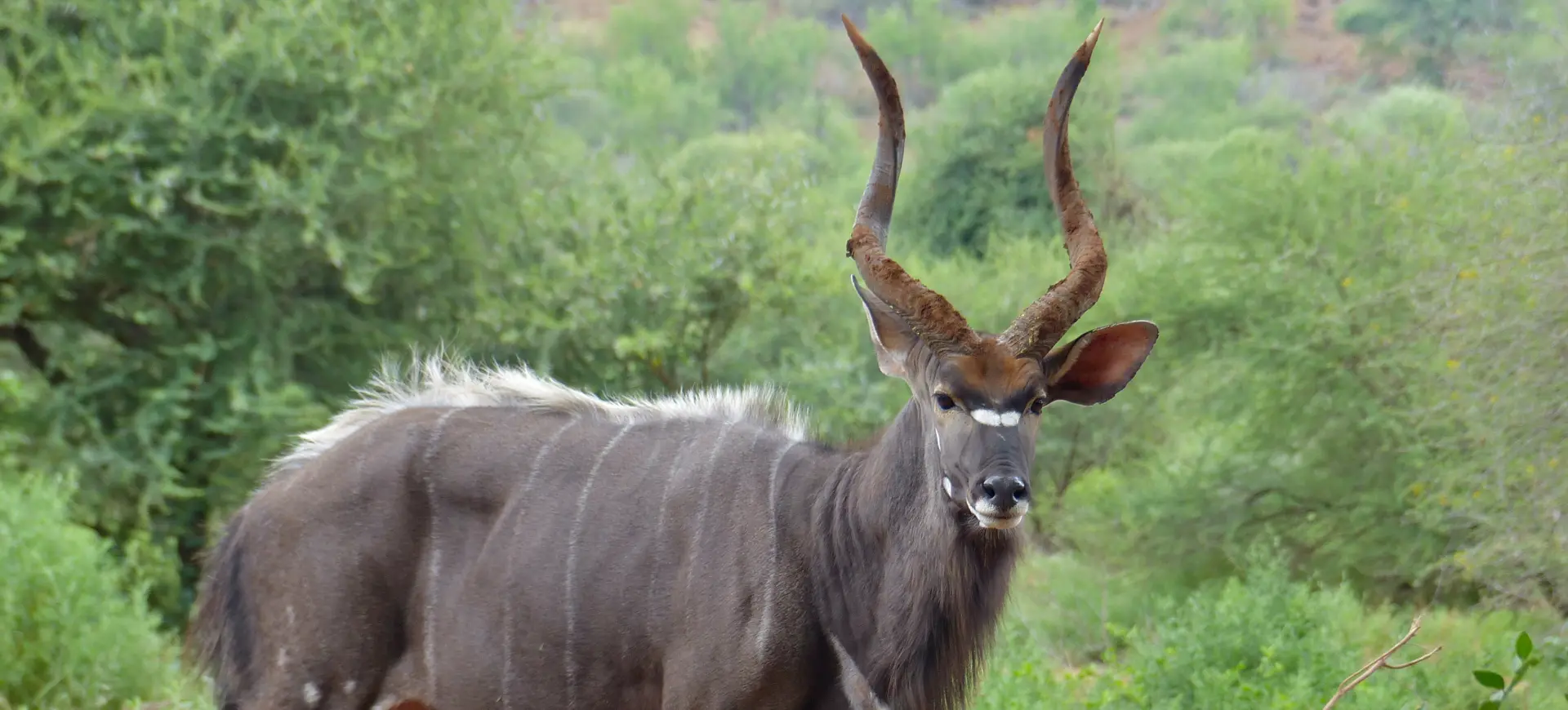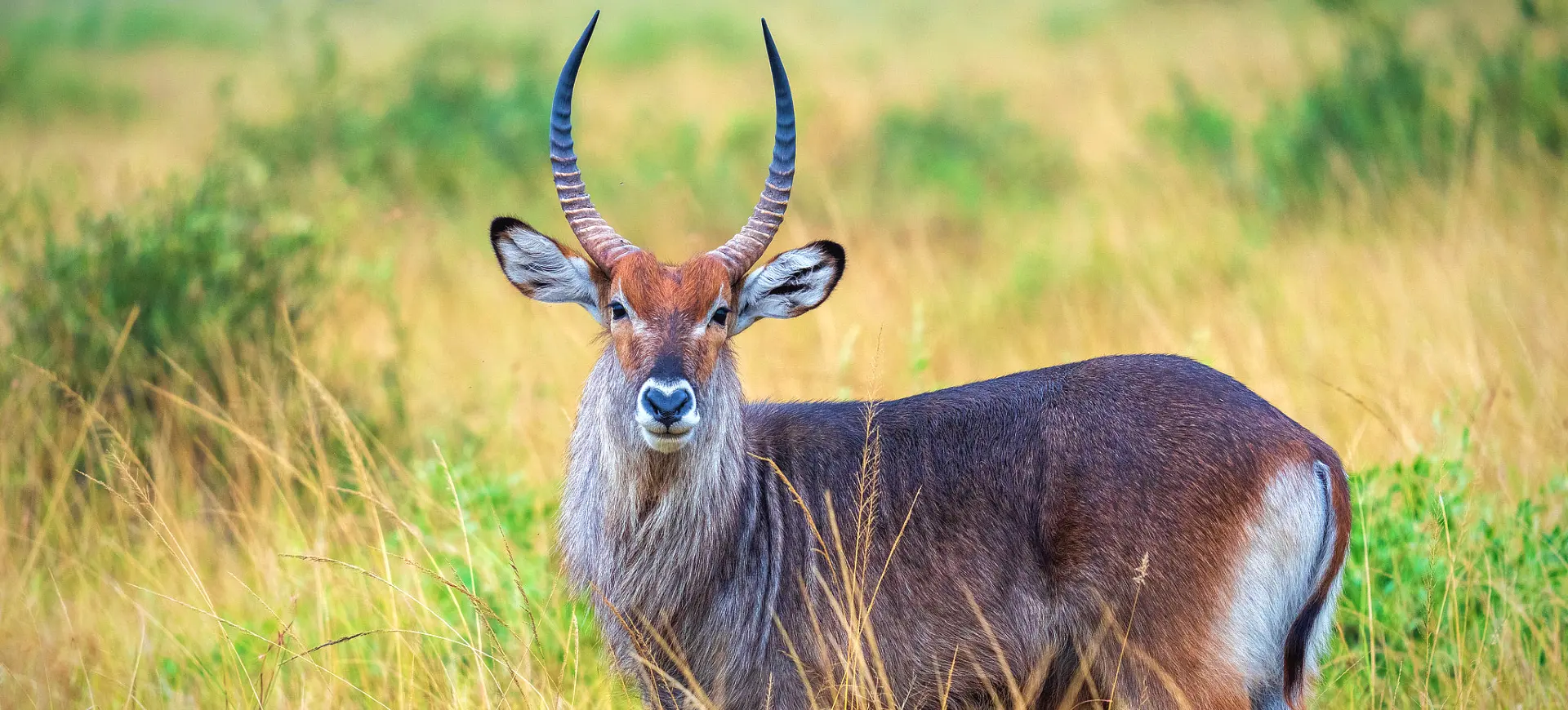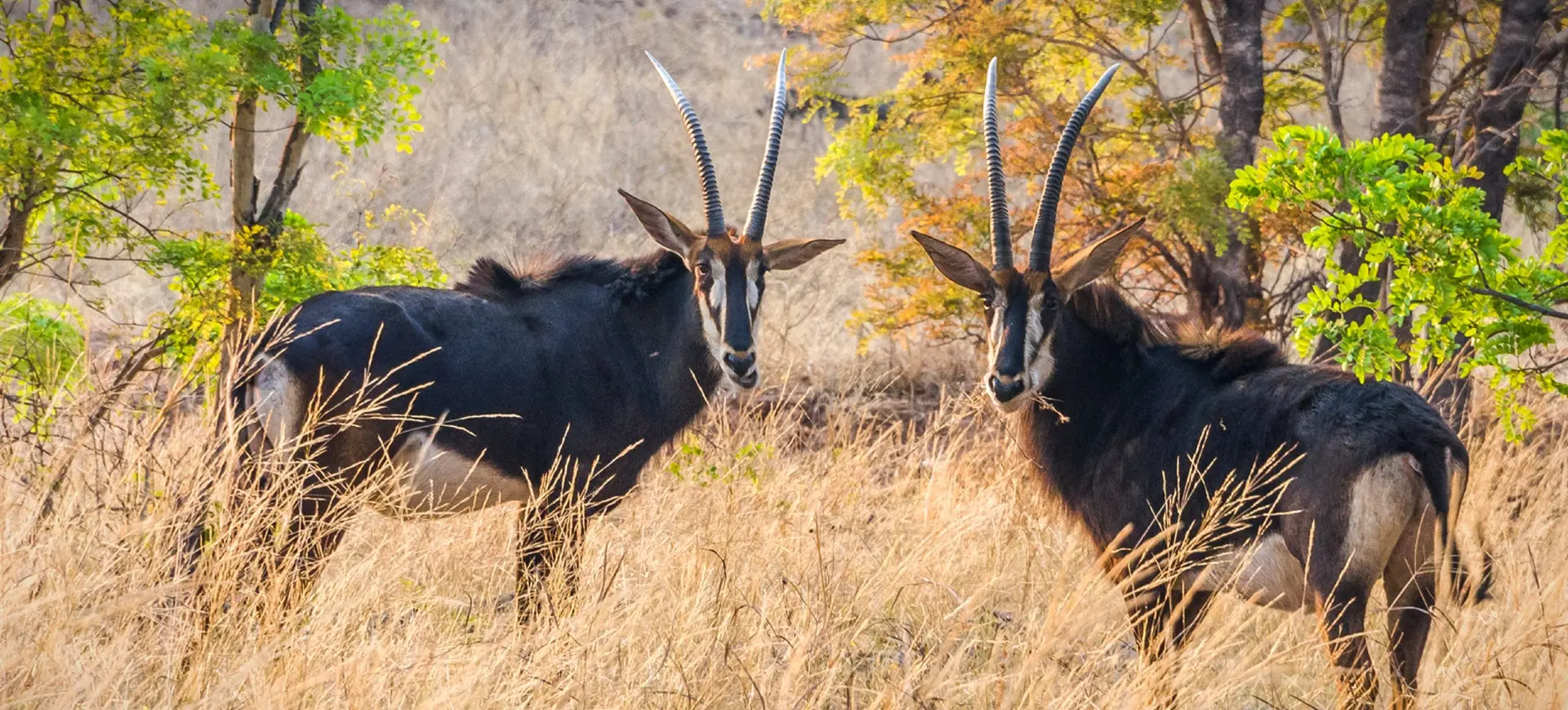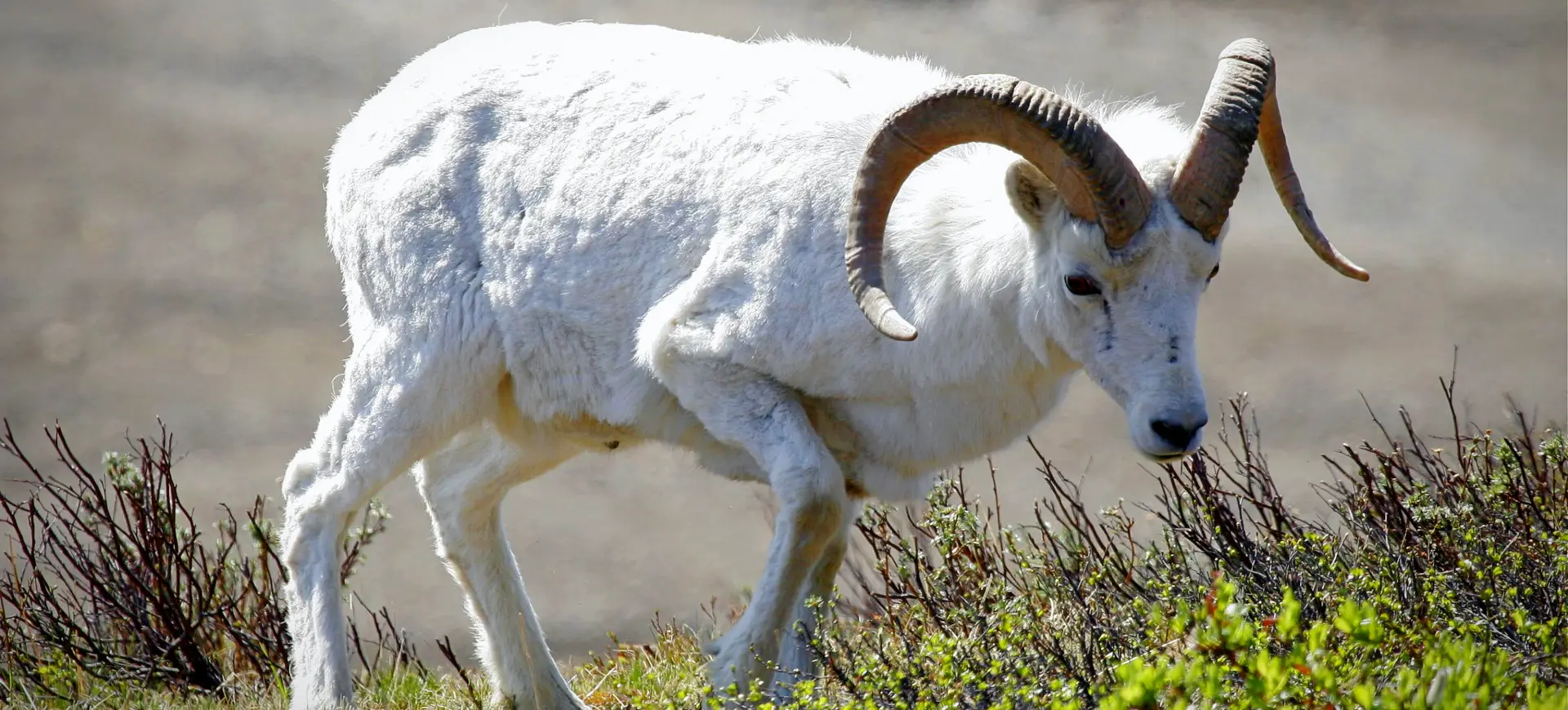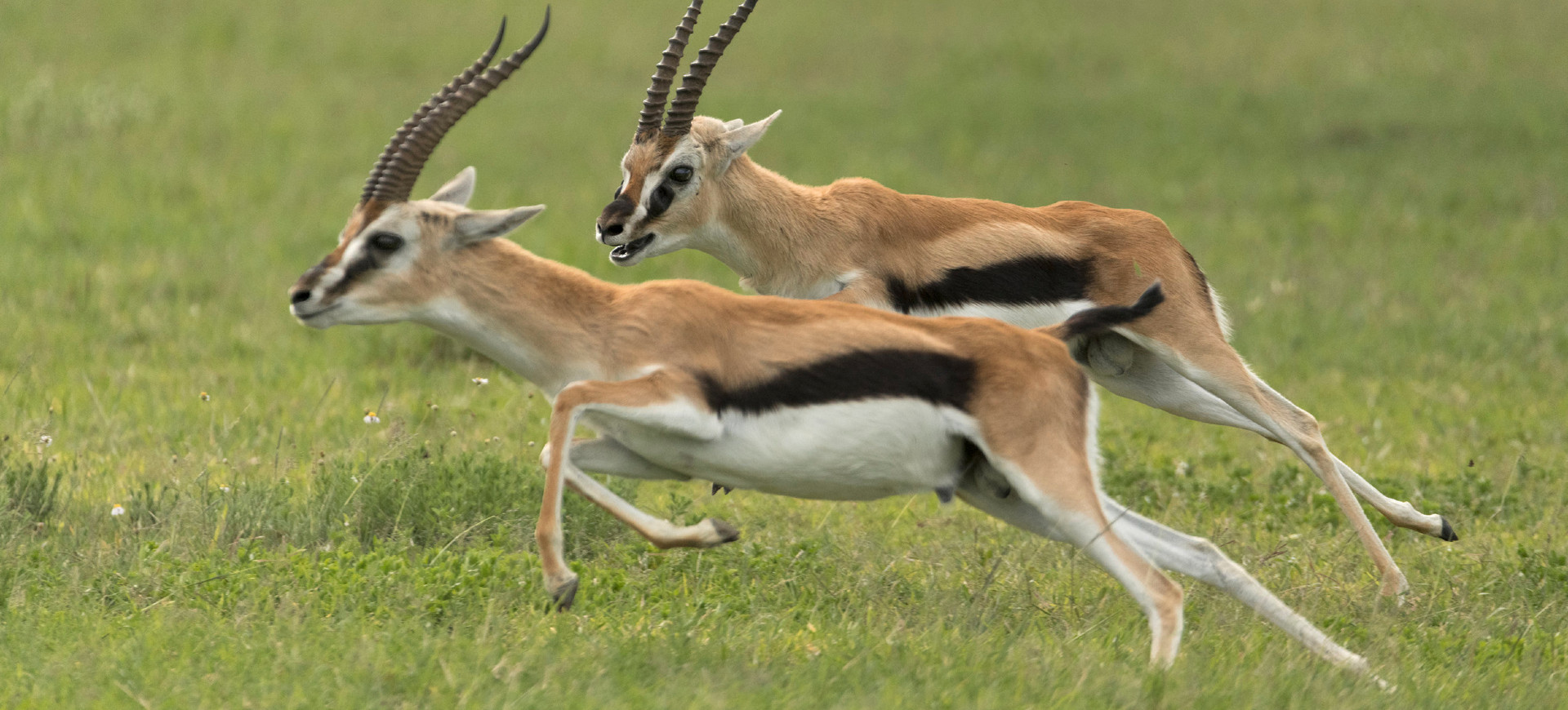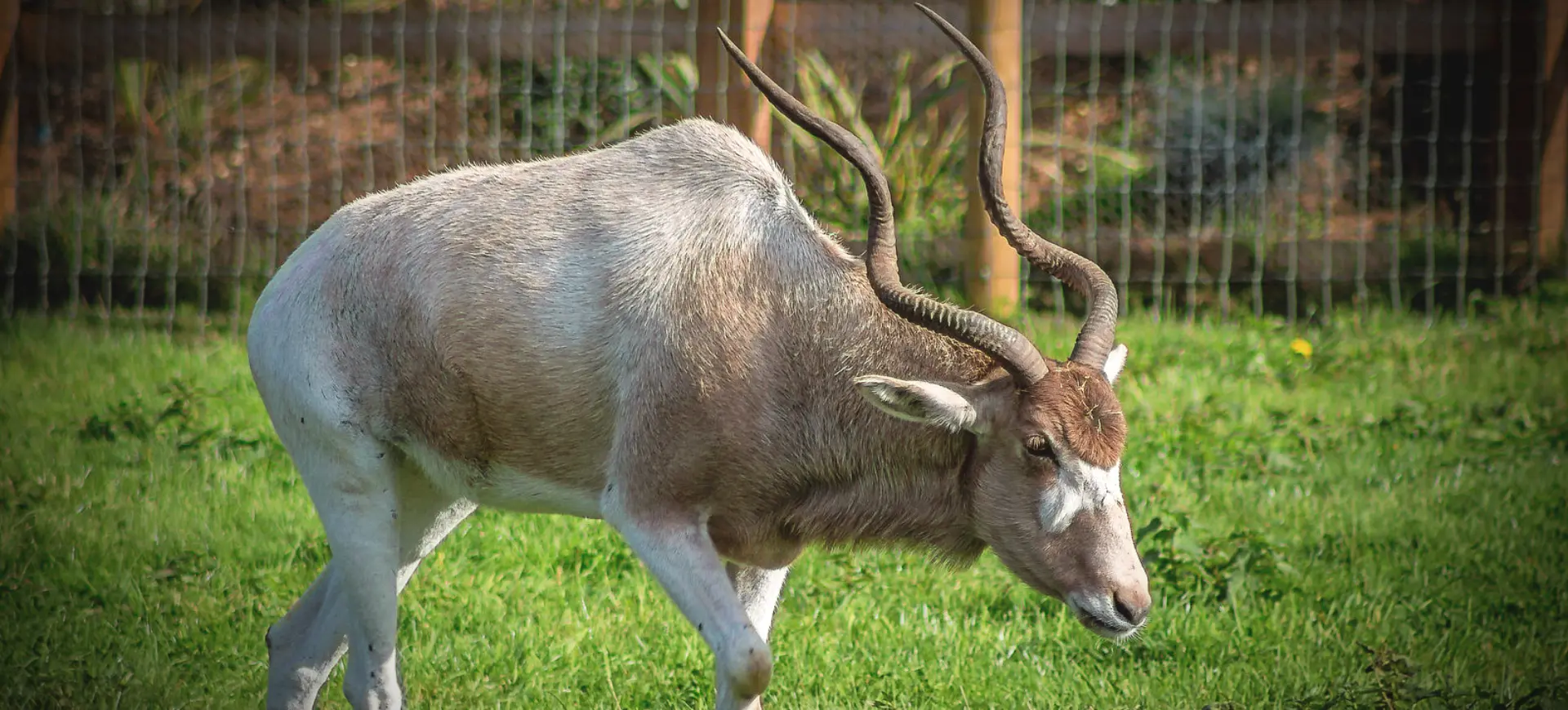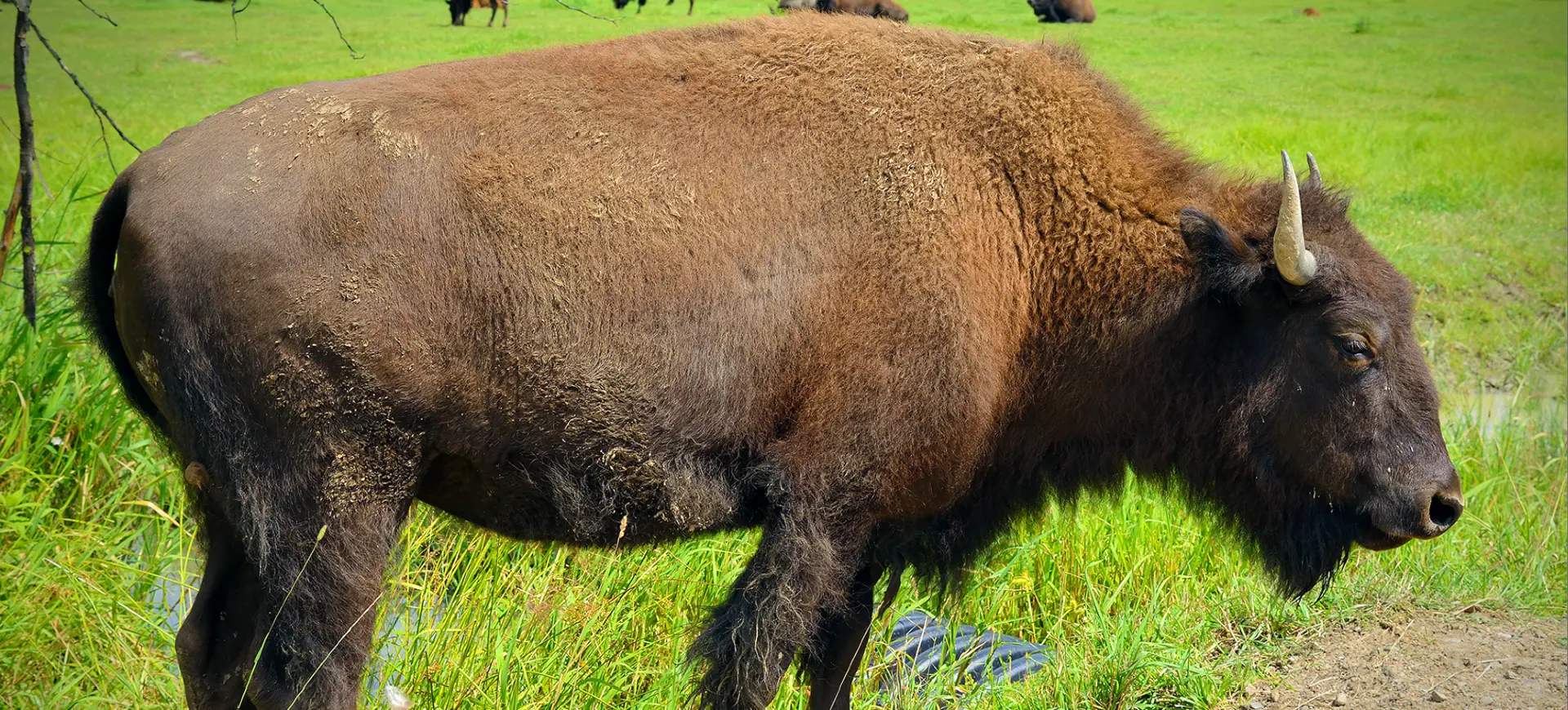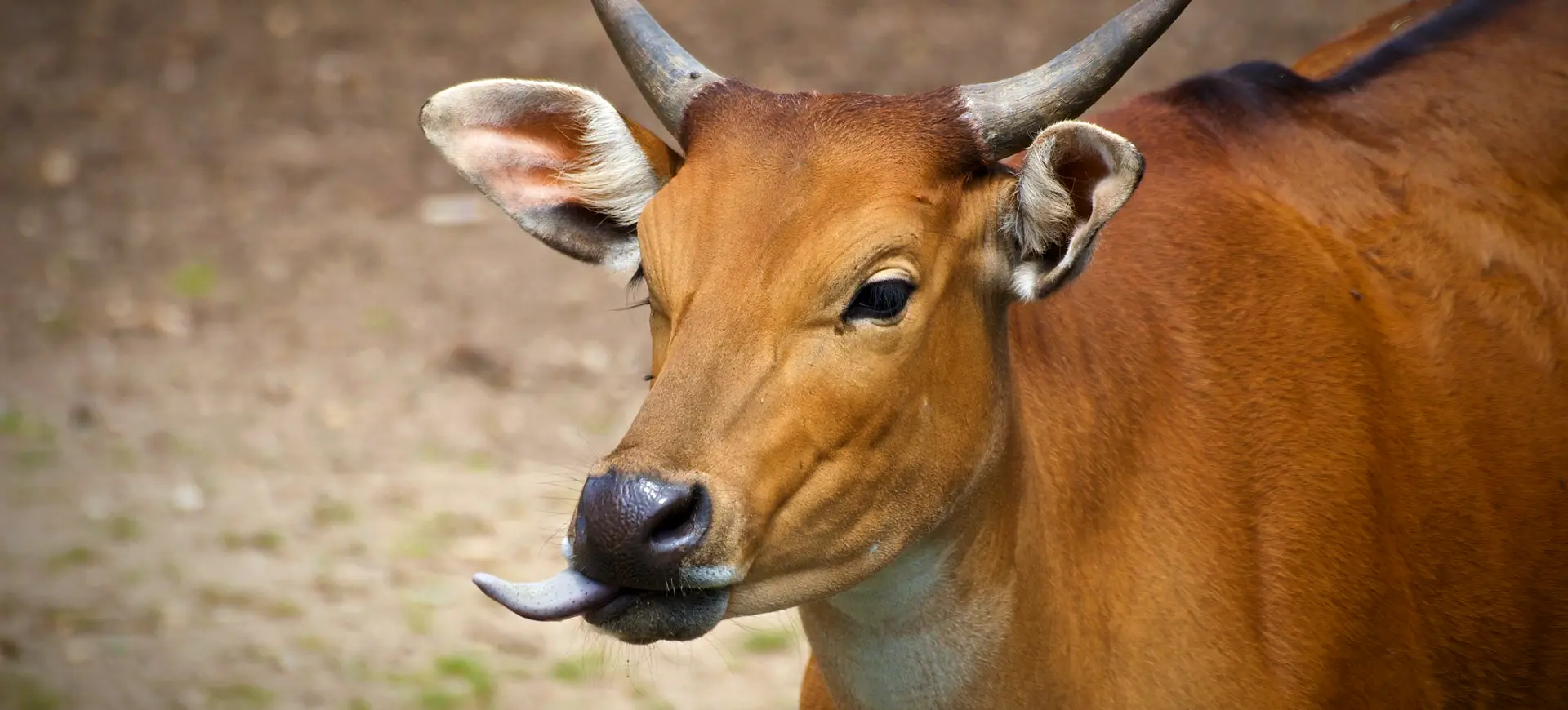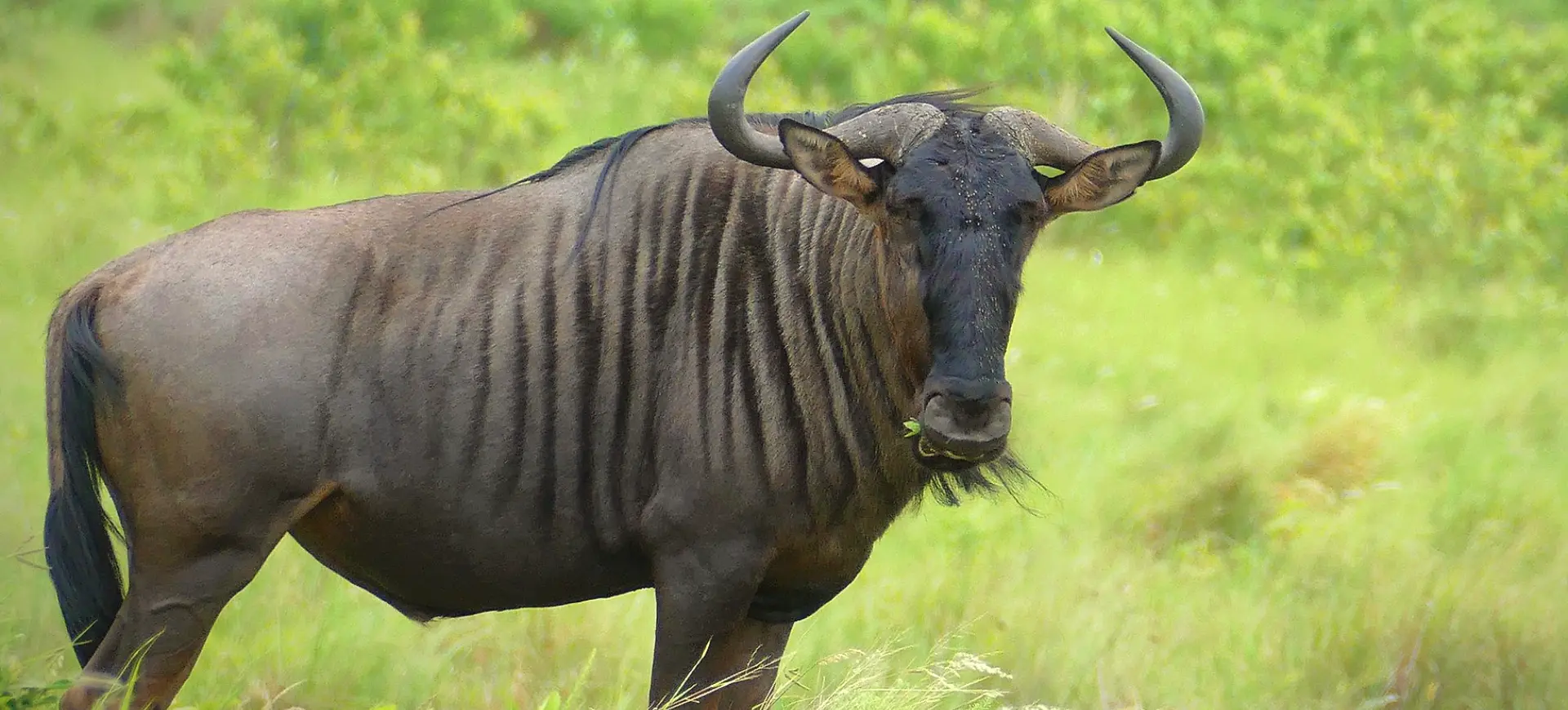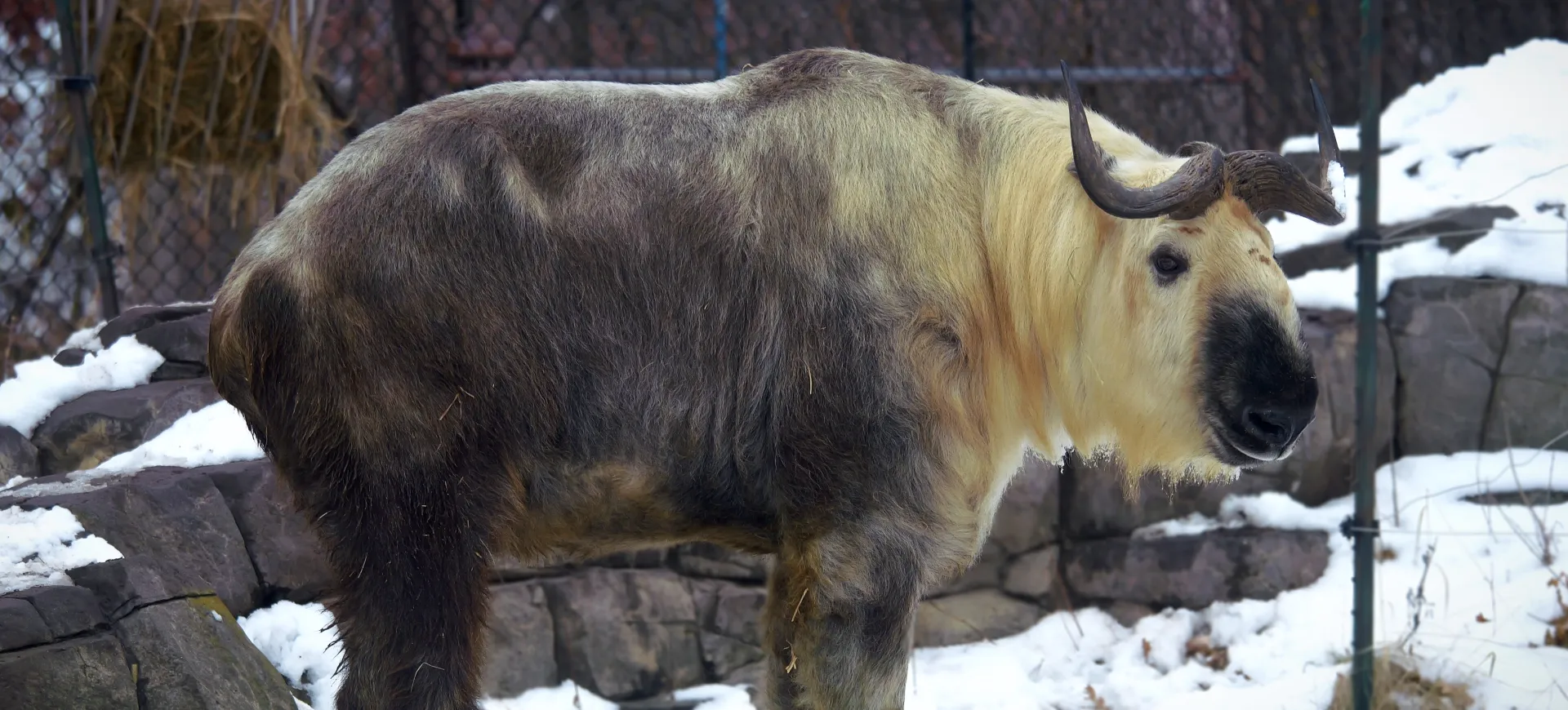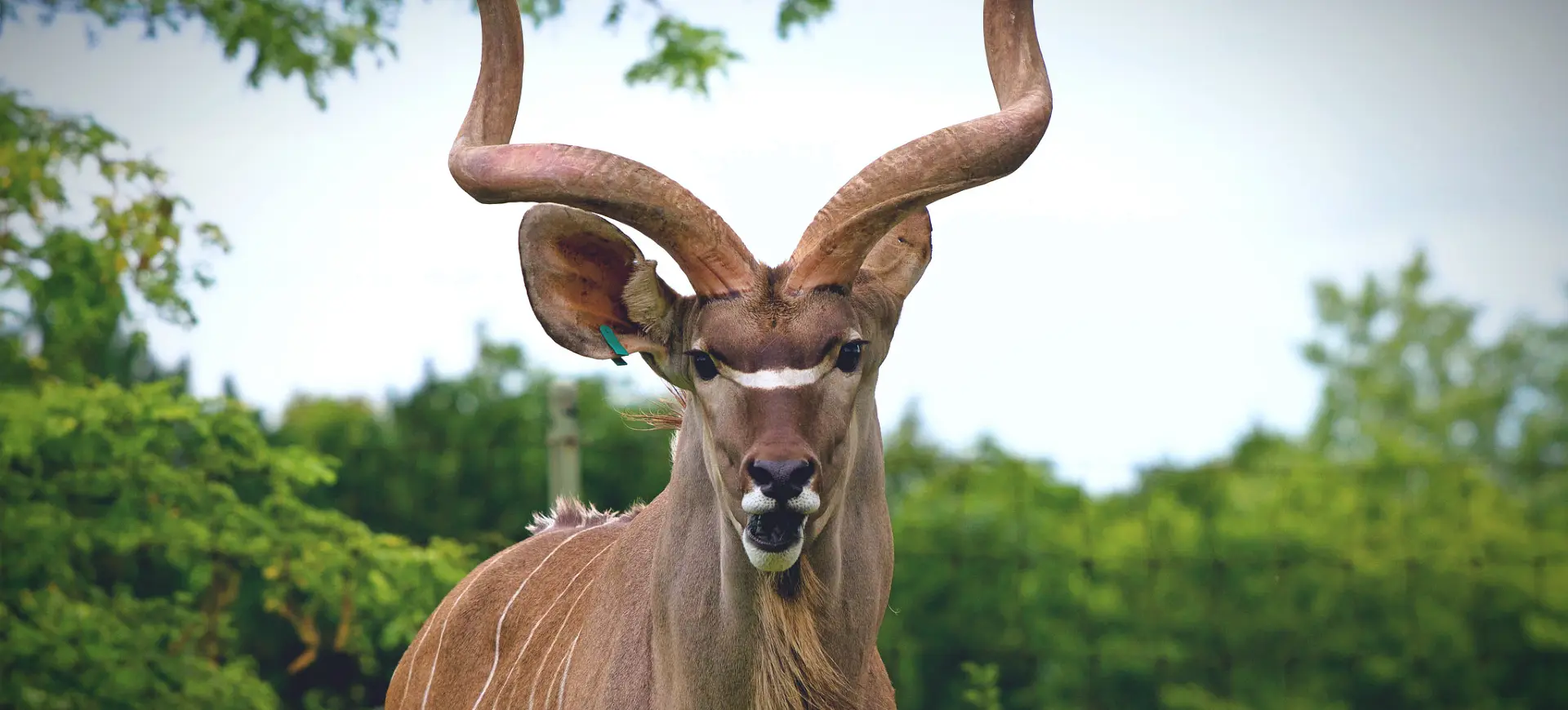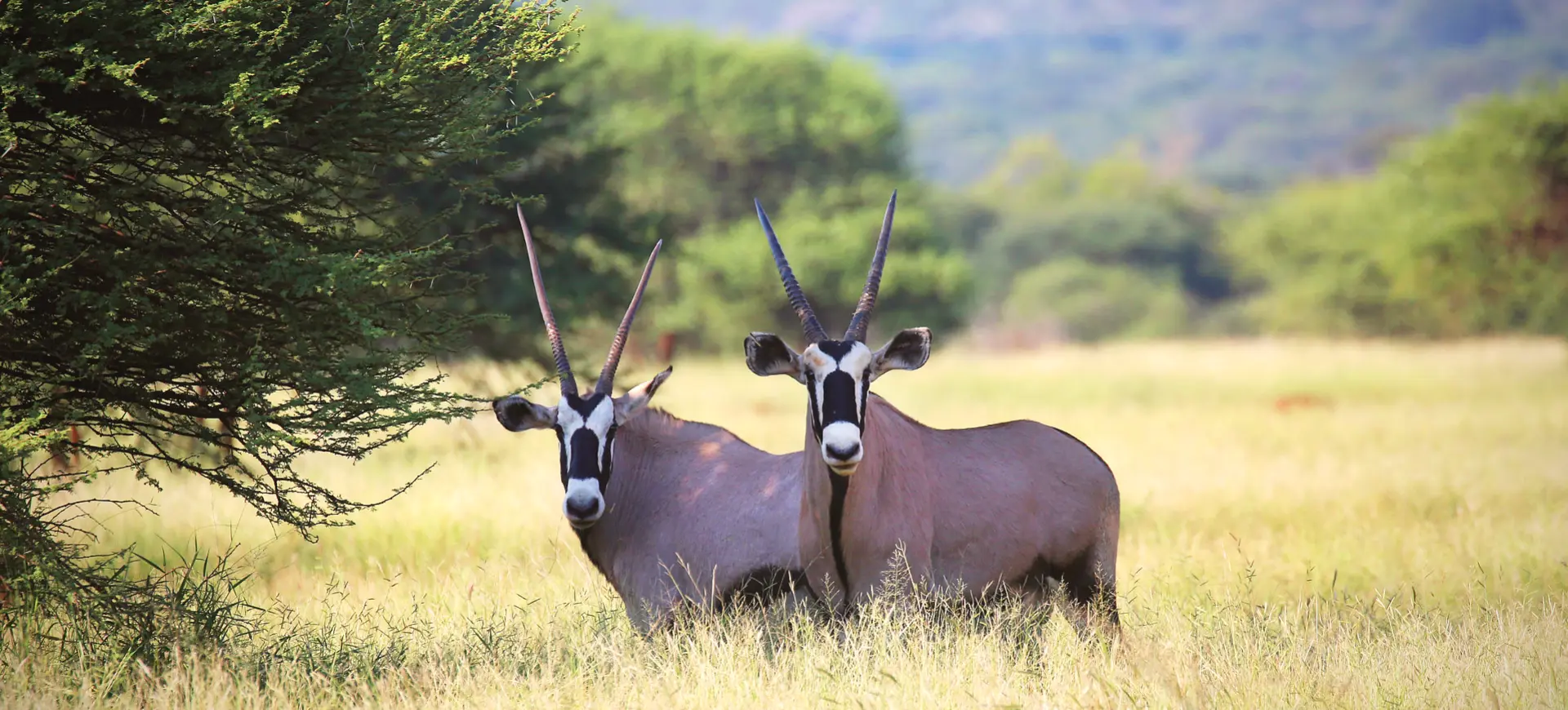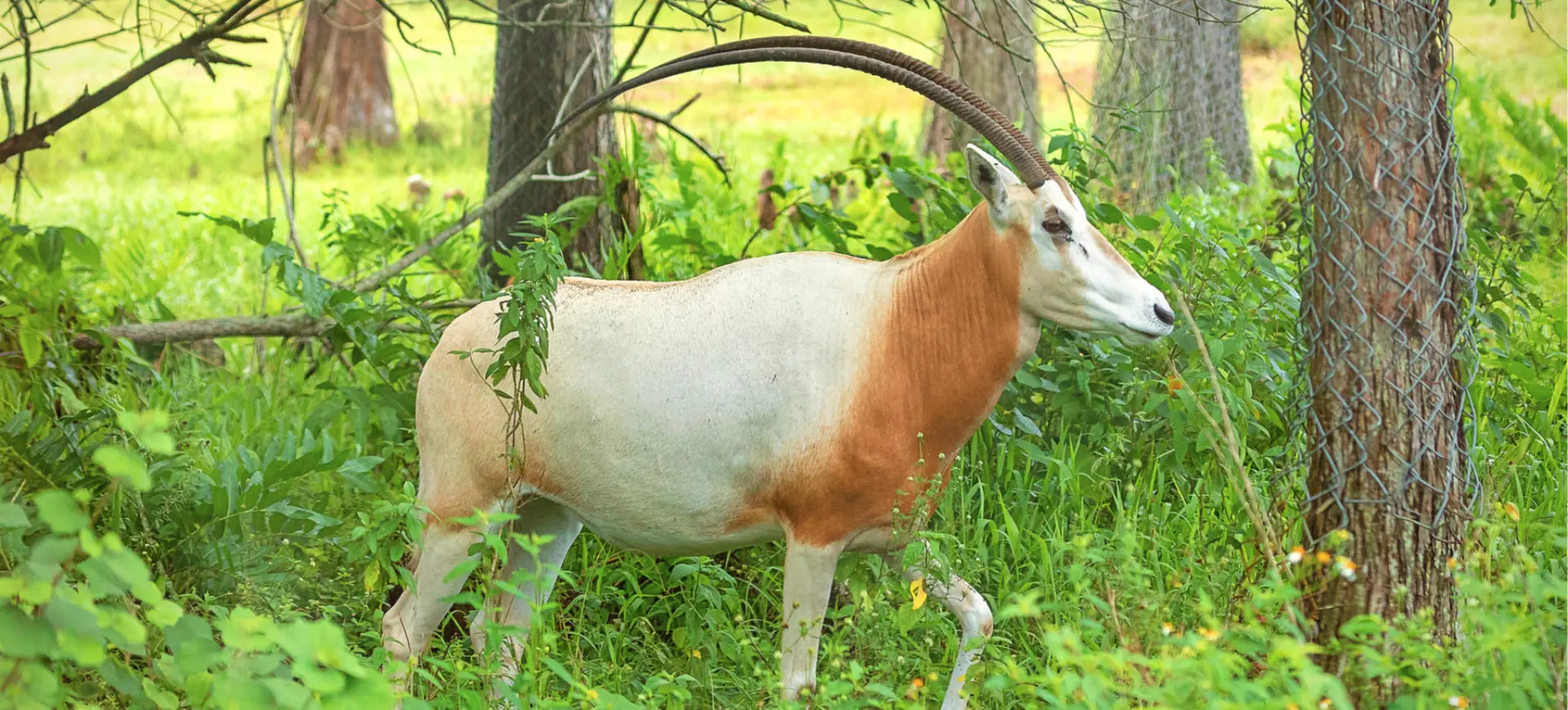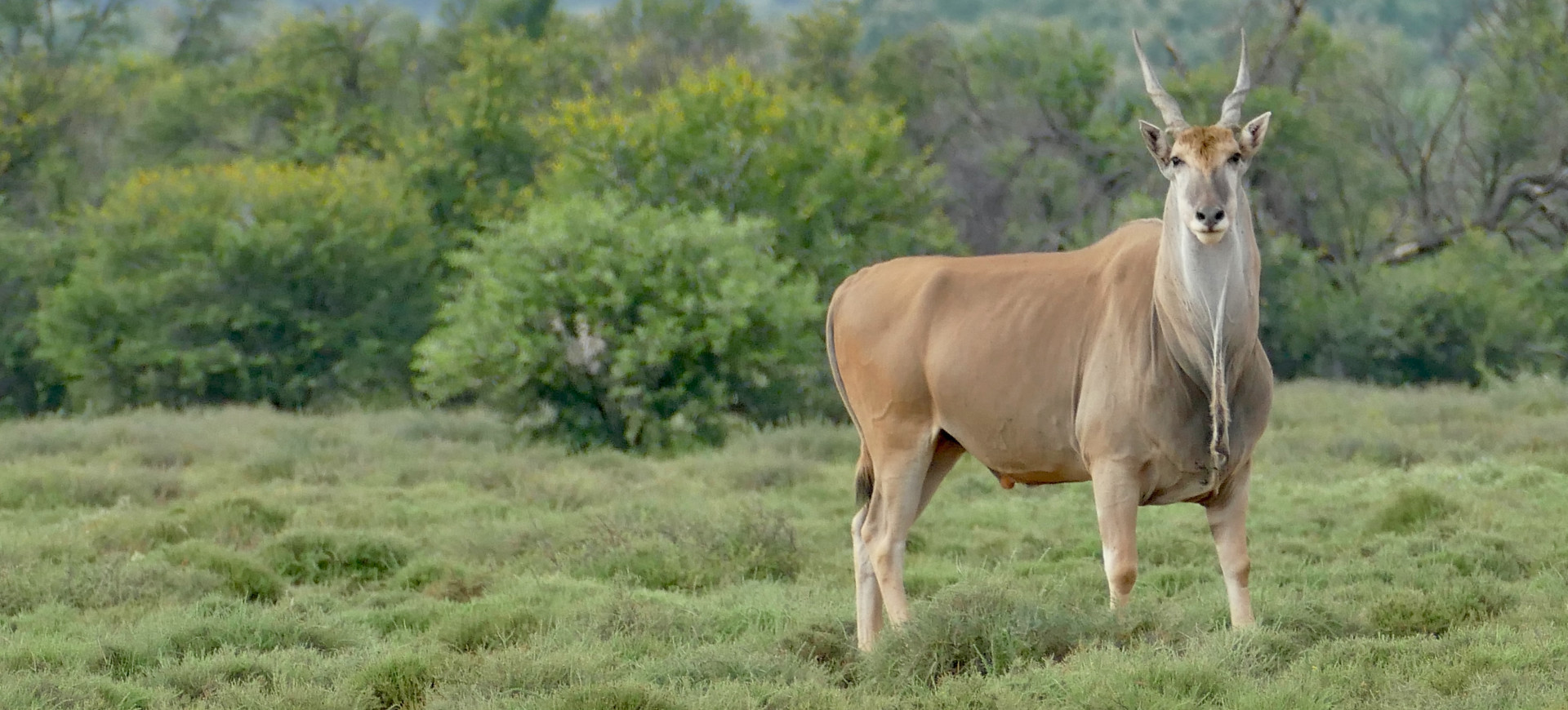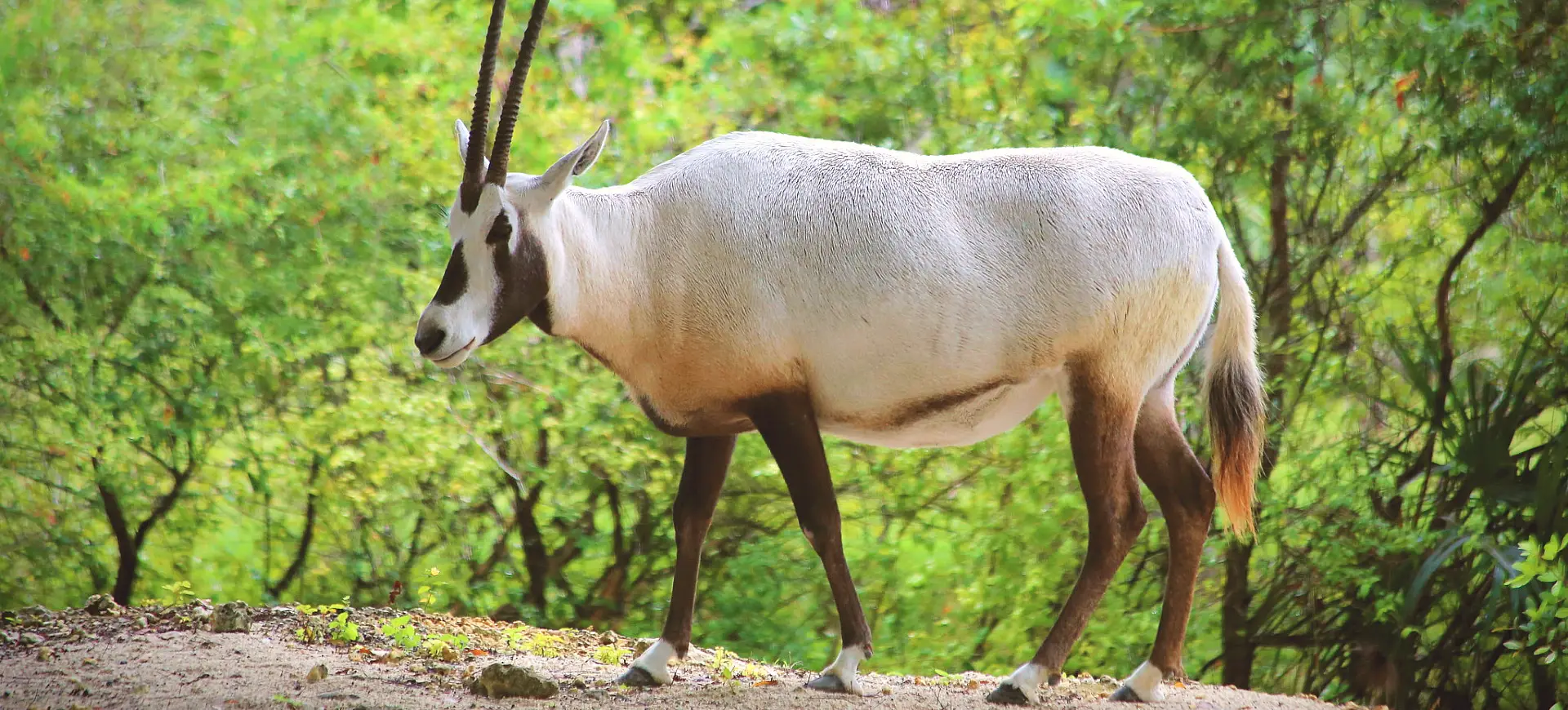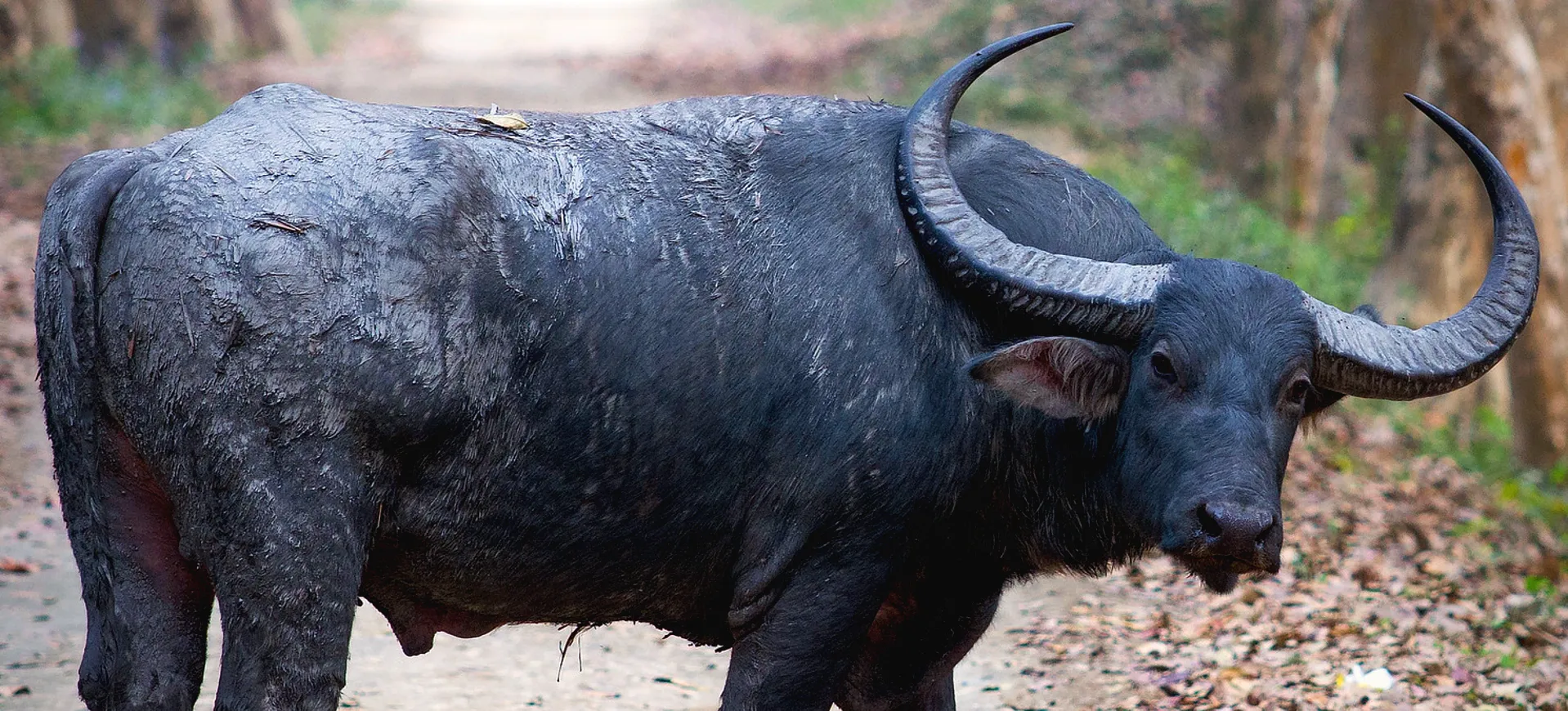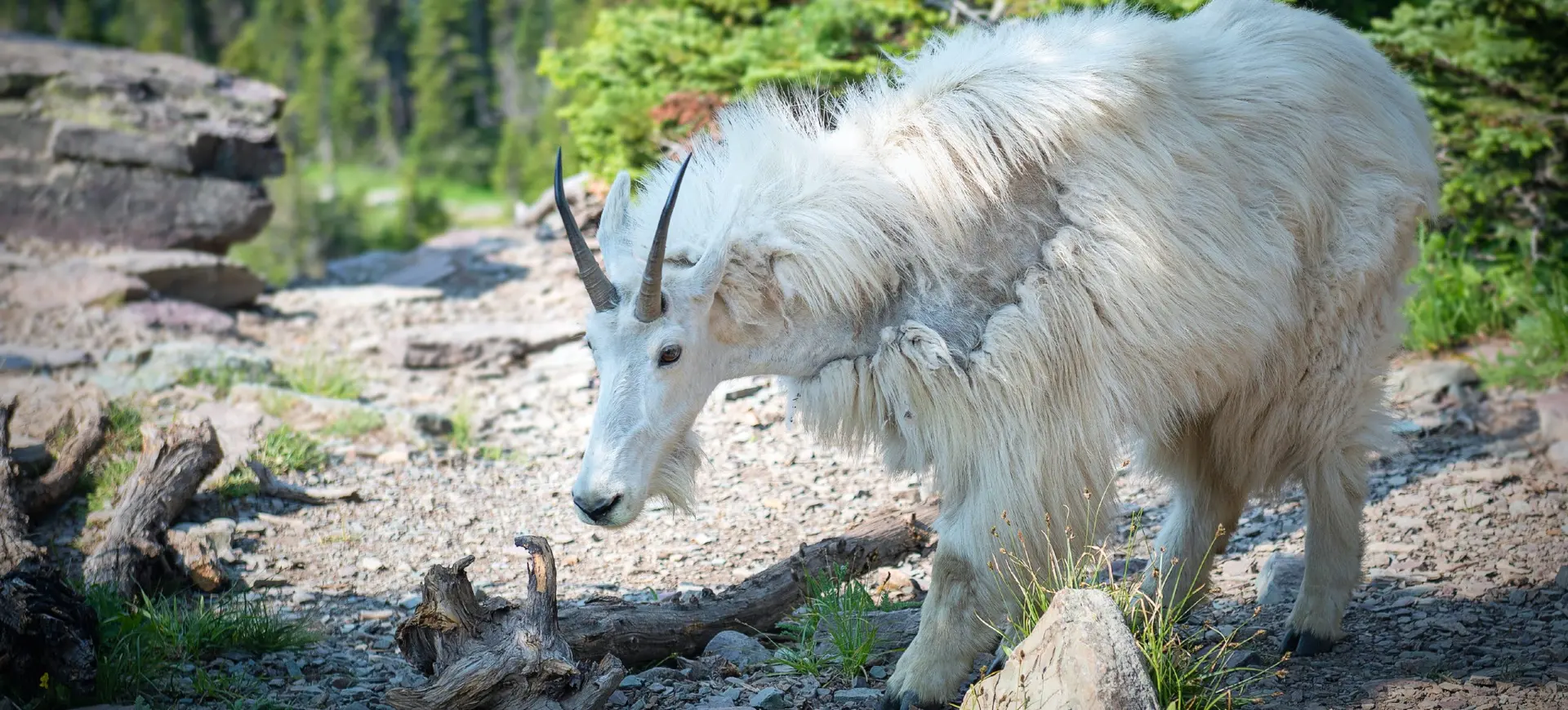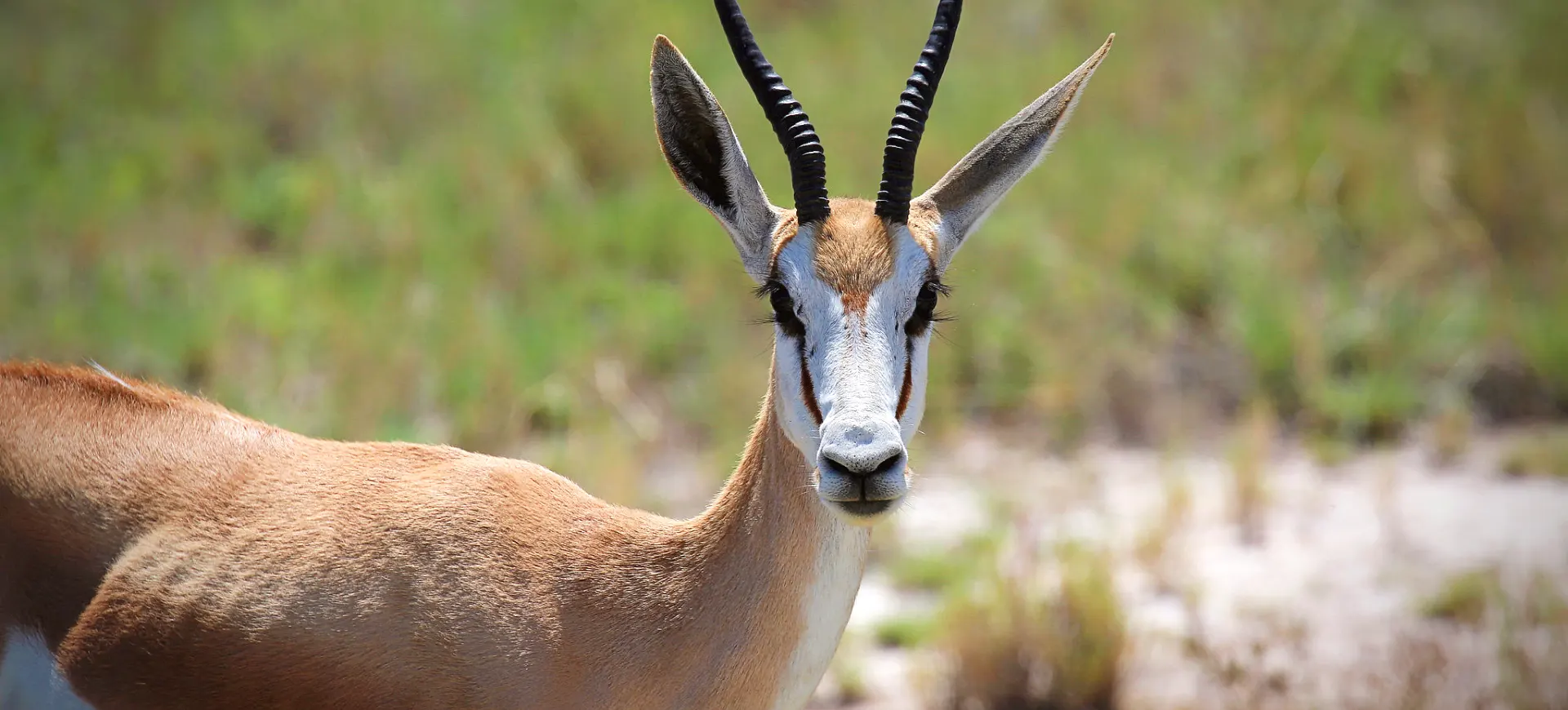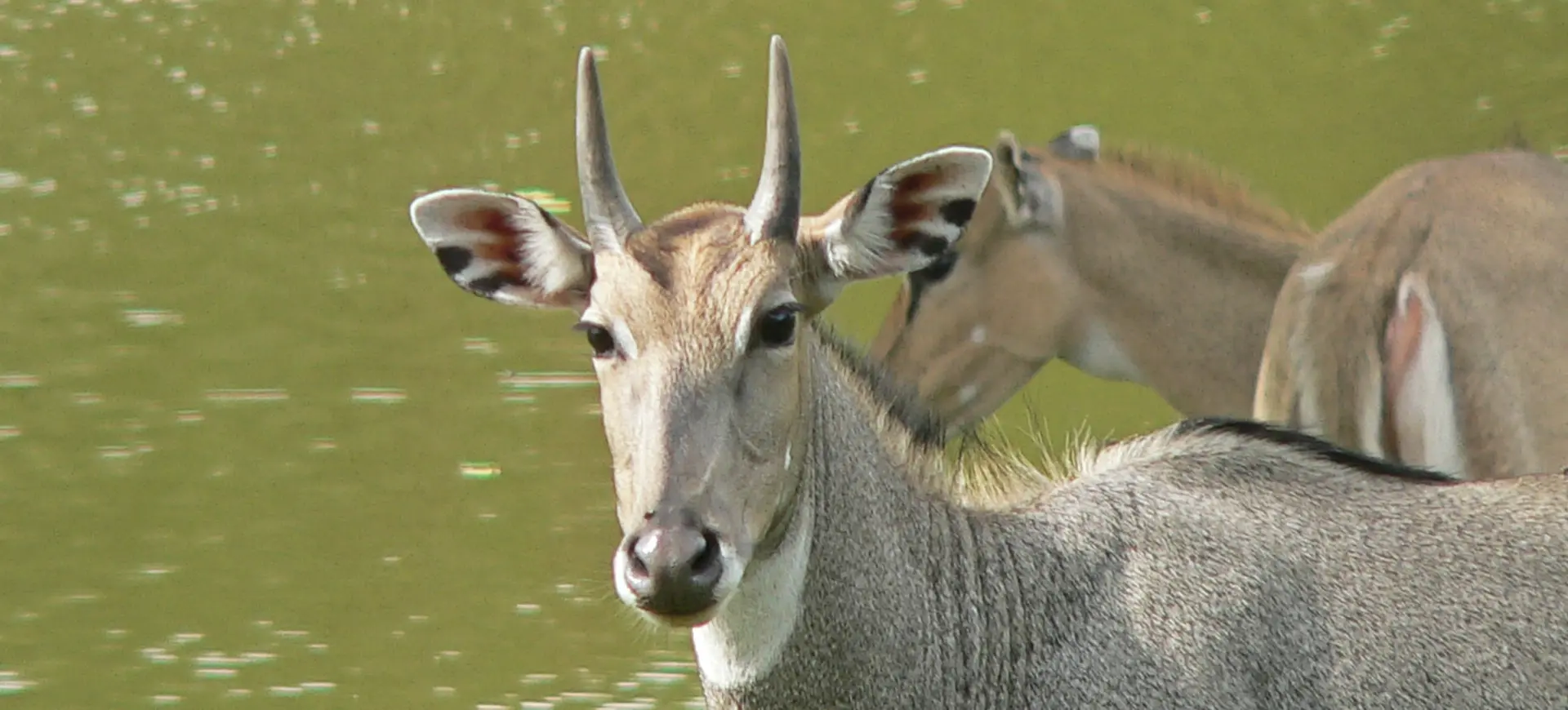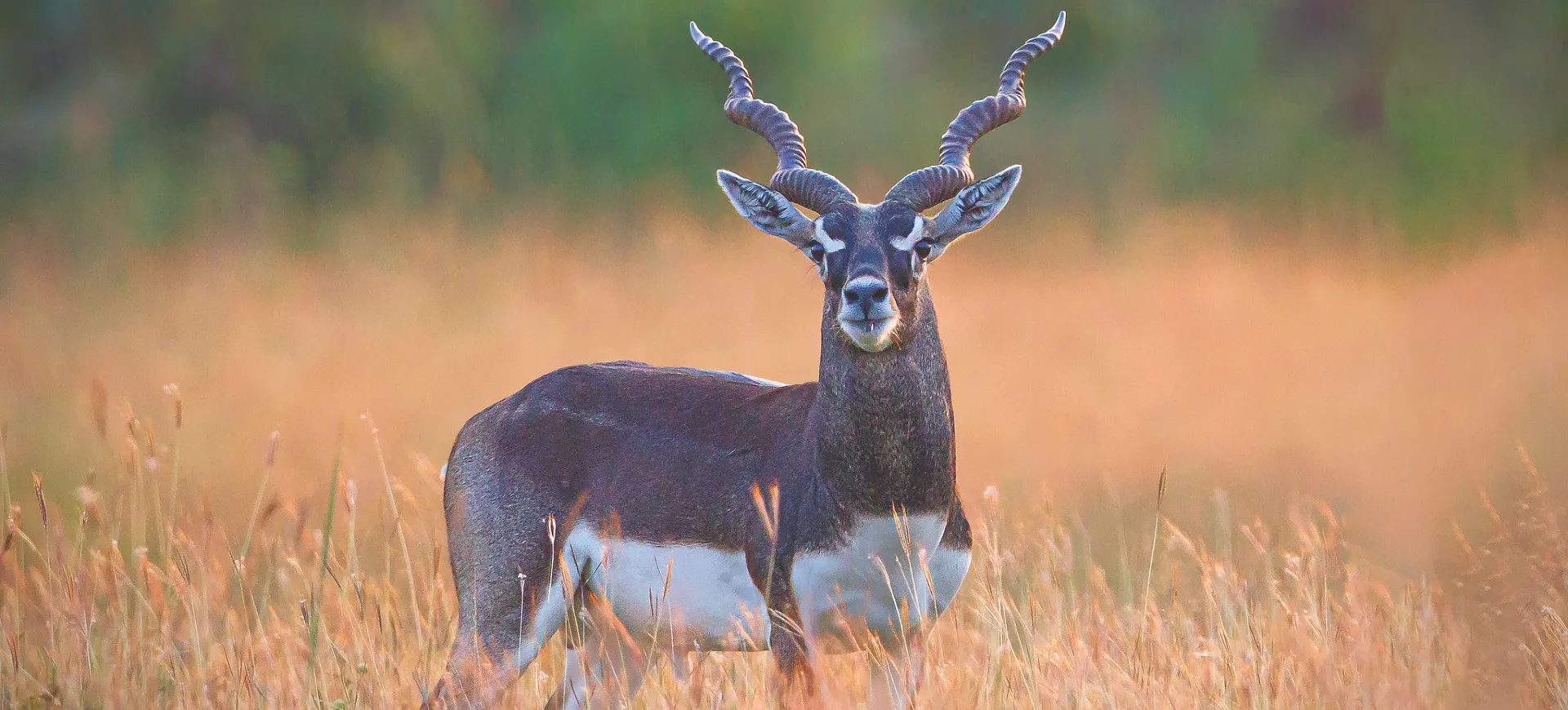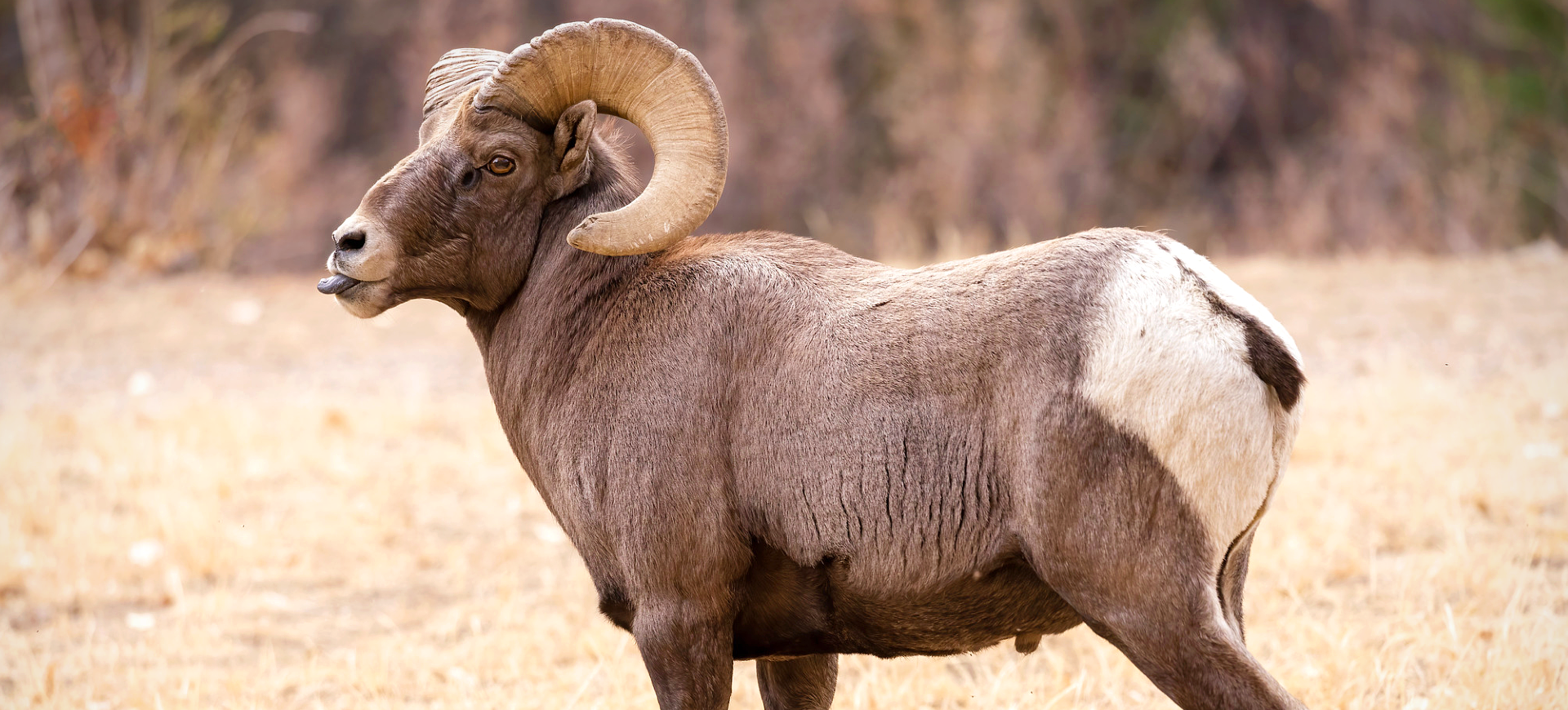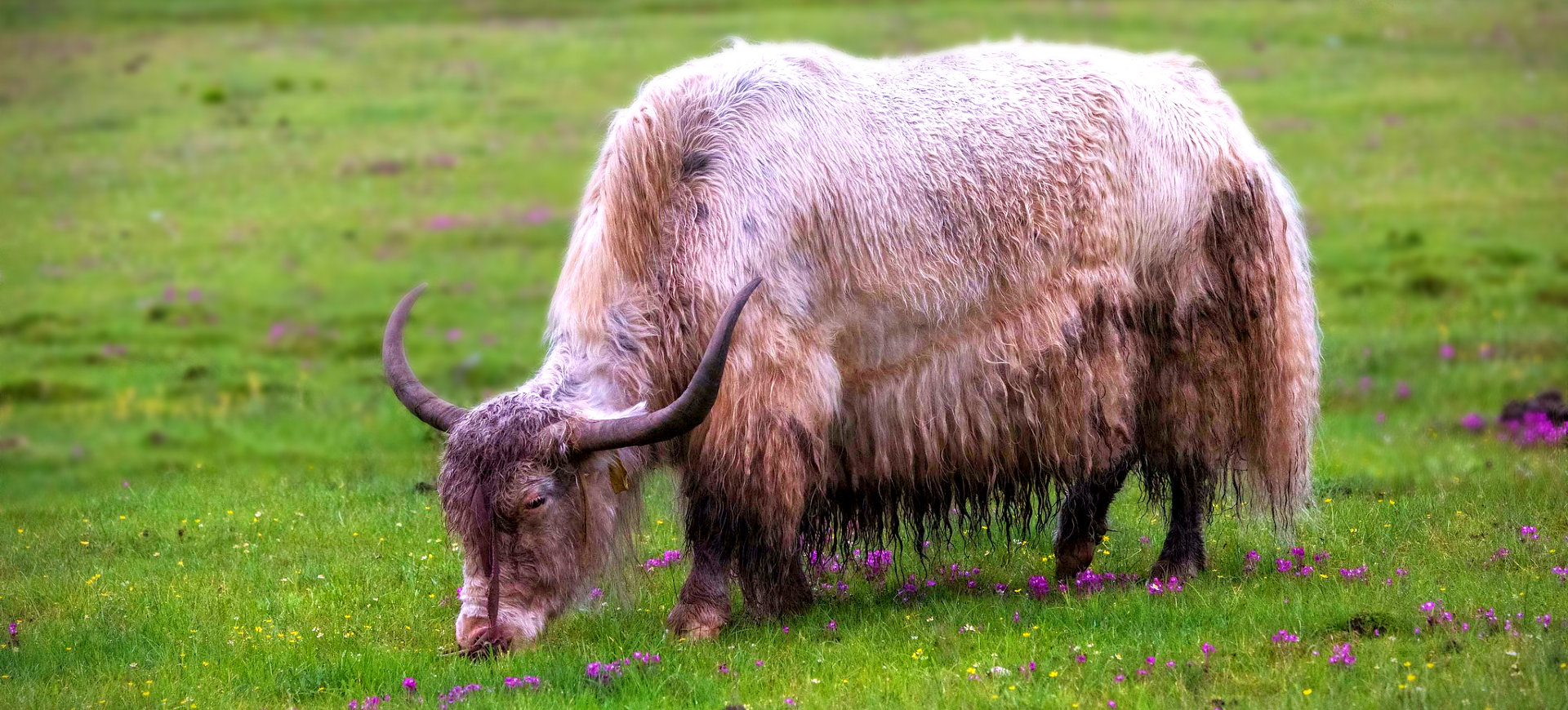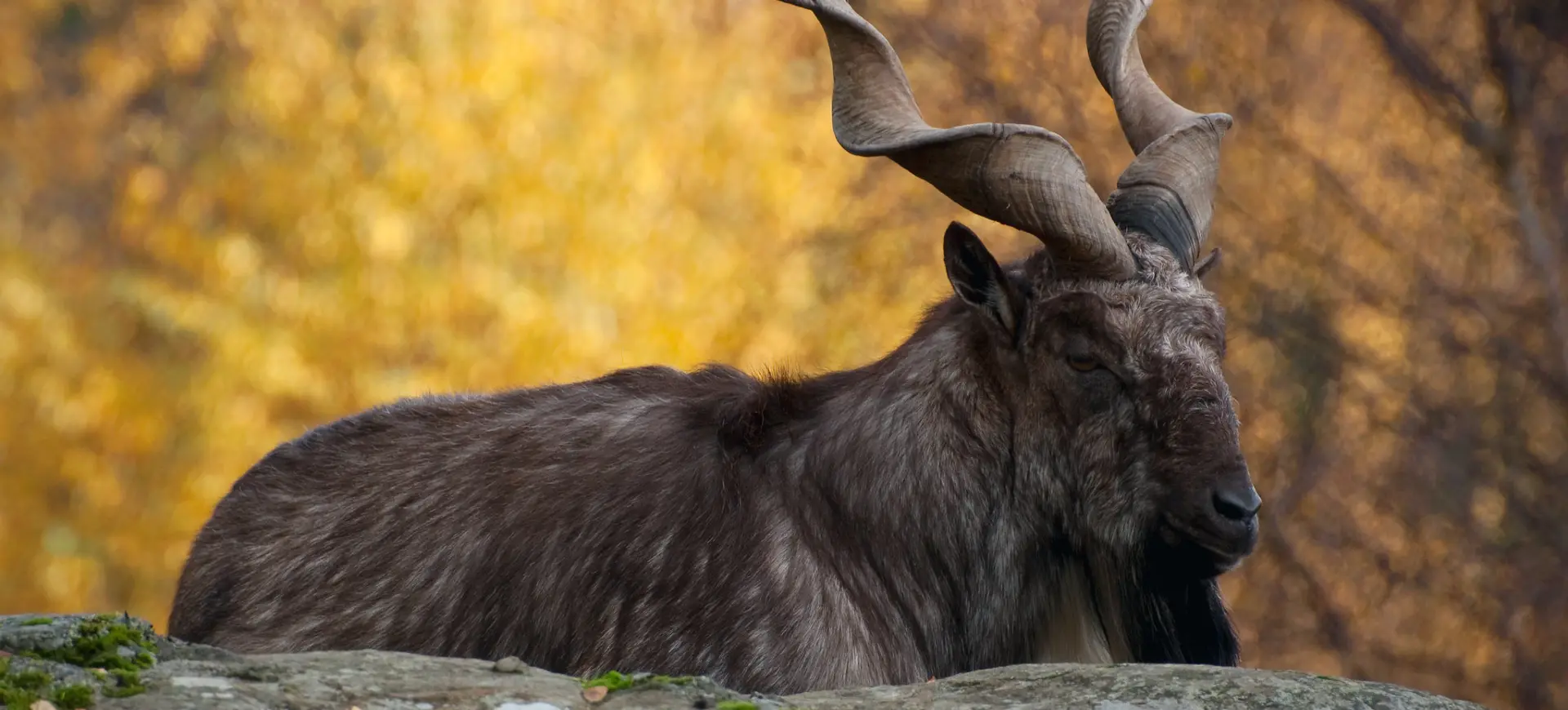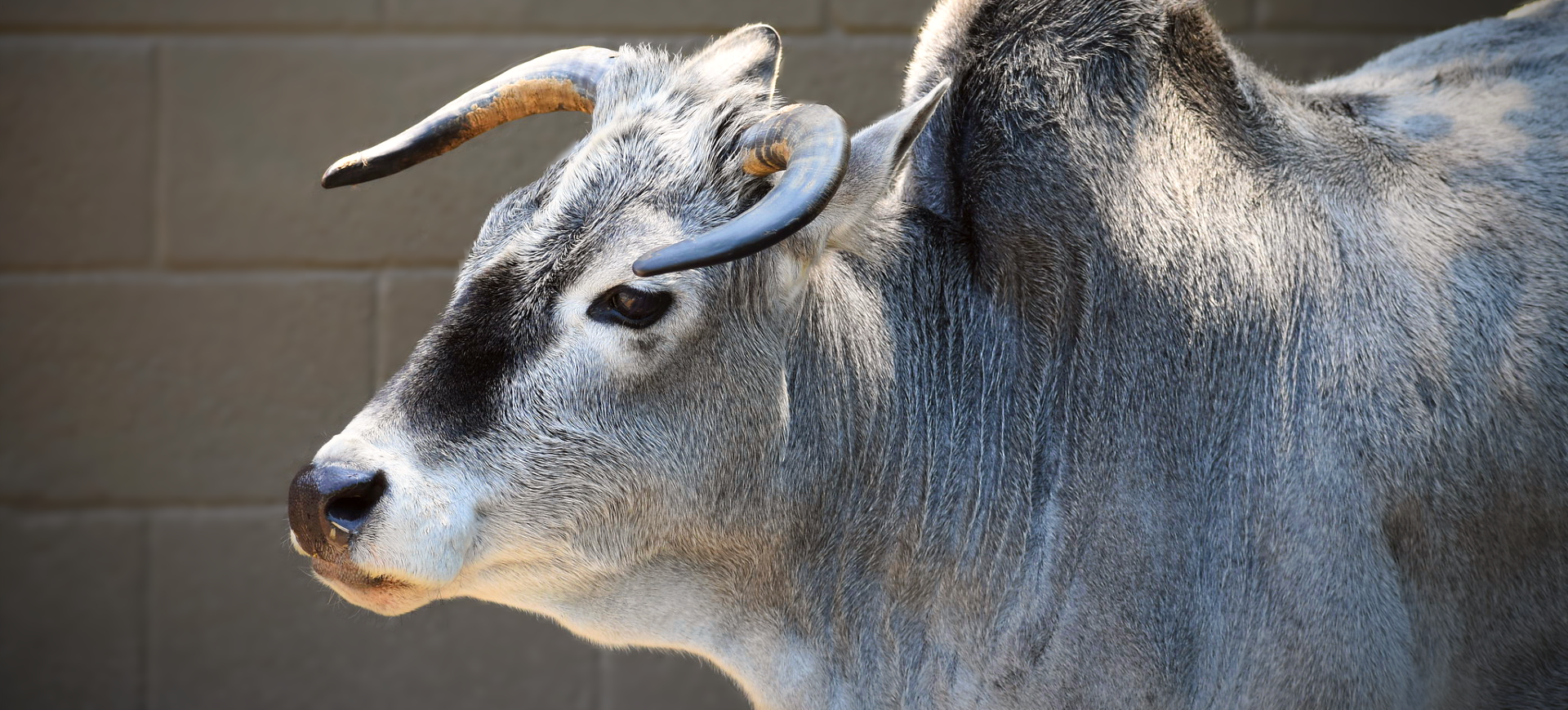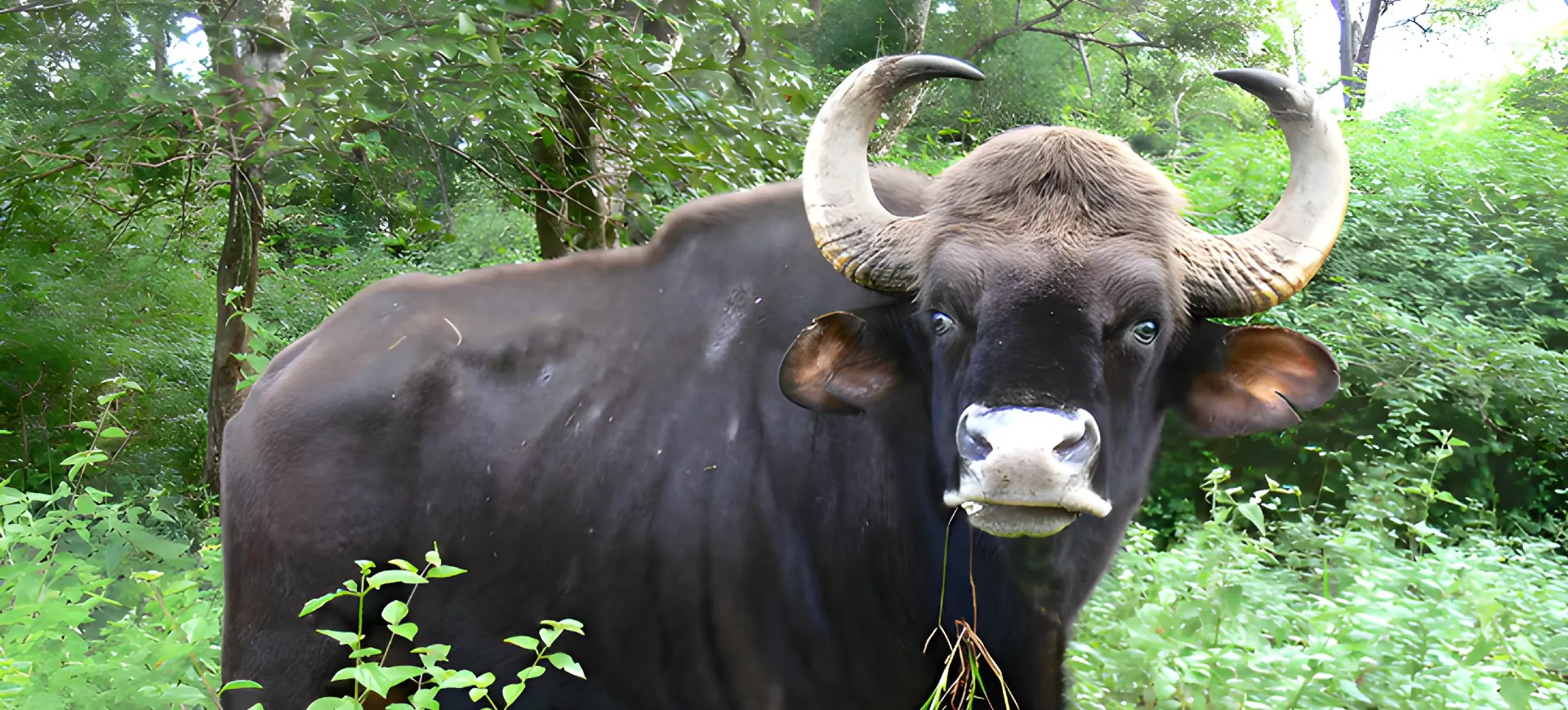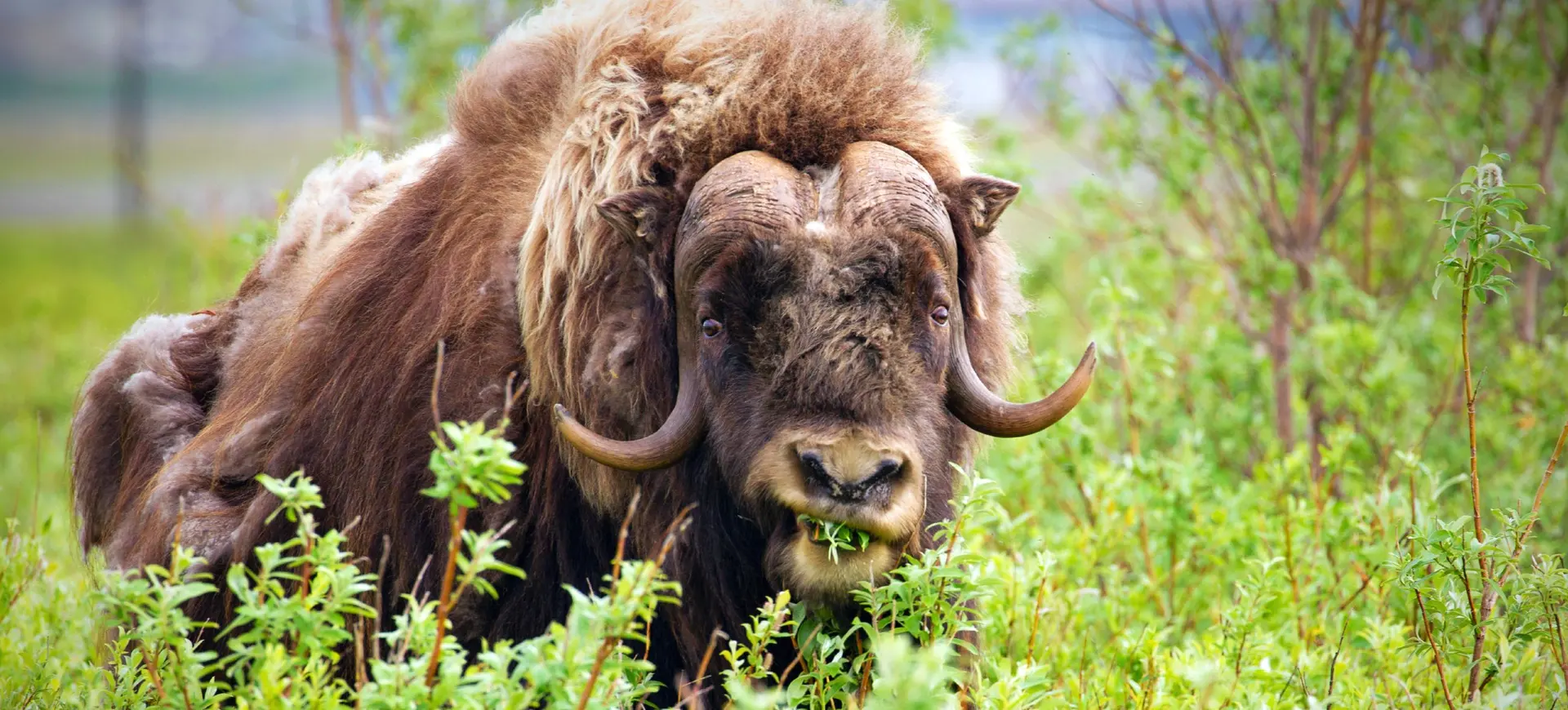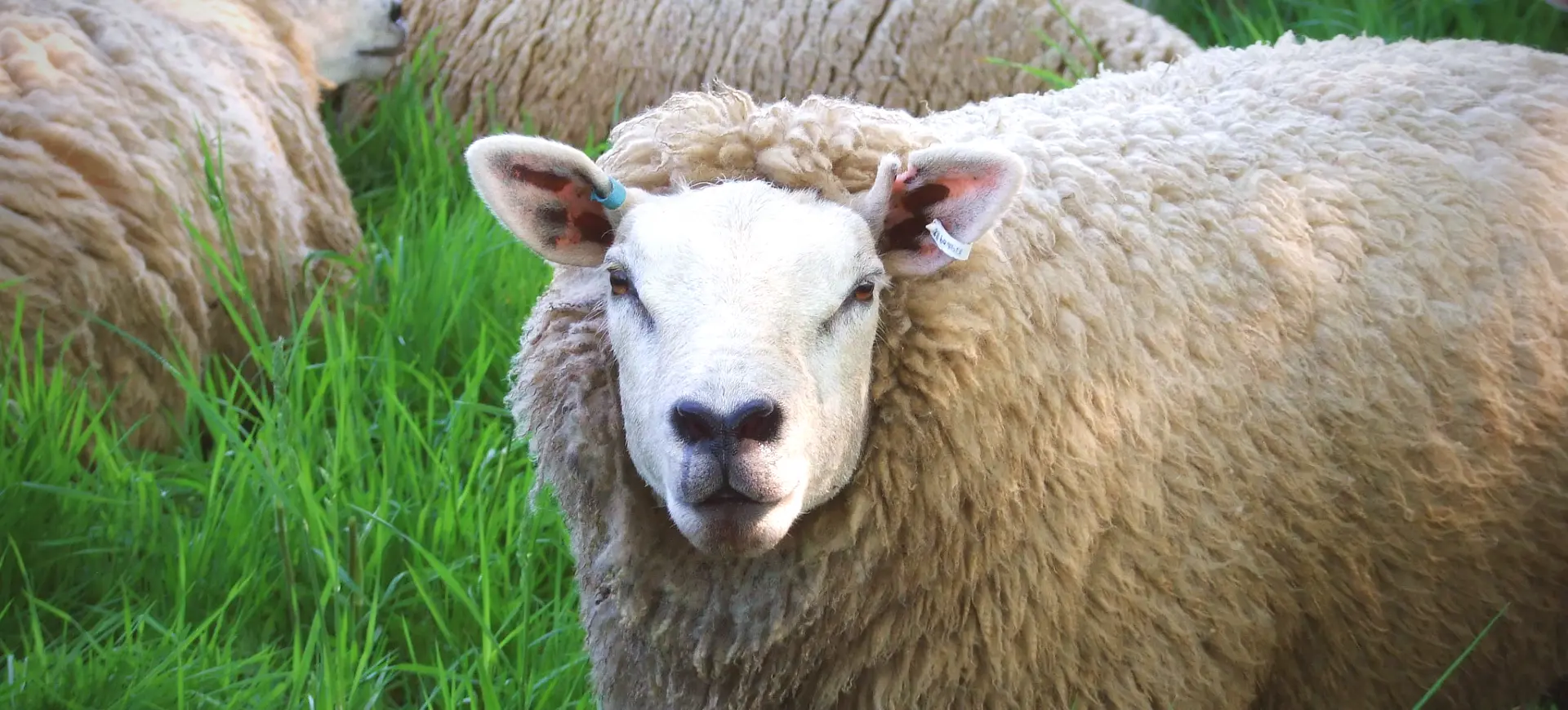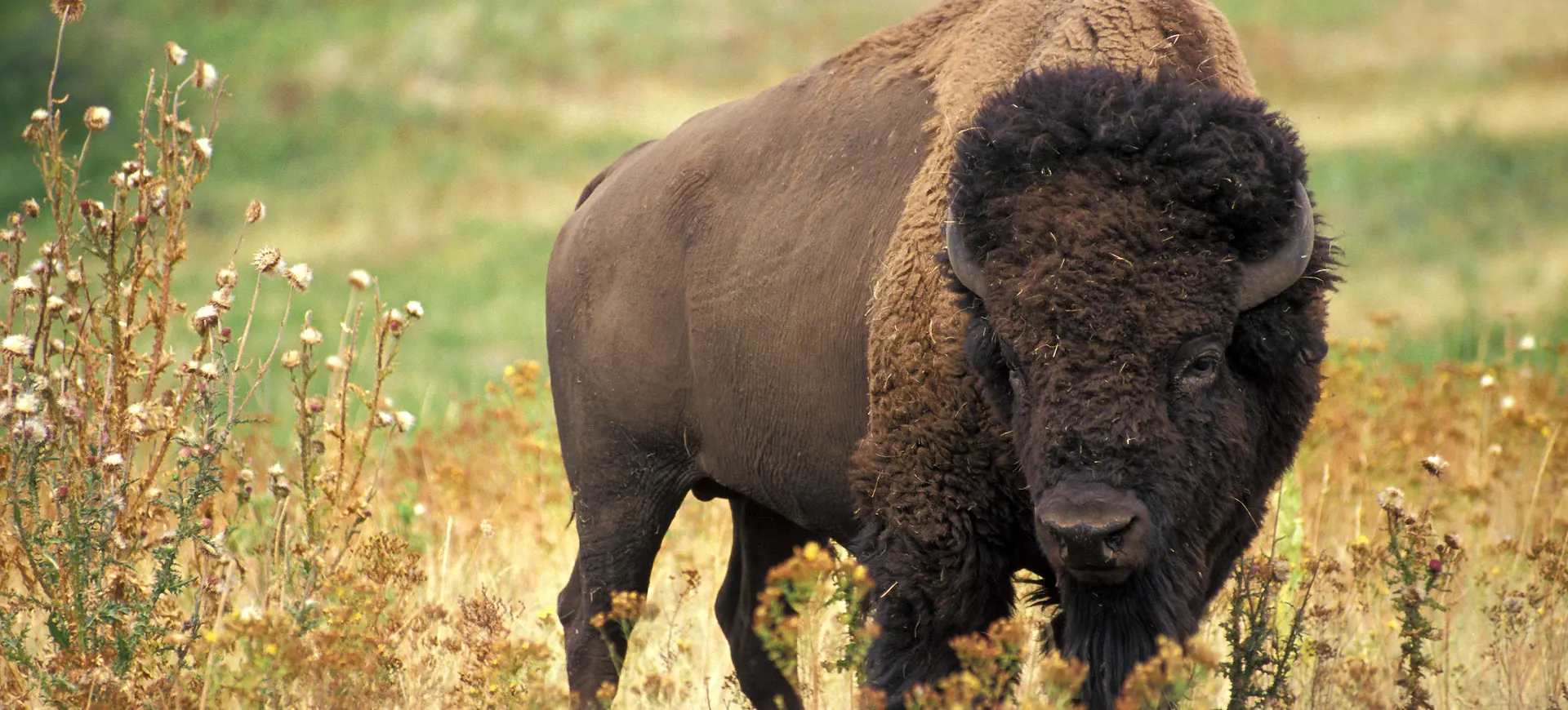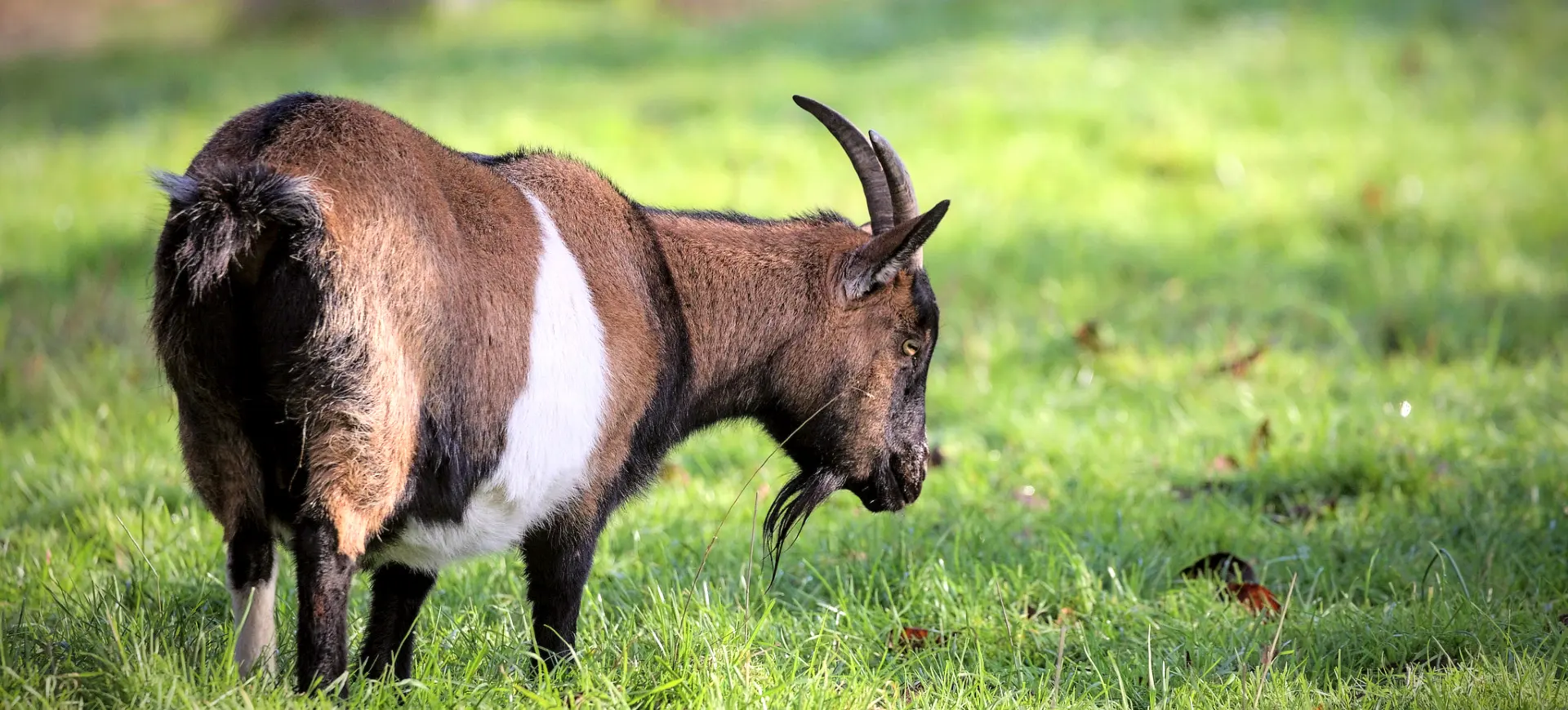Overview
The Anglo-Nubian goat is unique from a cross between British goats and bucks of African and Indian descent. This diverse genetic background contributes to the breed’s distinctive physical features and adaptability. One of the most immediately recognizable traits of the Anglo-Nubian goat is its long, drooping ears, which often draw attention. Coupled with a pronounced Roman nose, these features make the Anglo-Nubian one of the most easily identifiable goat breeds.
Primarily raised for their dairy production, Anglo-Nubian goats offer milk uniquely high in fat and protein content. These qualities make the milk exceptionally suitable for cheese-making, and it is often sought after for this purpose. The richness of their milk also lends itself well to other dairy products such as yogurt and butter, making the Anglo-Nubian a valuable asset in dairy farming.
In addition to their dairy-producing capabilities, Anglo-Nubians are noted for their vocal nature. Unlike other goat breeds, which may bleat occasionally, Anglo-Nubians are known to vocalize more frequently and at a higher volume. These characteristic bleats are often described as “talkative” and are endearing traits that make the breed popular among farmers and hobbyists alike. The vocalization is not only a form of communication among the herd but is also thought to be a way the goats interact with their human caregivers.
Taxonomy
Kingdom
Phylum
Class
Order
Family
Genus
Species
Type
RANGE
Current distribution:
The Anglo-Nubian goat is predominantly found in the world's warmer regions, adapting well to arid and semi-arid climates. Originally bred in England, these goats are widespread across the United States, Africa, and Australia. Their adaptability to various climates has enabled a broad distribution, making them a common sight in many global farms and smallholdings.
In the UK, where they were first developed, Anglo-Nubian goats are maintained primarily for milk production and as show animals, benefiting from the temperate climate. Their presence is notable in areas of the Middle East and India, where they contribute significantly to local dairy production. The breed's resilience and ability to thrive in hot conditions have bolstered its numbers in these regions, integrating well into the local agricultural systems.
Physical Description:
Anglo-Nubian goats are large, and their appearance is marked by some distinctive features that set them apart from other goat breeds. Their long, drooping ears and Roman nose are the most prominent characteristics, often capturing immediate attention. The coat of these goats is short and fine, offering a variety of colors and patterns. This can include shades such as brown and black and more complex patterns like spotting. Males in the breed often sport a beard, adding to their distinct appearance.
Beyond their aesthetic attributes, Anglo-Nubian goats are also well-regarded for their robust body structure. These physical traits make them capable of endurance and agility, making them highly versatile in different environments. Whether they are reared for dairy, meat, or companion animals, their build enables them to adapt to various conditions. It is common for both male and female Anglo-Nubians to have horns. Still, these are often removed at a young age—commonly referred to as disbudding—for safety reasons and to comply with specific farming practices.

Lifespan: Wild: ~10 Years || Captivity: ~15 Years

Weight: Male: 175-250 lbs (80-113 kg) || Female: 135-200 lbs (61-91 kg)

Length: Male: 35–40 in (89–102 cm) || Female: 30–35 in (76–89 cm)

Height: Male: 32–35 in (81–89 cm) || Female: 30–32 in (76–81 cm)

Top Speed: 15 mph (24 km/h)
Characteristic:
Native Habitat:
Anglo-Nubian goats are remarkably adaptable animals, capable of thriving in diverse climatic conditions ranging from hot, arid regions to more temperate zones. This adaptability can be traced back to their origins; the breed was developed in the United Kingdom through a crossbreeding program involving native British goats and goats from Africa and India. The resulting genetic diversity endowed the Anglo-Nubian with a robust constitution that allowed it to adapt to various environmental conditions. This adaptability has made the breed especially popular among farmers and breeders across continents, including North America and Australia.
The breed’s wide-ranging suitability to different climates makes it a versatile choice for livestock farming and contributes to its growing popularity in different agricultural systems. Whether raised in the dry regions of Australia or the colder climates of North America, Anglo-Nubian goats have shown remarkable resilience and adaptability. Their ability to adjust to different conditions makes them a highly sought-after breed for various purposes, including dairy production, meat, and even companion animals.
Climate Zones:
Biomes:
Biogeographical Realms:
Continents:
Countries:
Diet:
Diet & Feeding Habits:
Anglo-Nubian goats predominantly follow a herbivorous diet of various plant materials such as grains, hay, and fresh foliage. Being excellent browsers, they are willing to consume various plant types, including some that other livestock species may typically avoid. This adaptability makes them well-suited for environments where food diversity is available. When reared in a more controlled setting like a farm, it is common to supplement their natural diet with commercial goat feeds and essential minerals and vitamins to ensure that all their nutritional requirements are met.
Hydration is another critical aspect of the Anglo-Nubian goat’s dietary needs. Providing clean, fresh water is essential for their well-being, particularly if they are being raised for milk production. Sufficient hydration not only impacts the quality and quantity of the milk but also has broader implications for the general health and vitality of the animal. Therefore, ensuring constant access to clean water is a fundamental aspect of managing a herd of Anglo-Nubian goats, whether on a farm or in a more naturalized setting.
Mating Behavior:
Mating Description:
Mating among Anglo-Nubian goats typically occurs during the rutting season, which can differ based on geographical factors and local climatic conditions. During the rut, males, often called bucks, display a noticeable increase in aggressive behaviors and produce strong odors to attract females. Conversely, females or males exhibit clear signs they are in heat. These signs include tail flagging and an uptick in vocalization; both signal their readiness for mating.
Following a successful mating, the gestation period for Anglo-Nubian goats lasts around 150 days. During this time, proper care and nutrition are essential for the health of the pregnant doe and the developing kids. At the end of gestation, the doe usually gives birth to one to three kids, although the number can vary. The birthing process is an important event that requires a clean and safe environment to ensure the well-being of both the mother and her new offspring.
Reproduction Season:
Birth Type:
Pregnancy Duration:
Female Name:
Male Name:
Baby Name:
Social Structure Description:
Anglo-Nubian goats are inherently social creatures, often thriving as part of a herd. They establish a pecking order within this social structure, usually led by a dominant individual or a few dominant members. This hierarchy is essential for maintaining order and stability within the group, and it influences behaviors such as grazing patterns and resting locations. The dominant individuals often lead the herd, making key decisions that affect the entire group.
While Anglo-Nubian goats are social and benefit from herd dynamics, they are also noted for their independent streak. They are generally more curious and adventurous compared to other goat breeds. This curiosity often manifests as a willingness to venture further from the herd to explore their surroundings. This trait can be both an advantage and a challenge for those who manage these animals; their exploratory behavior can lead them to discover new food sources but may also require more attentive oversight to ensure their safety.
Groups:
Conservation Status:
Population Trend:
Anglo-Nubian goats are not considered a conservation concern, largely owing to their widespread domestication and stable population numbers. Their growth in popularity is particularly noticeable in regions where goat milk and goat cheese are dietary staples or emerging trends. The breed is highly versatile, being raised for various purposes, including dairy production, meat, and even as pets. This versatility contributes to their widespread adoption in various farming systems, ensuring a stable and growing population.
Their prevalence is not limited to any particular type of farming operation; Anglo-Nubian goats can be found in small family-owned farms and larger, more commercial agricultural settings. In both contexts, they are valued for their multi-purpose utility, adaptability, and relatively low maintenance requirements. Their stable population and growing numbers in domestic settings make them one of the more secure livestock breeds without immediate conservation concerns.
Population Threats:
As domesticated animals, Anglo-Nubian goats are largely insulated from the threats that affect wild species, such as predation or habitat loss. However, they are not entirely free from health concerns. They are susceptible to various diseases and conditions, including caprine arthritis encephalitis, pneumonia, and internal or external parasites. These health issues can severely impact their productivity, longevity, and overall well-being if not properly managed.
To maintain a healthy population, it’s crucial to implement a thorough veterinary care regime. This should include regular vaccinations to protect against common diseases and periodic health checks to identify and treat any emerging issues before they become significant problems. Monitoring signs of illness and providing immediate treatment are essential for ensuring the herd’s long-term health. Preventative measures such as proper housing and hygiene can significantly reduce disease risks.
Conservation Efforts:
Being a domesticated breed, Anglo-Nubian goats do not fall under the traditional scope of conservation efforts to preserve wild species. They benefit from responsible breeding practices and veterinary care to ensure their health and well-being. Ethical breeding practices can help avoid inbreeding depression or spreading hereditary diseases, promoting a healthier, more resilient population. Proper veterinary care, including vaccinations and regular health assessments, also plays an essential role in maintaining the overall health of these animals.
Various organizations are dedicated to the responsible breeding and care of Anglo-Nubian goats. These entities provide valuable resources, guidelines, and support to small-scale breeders and larger commercial operations. By adhering to these guidelines and utilizing the support provided, breeders and farmers can contribute to the long-term sustainability and health of the Anglo-Nubian goat population. This approach, while not conservation in the conventional sense, serves to ensure the breed’s ongoing viability and prosperity.
Additional Resources:
Fun Facts
- Known for their vocalizations, often described as “talking” to their humans
- Produce milk that is higher in fat and protein, ideal for cheese-making
- They can adapt to very hot climates and are less susceptible to heat stress compared to other breeds
- Ears can measure up to a foot long
- Their milk is also used for soap and cream products due to its high fatty content.
- They are frequently used in crossbreeding to improve milk production in other breeds.
- The Roman nose is a distinguishing feature and contributes to their heat tolerance.
- Often kept as pets due to their friendly and sociable nature
- Can be trained to walk on a leash, much like a dog
- Their large size makes them less susceptible to predators than smaller goat breeds.

